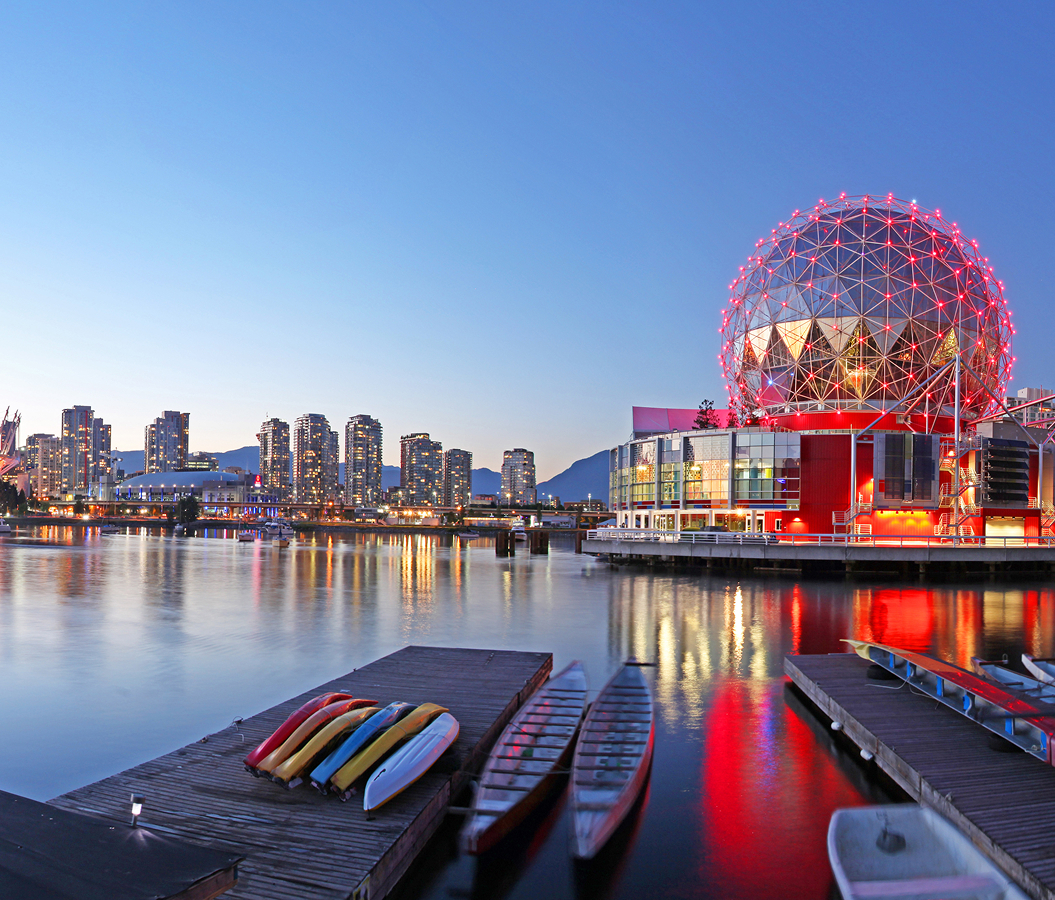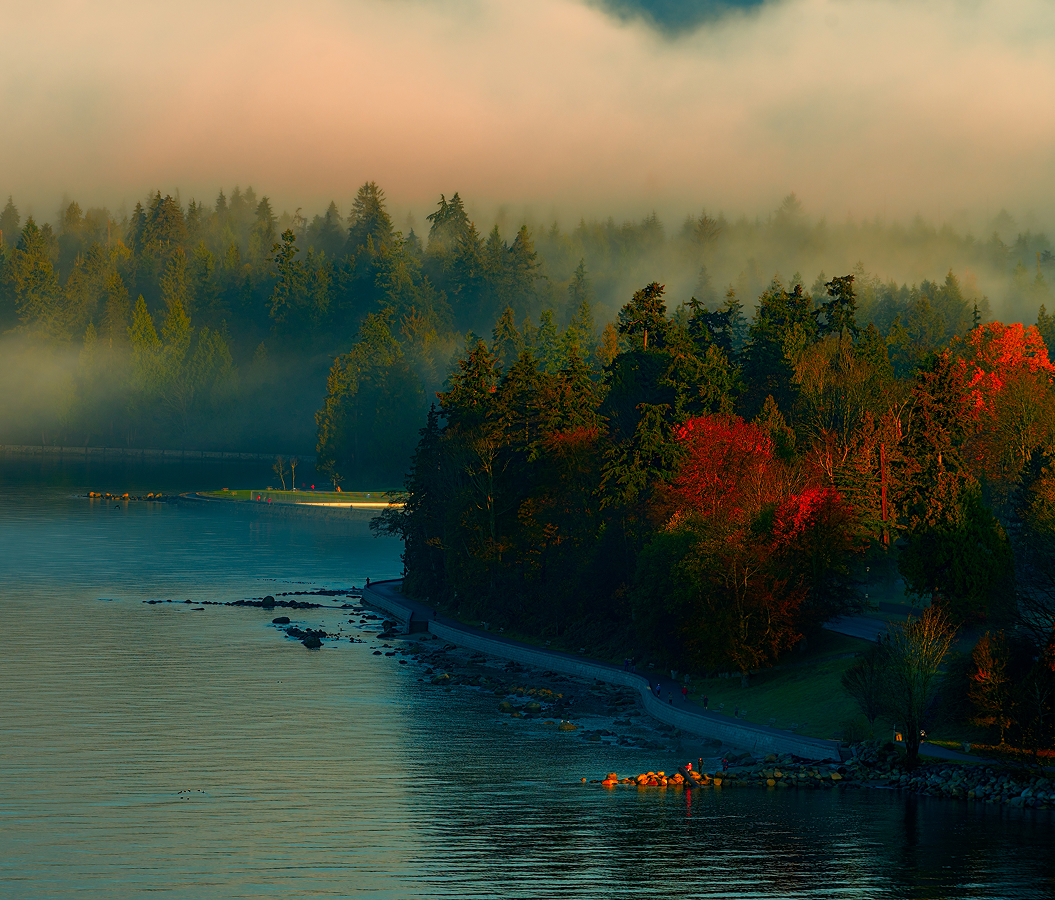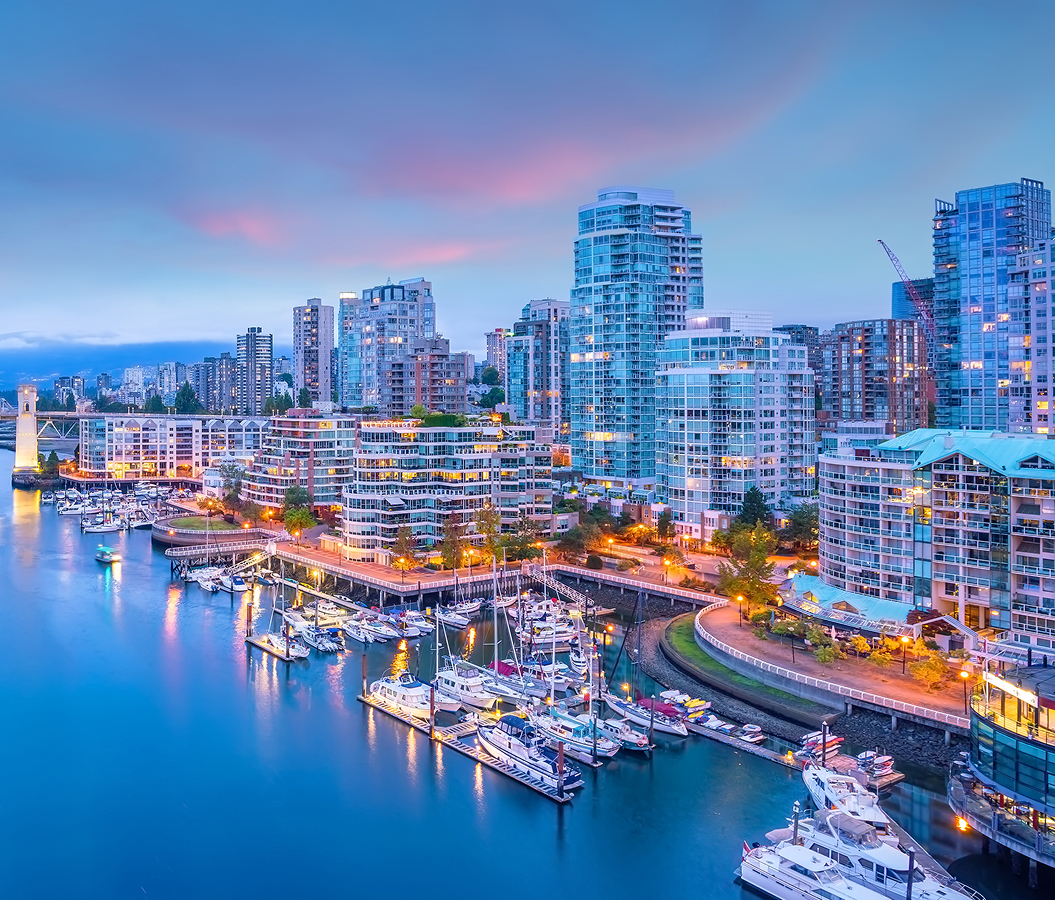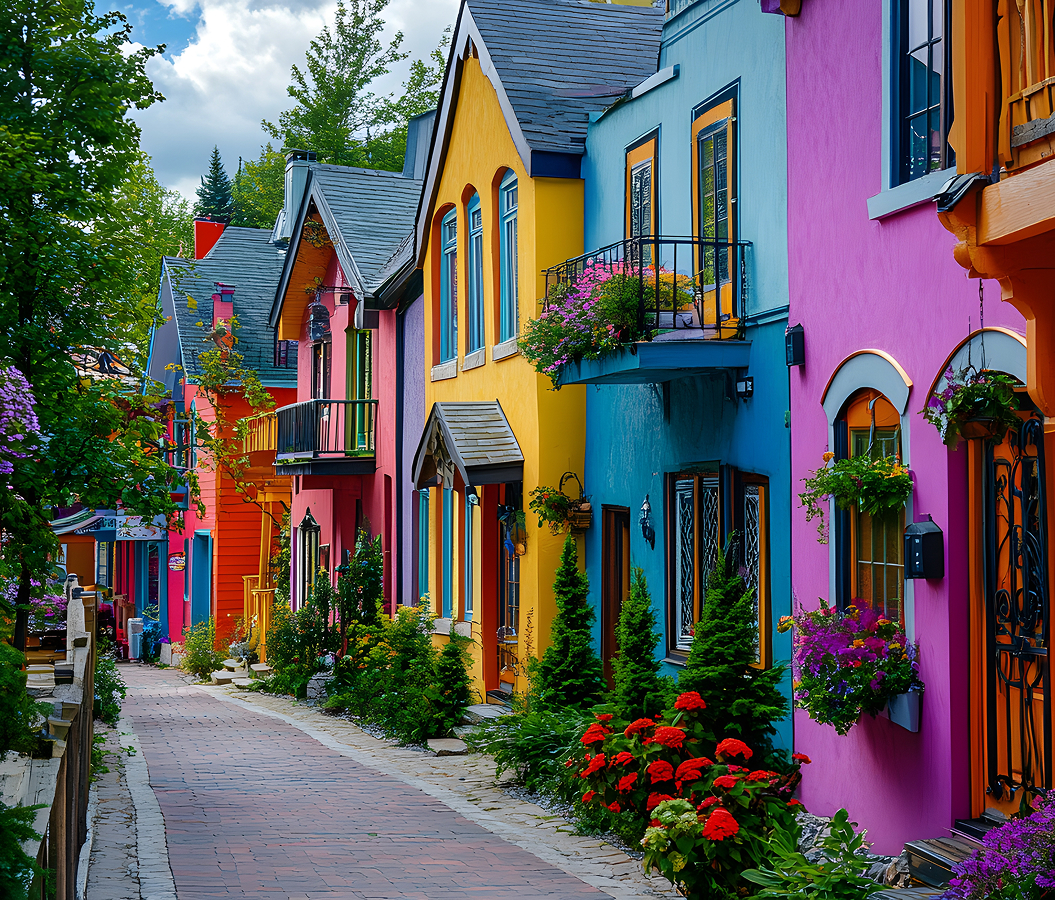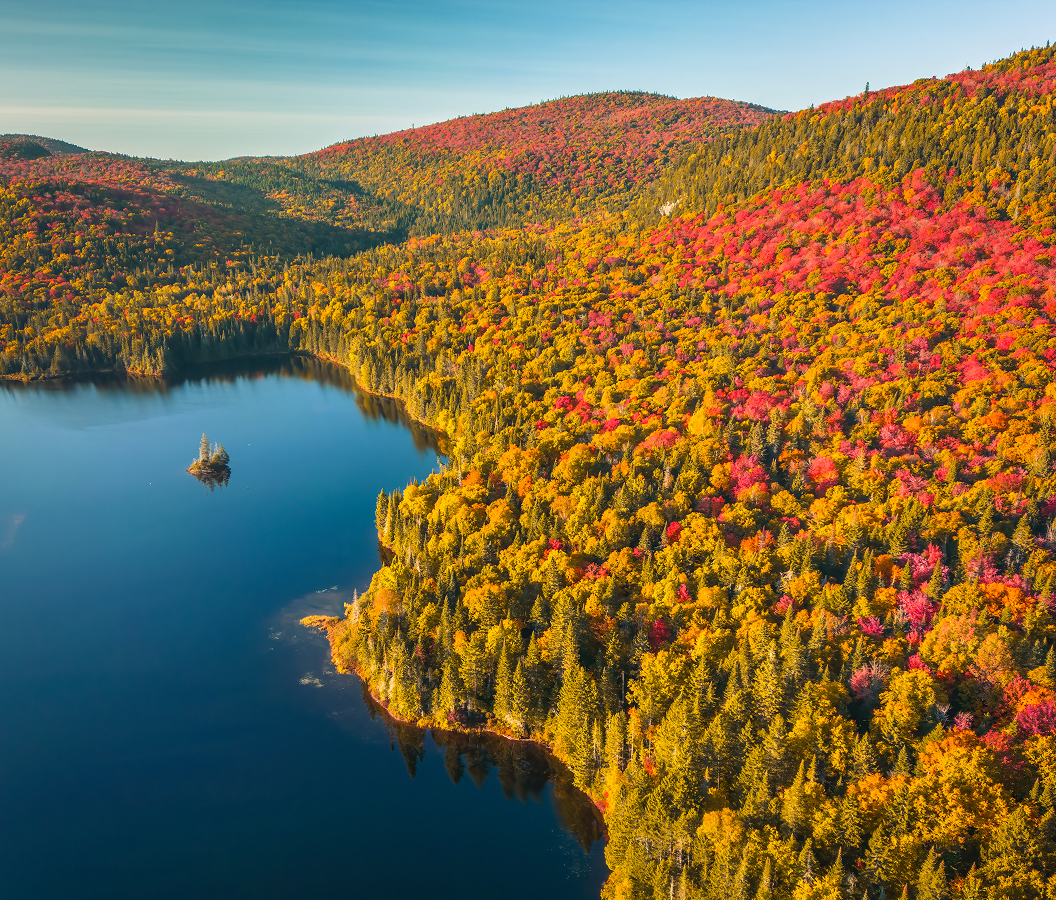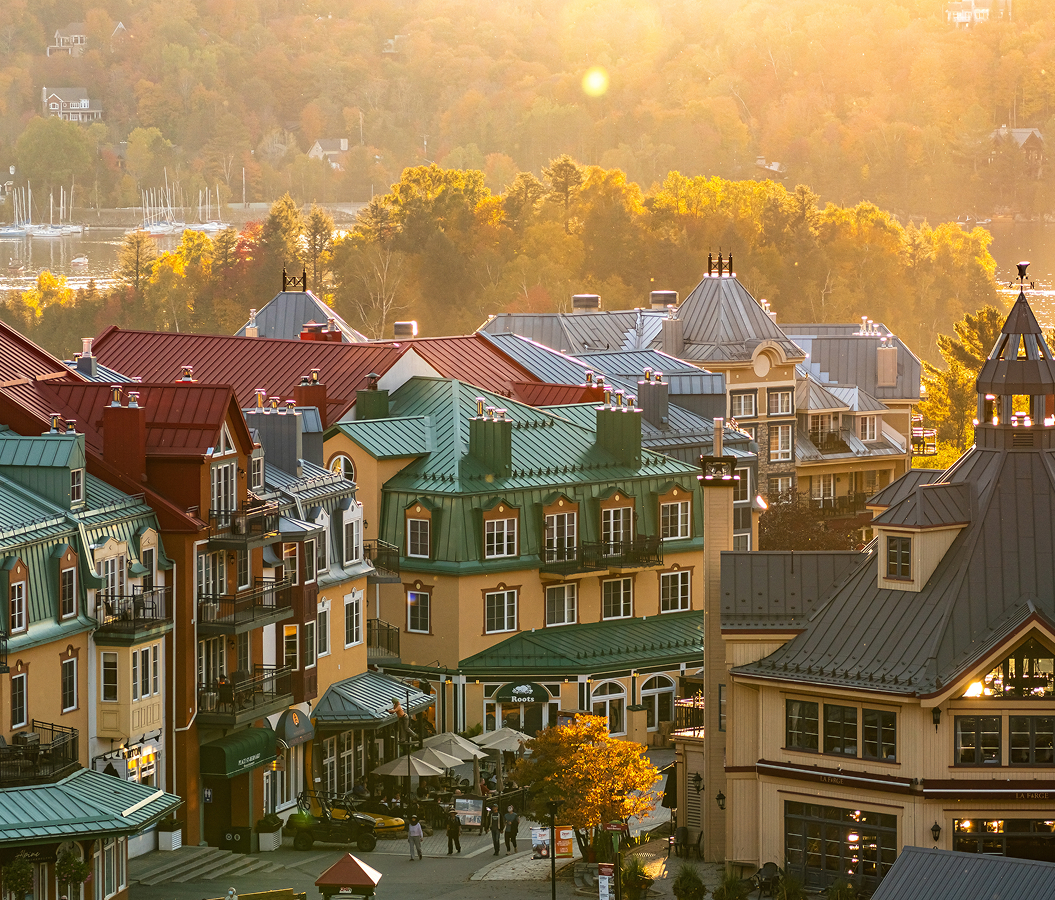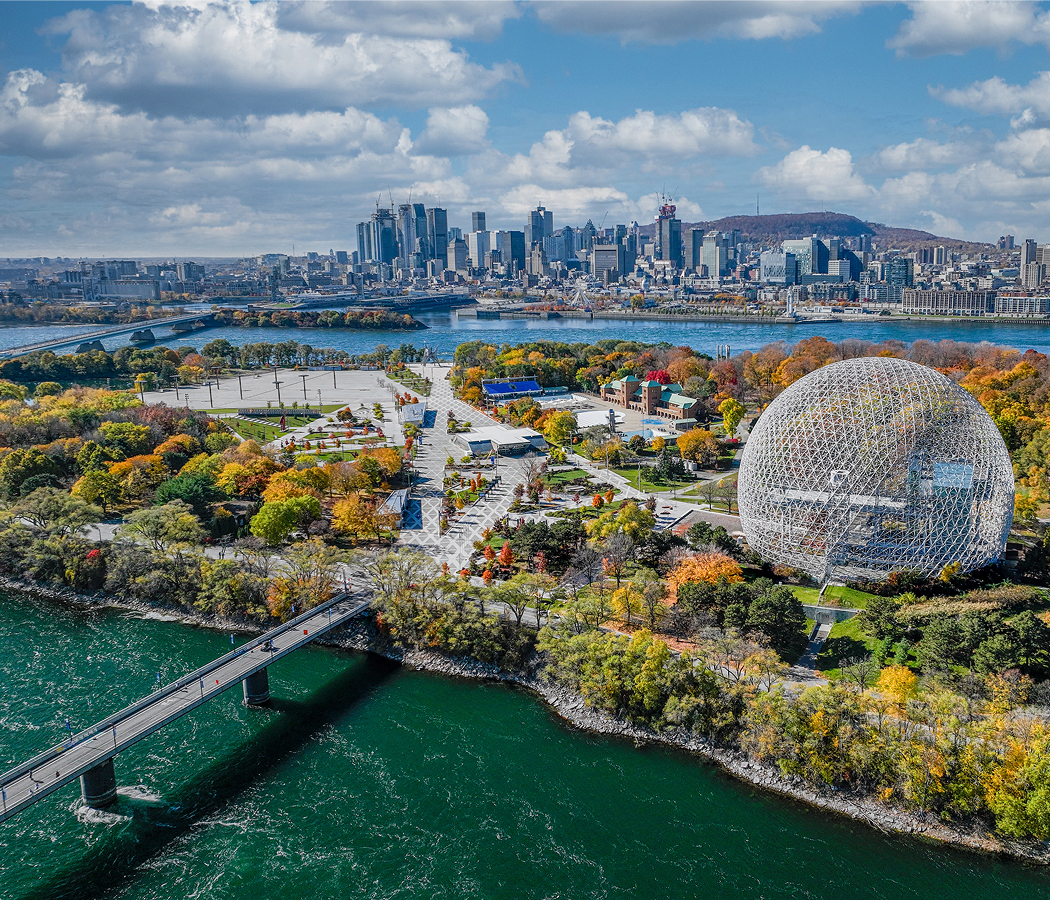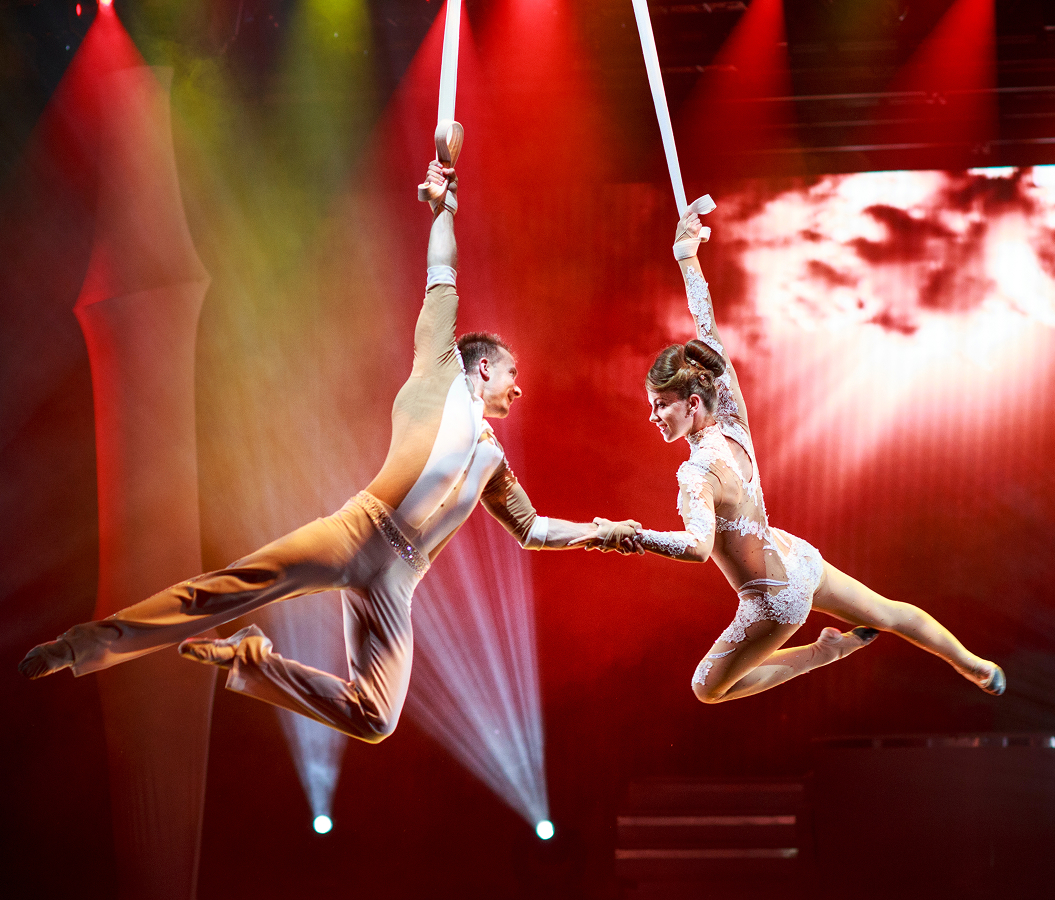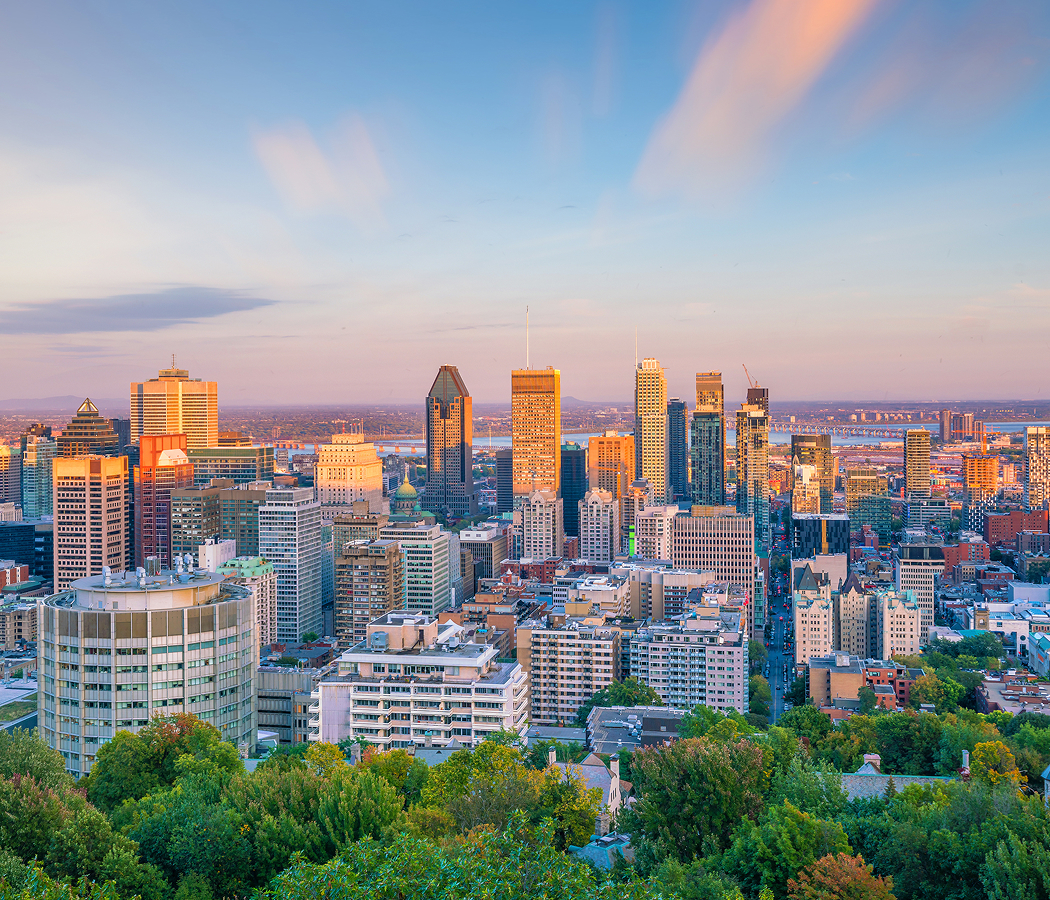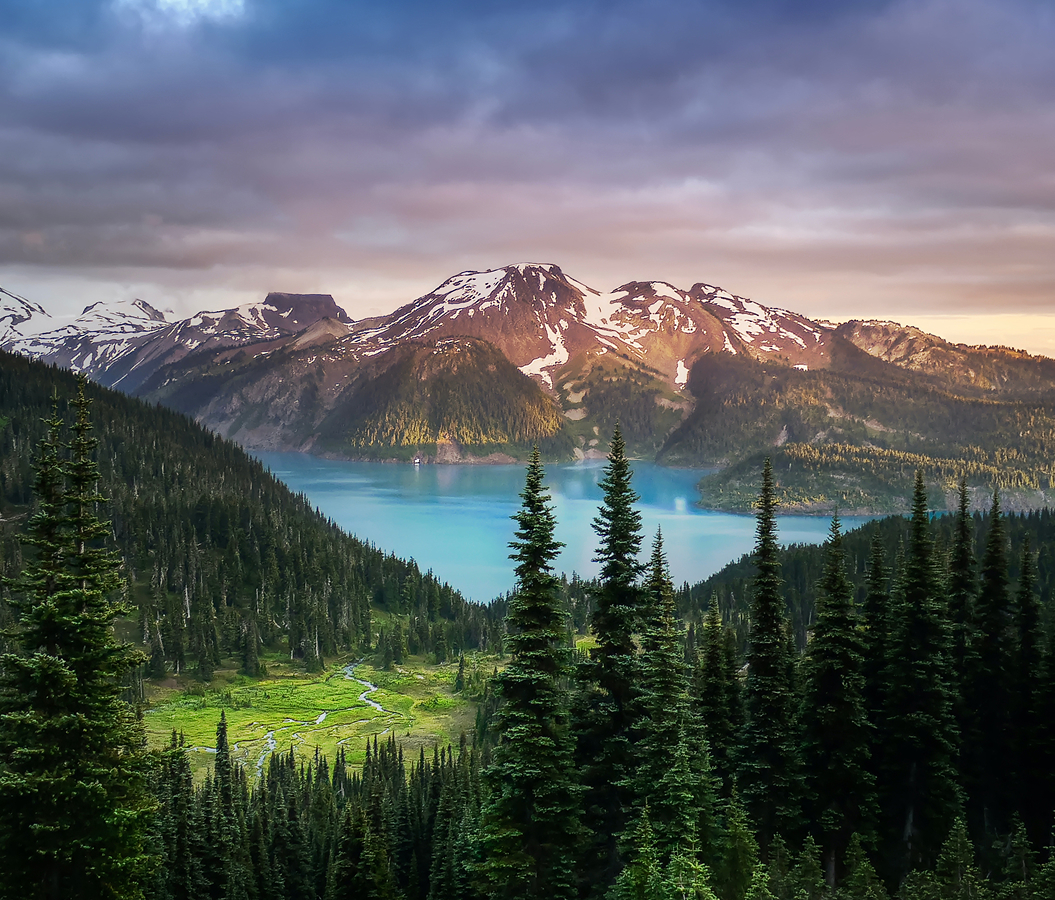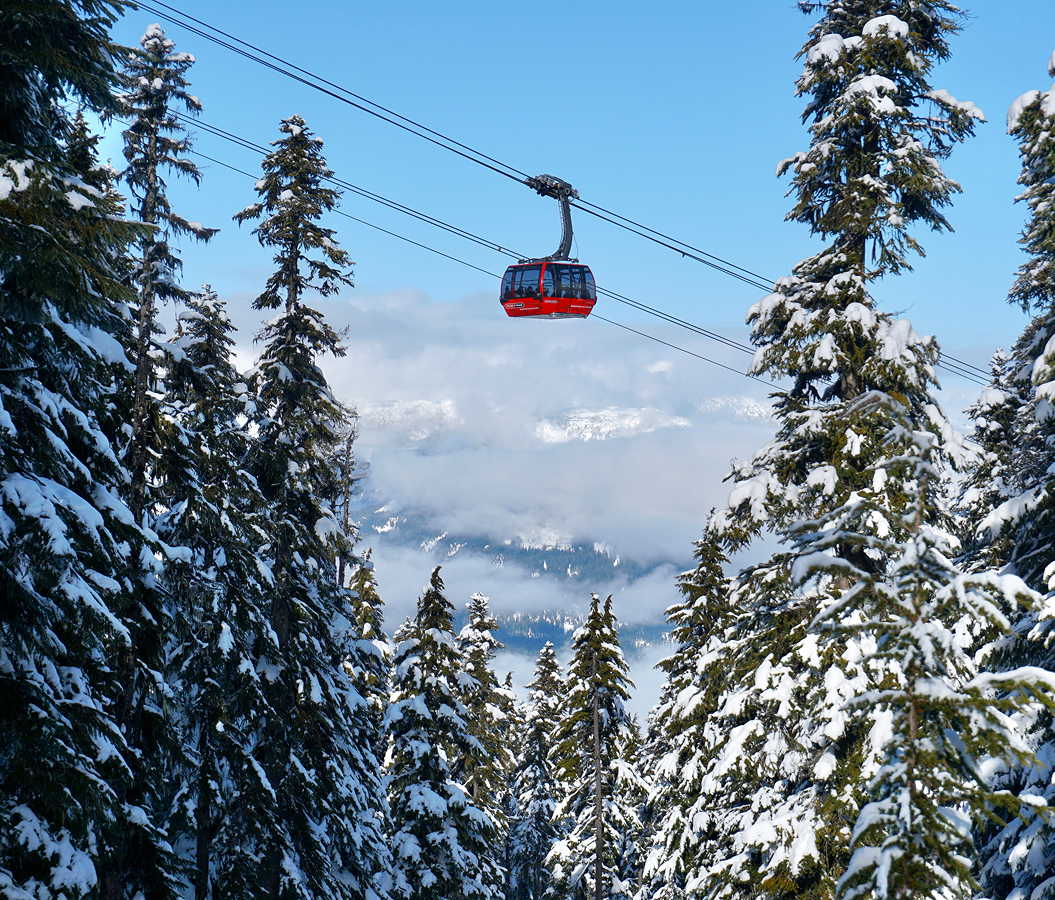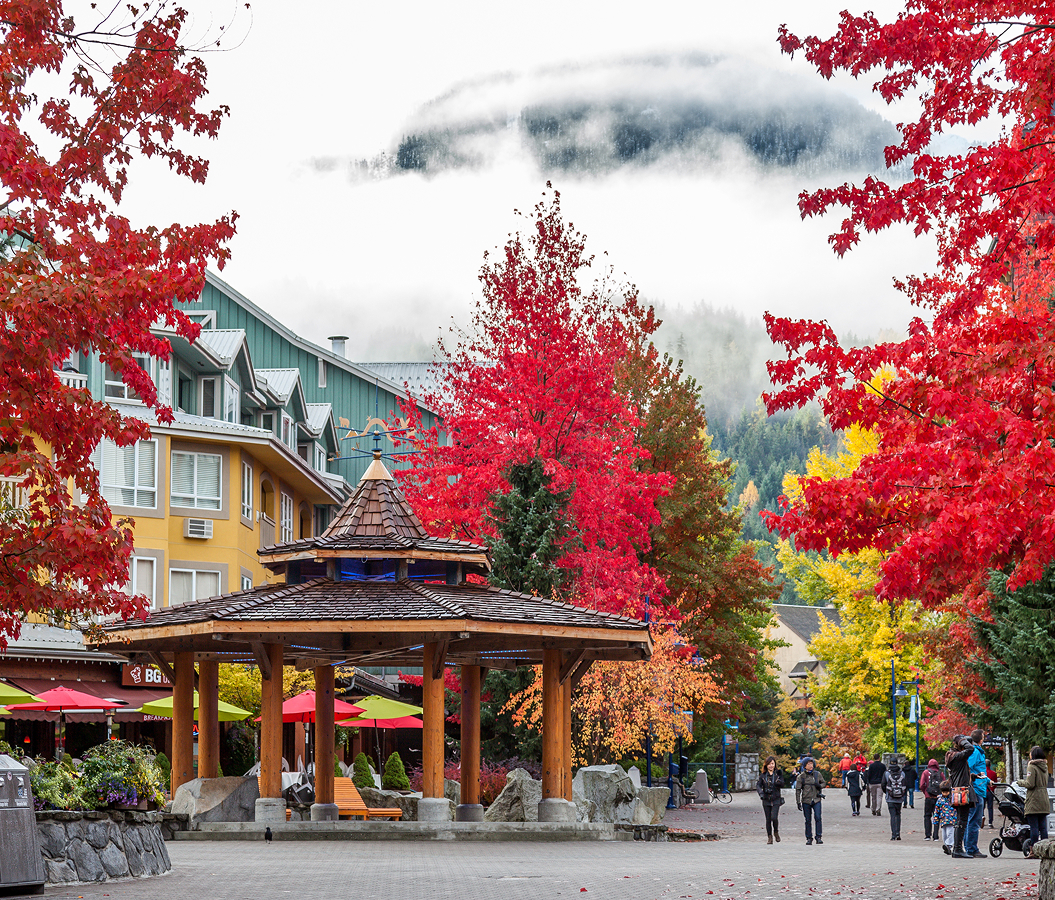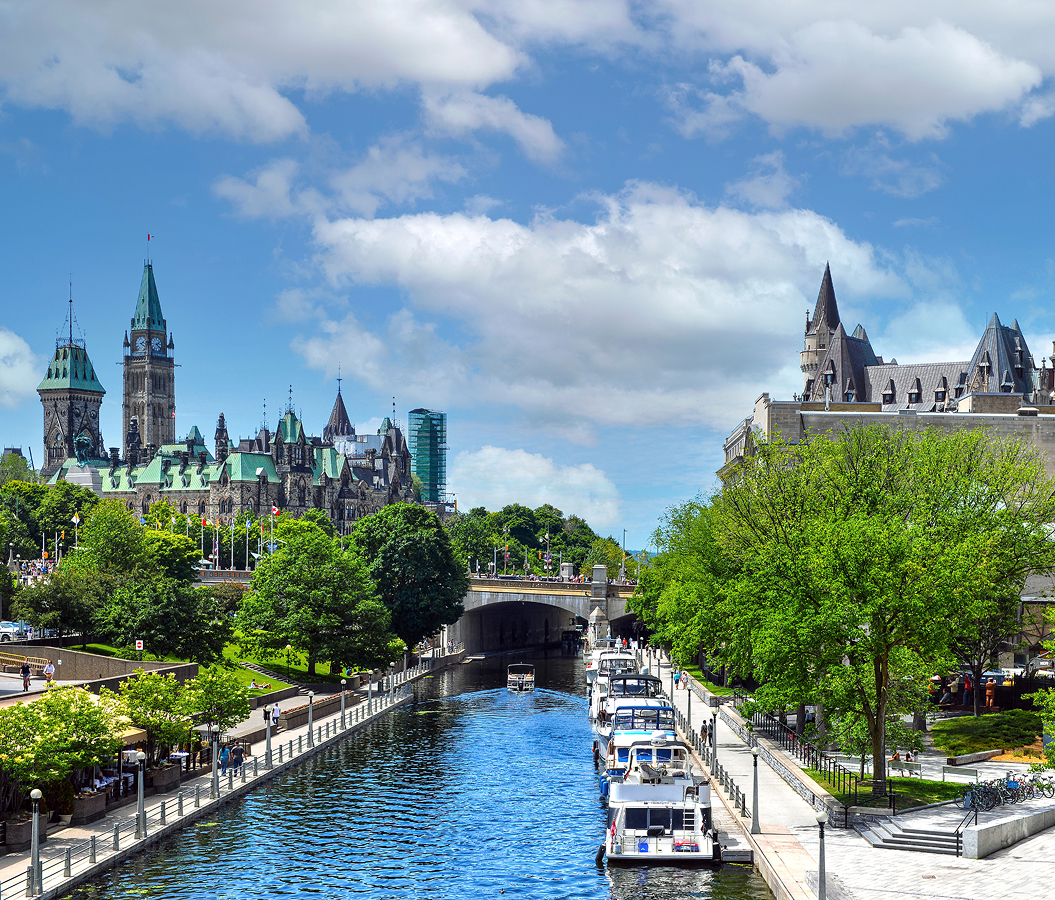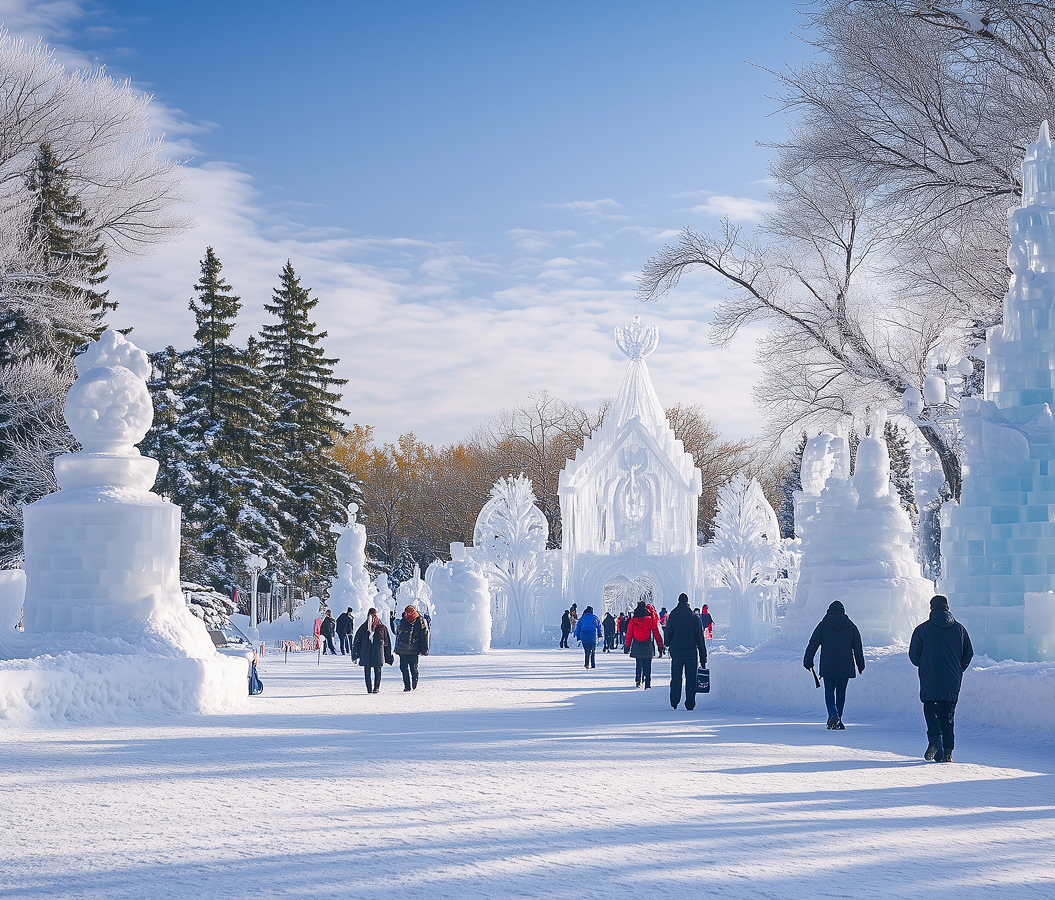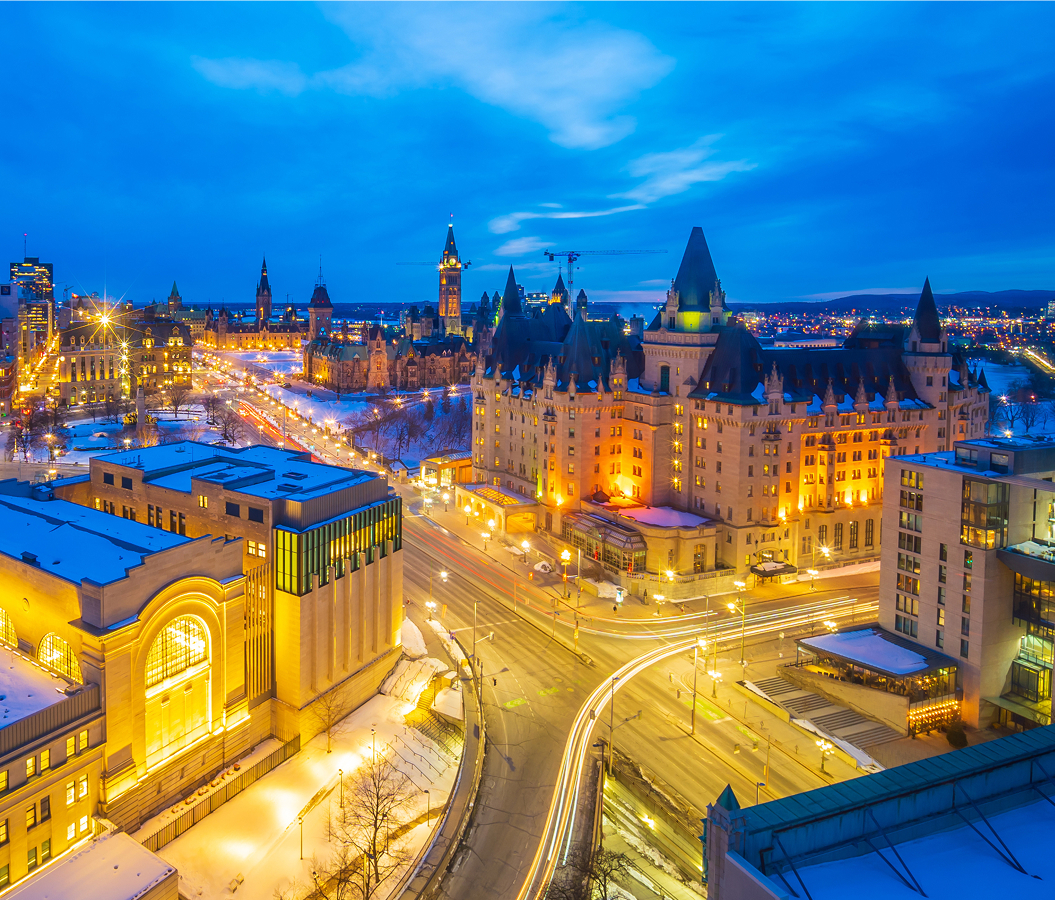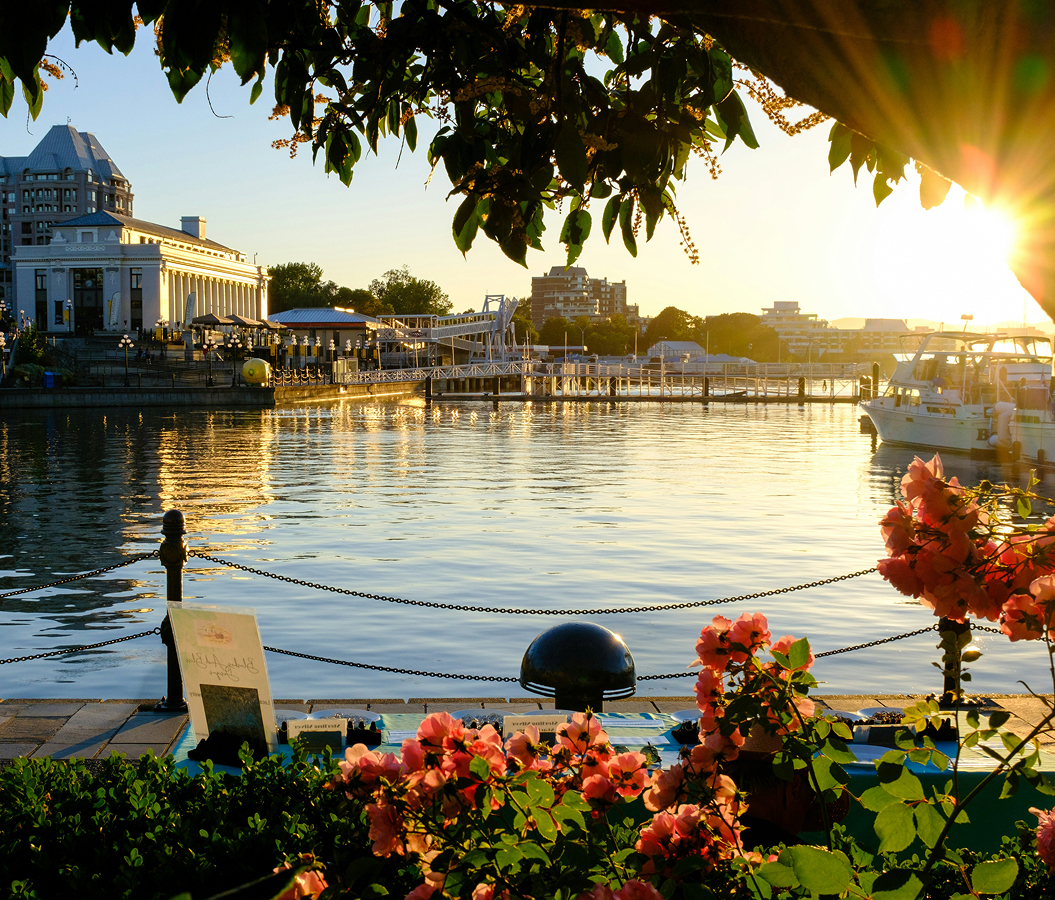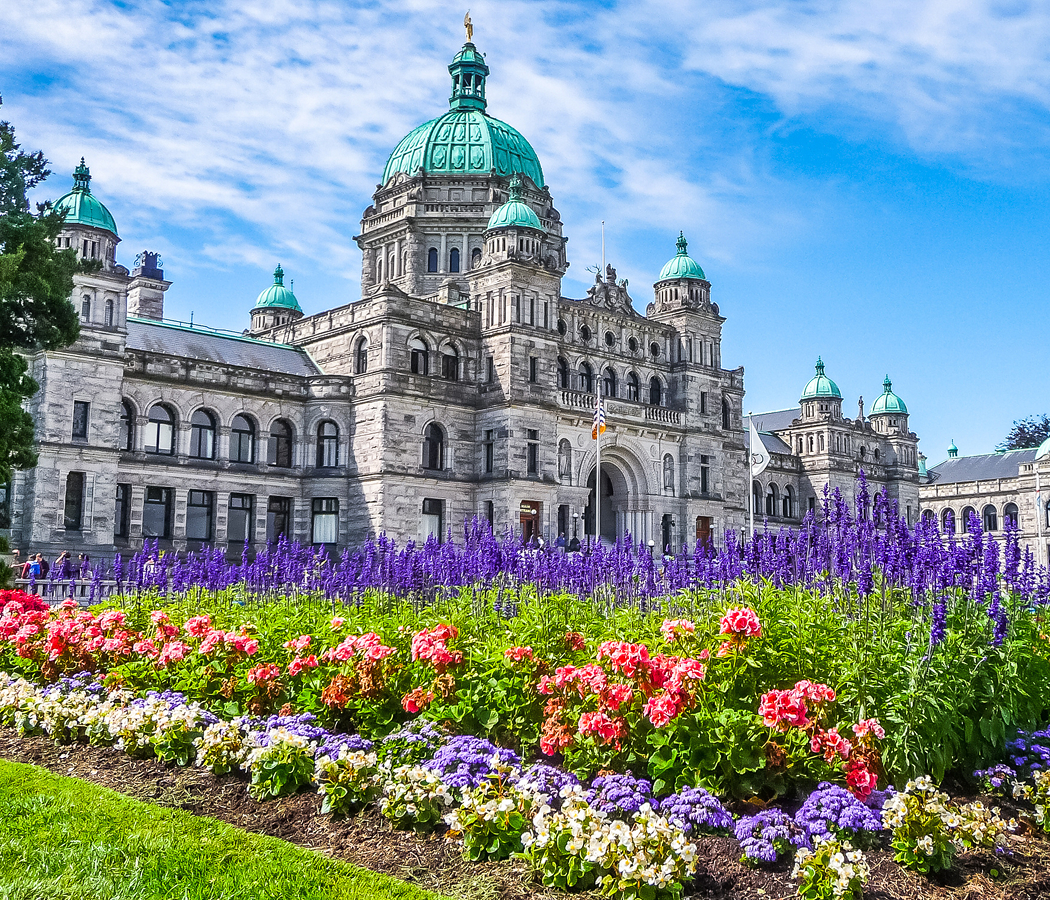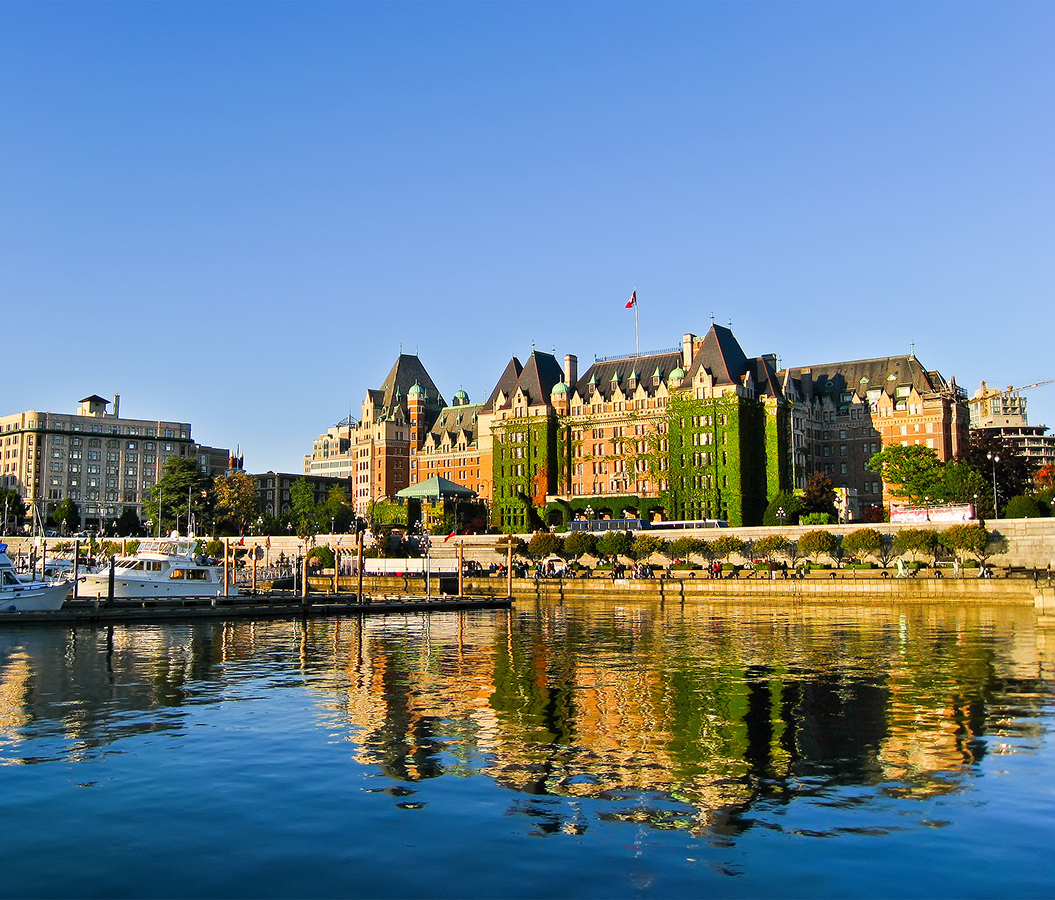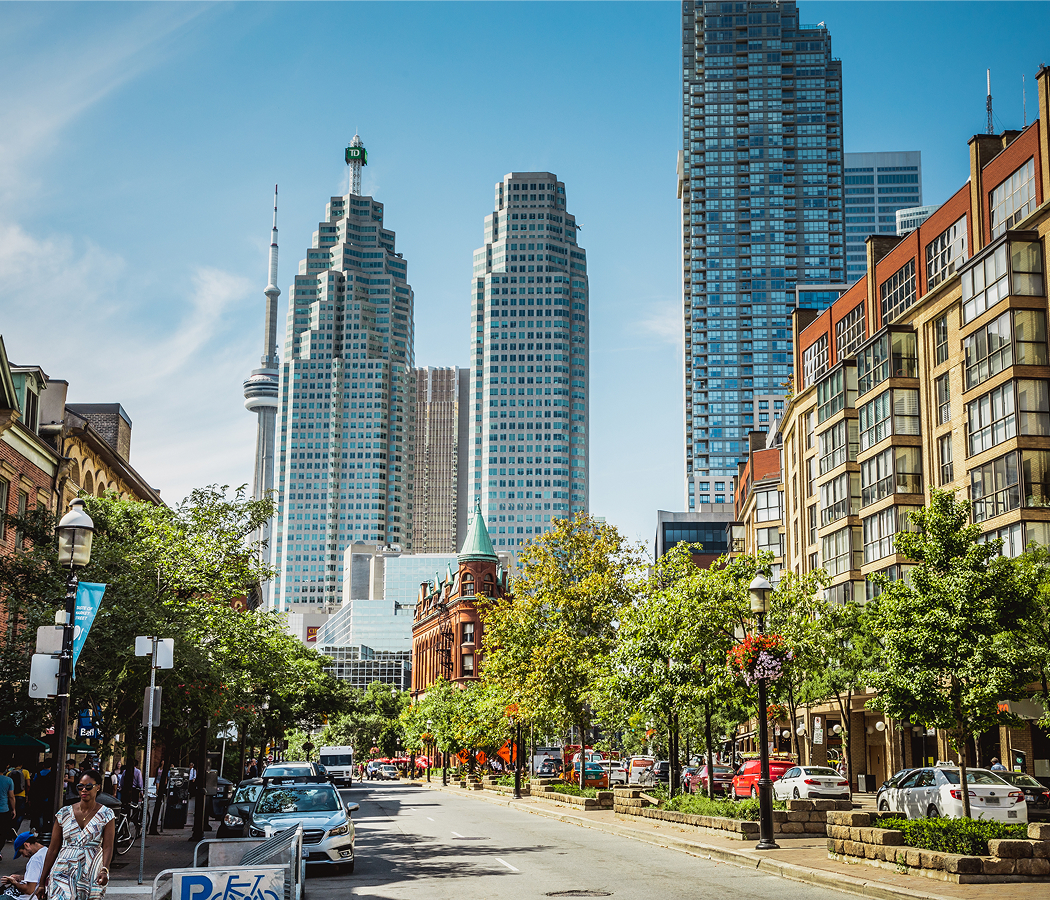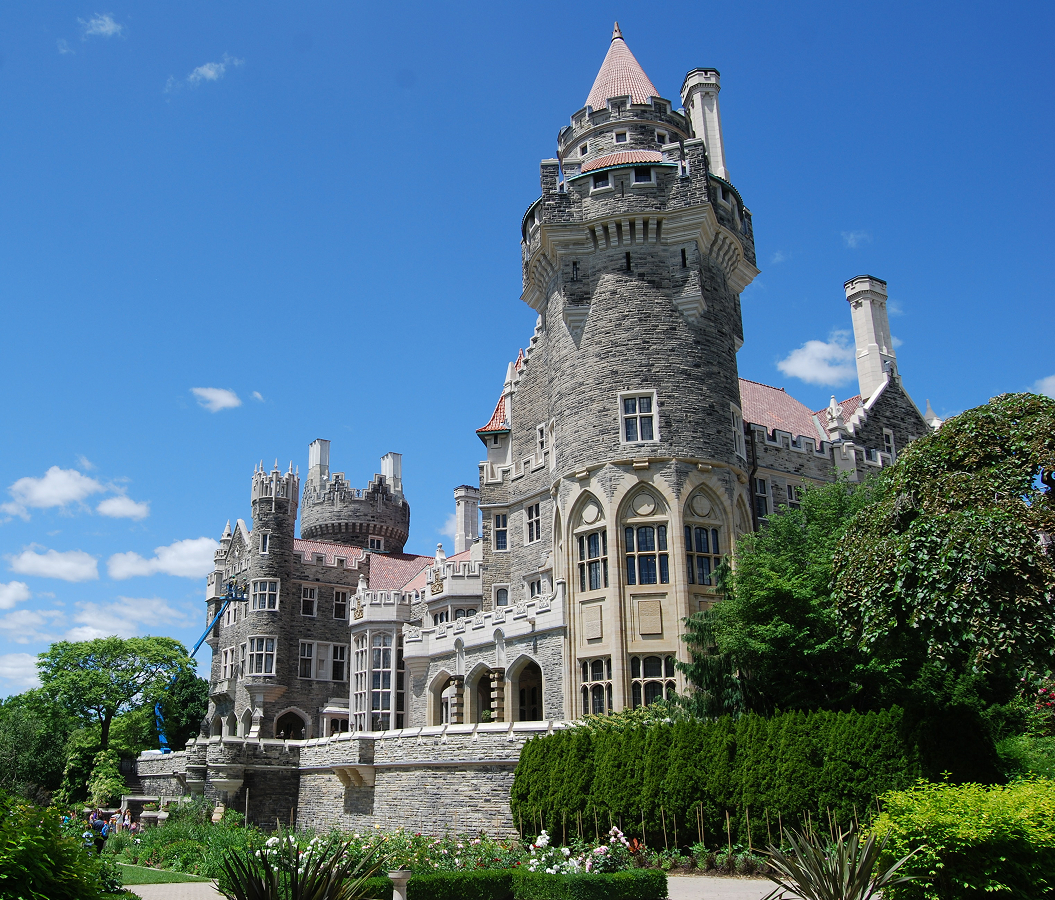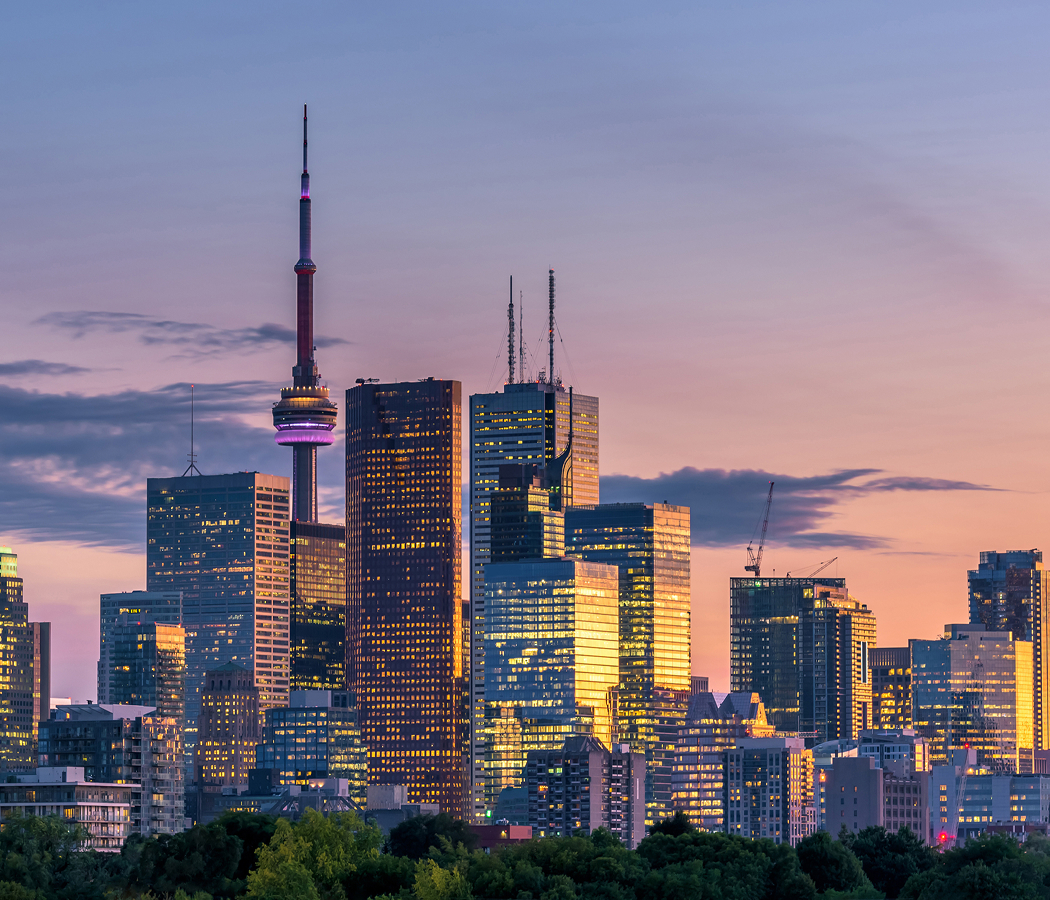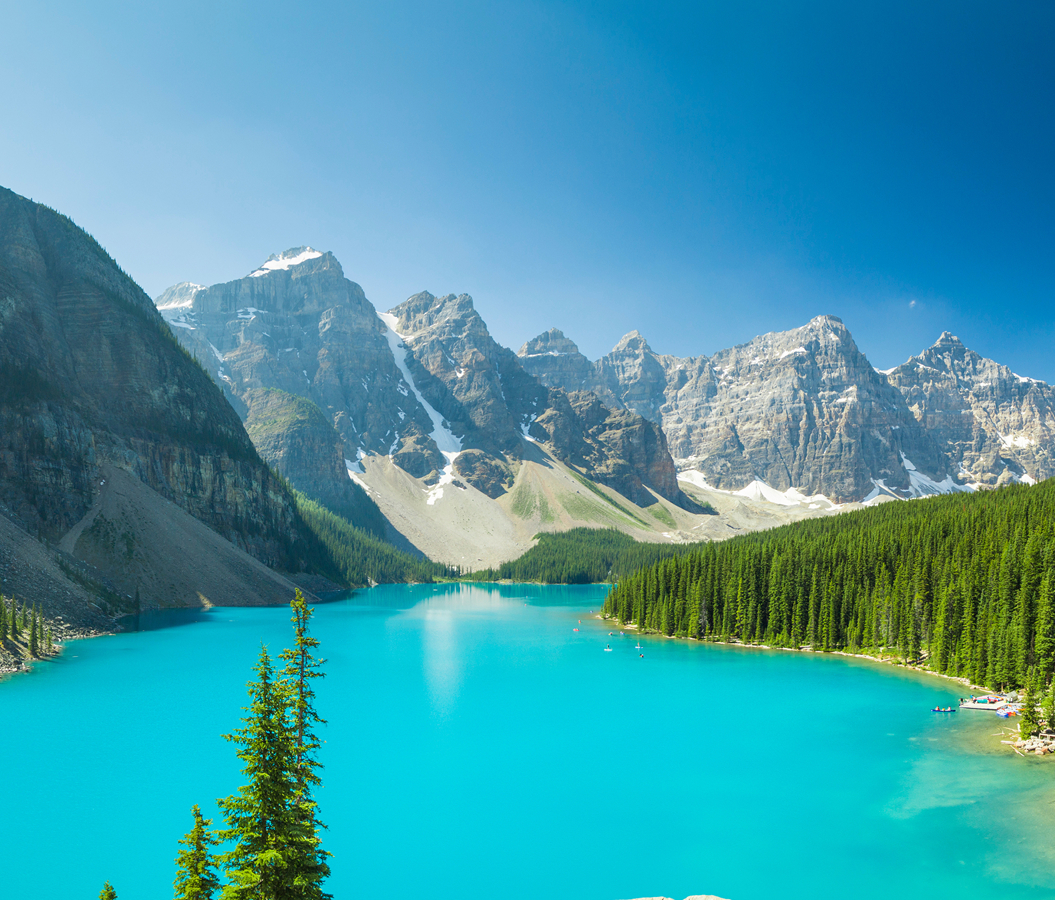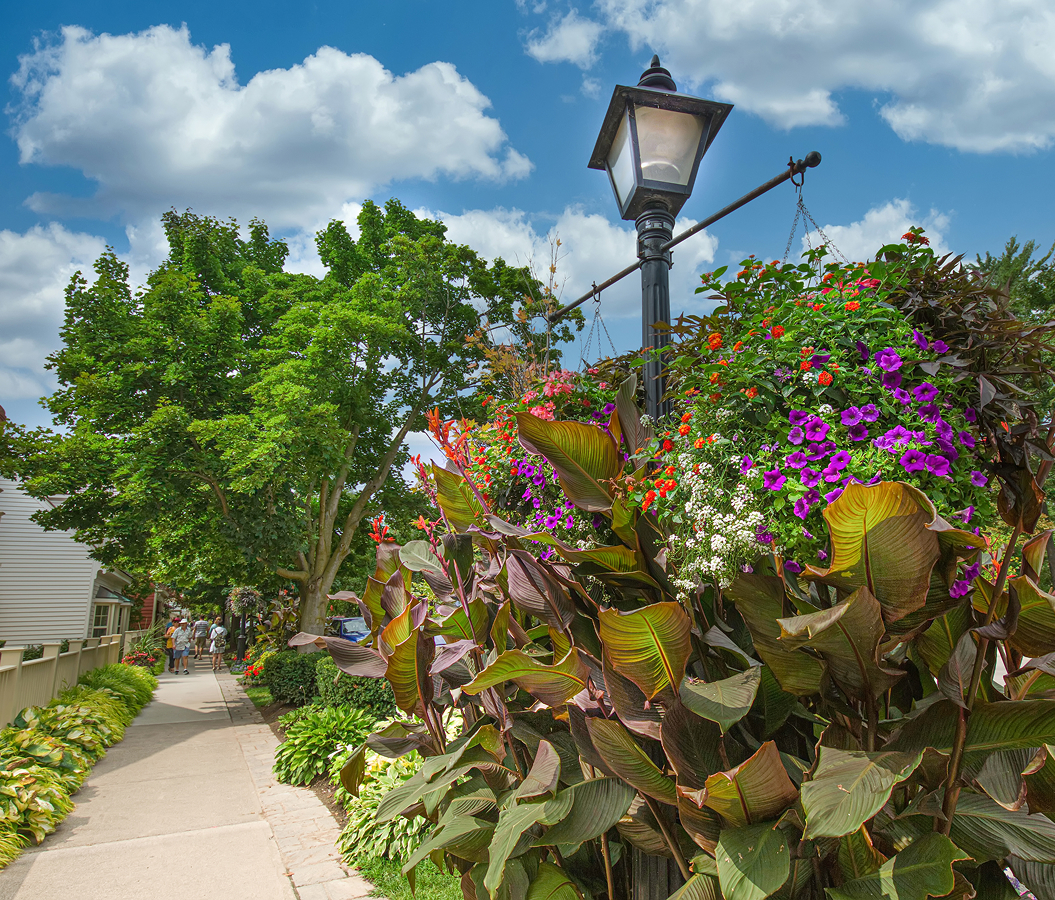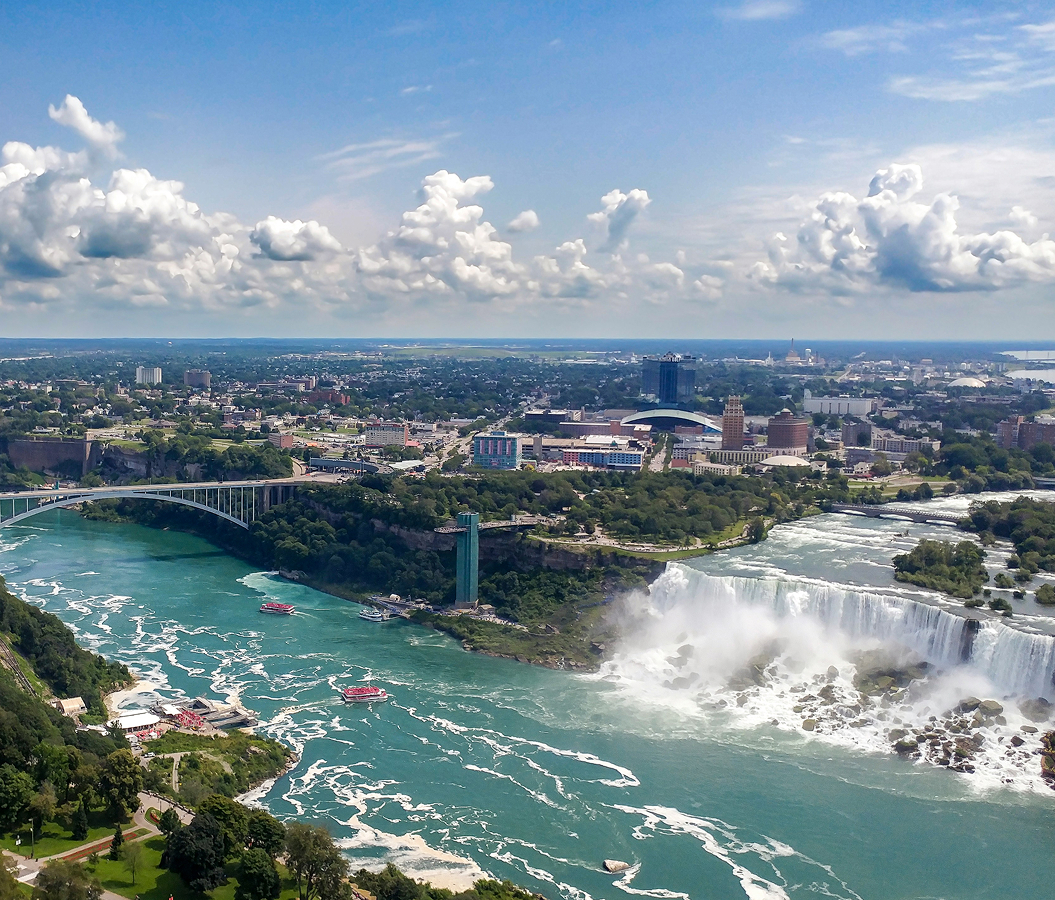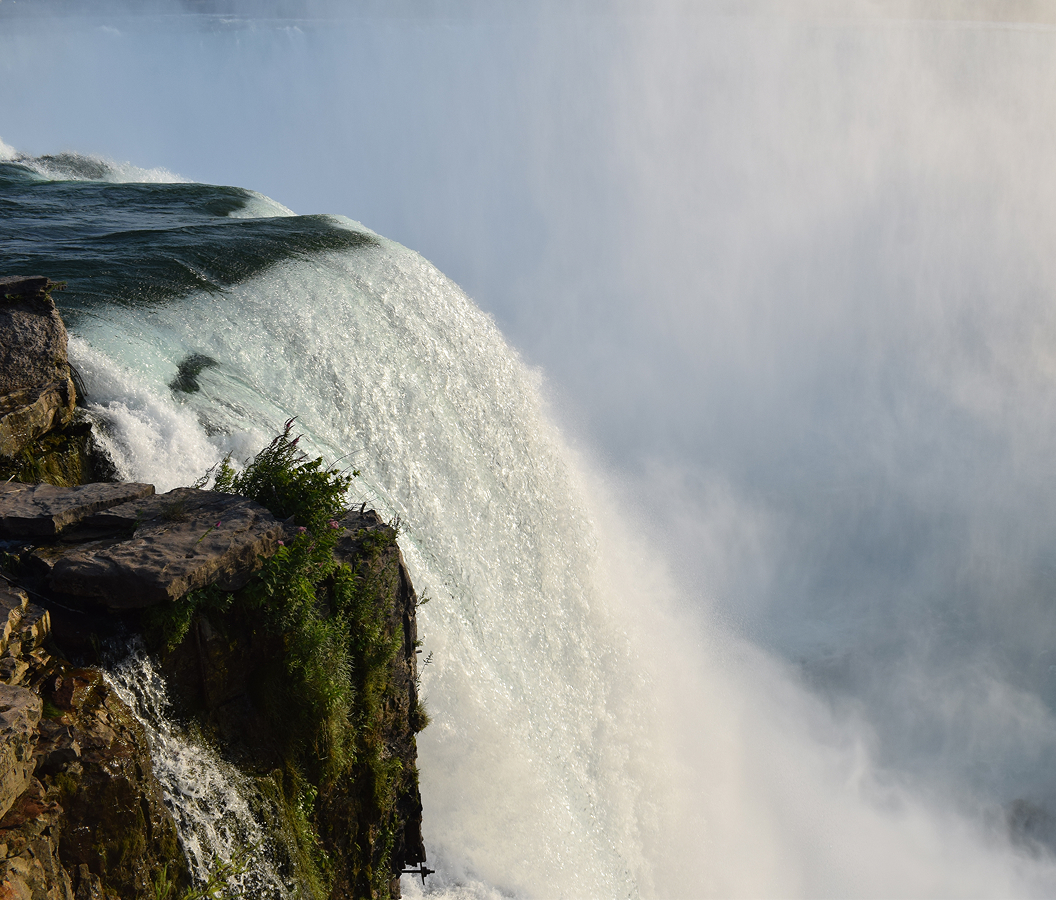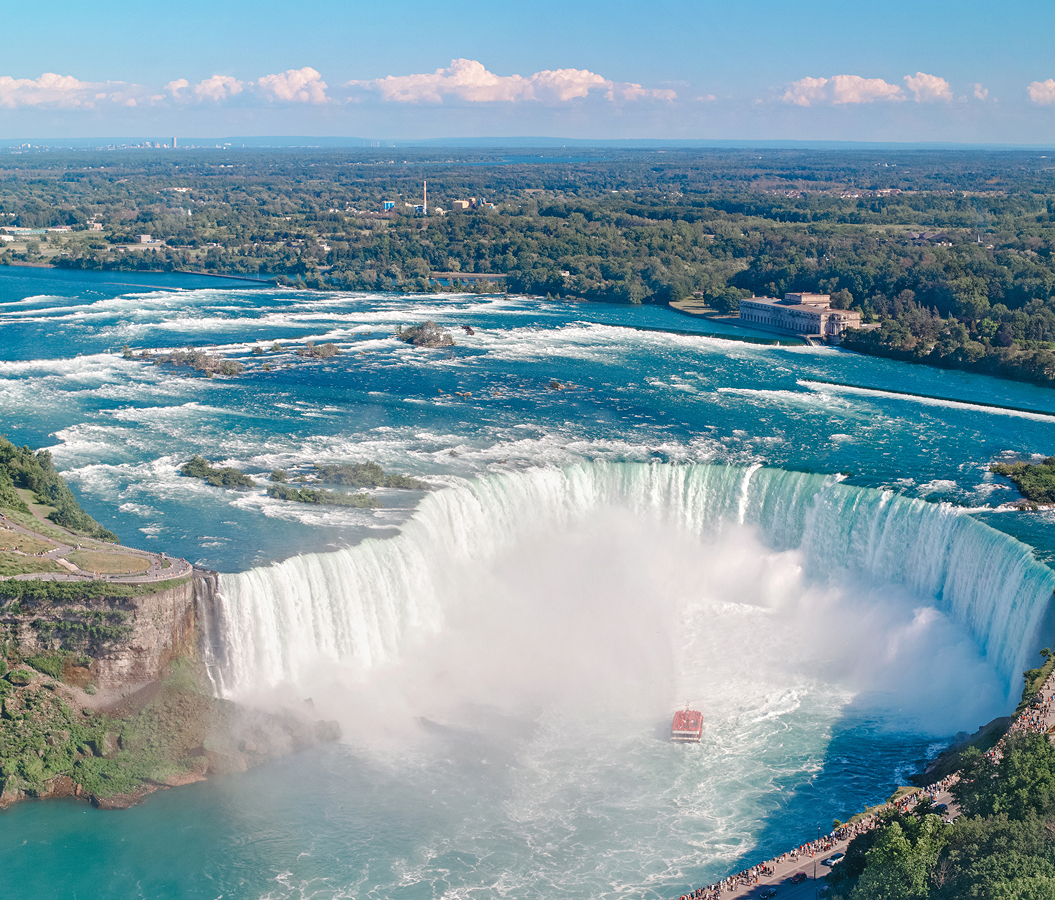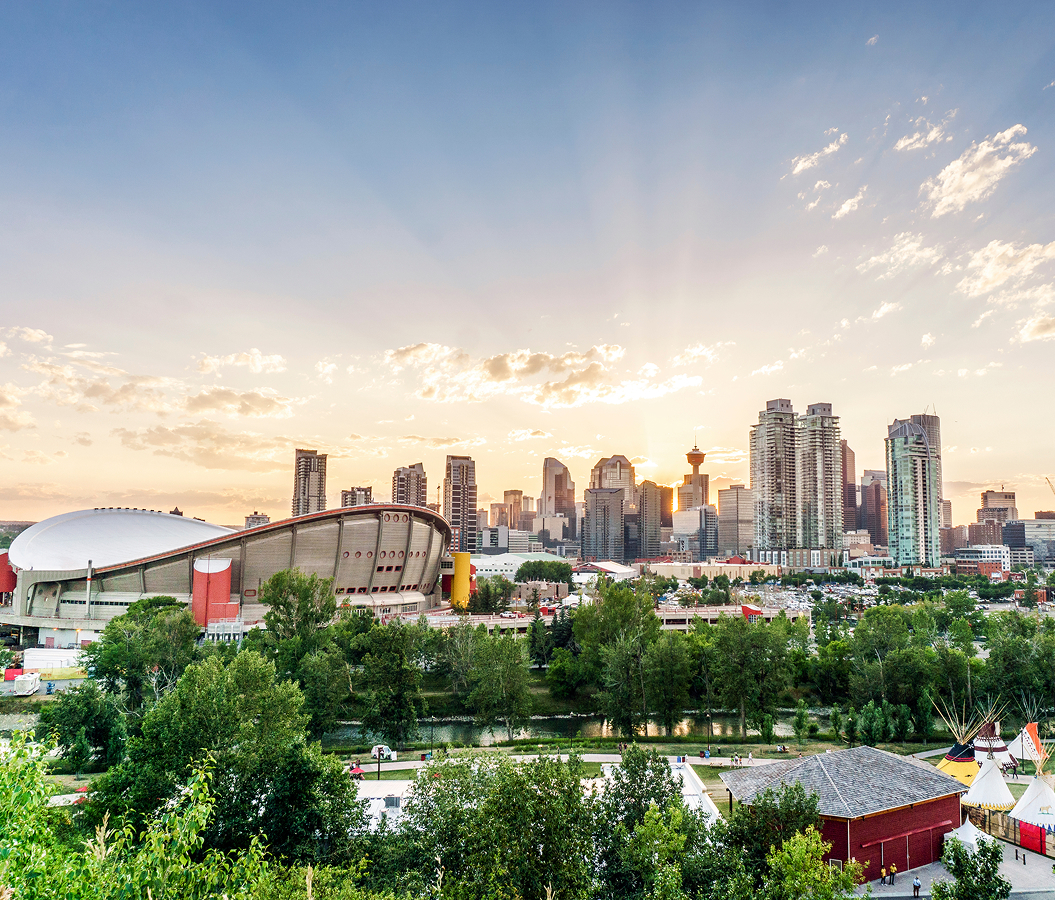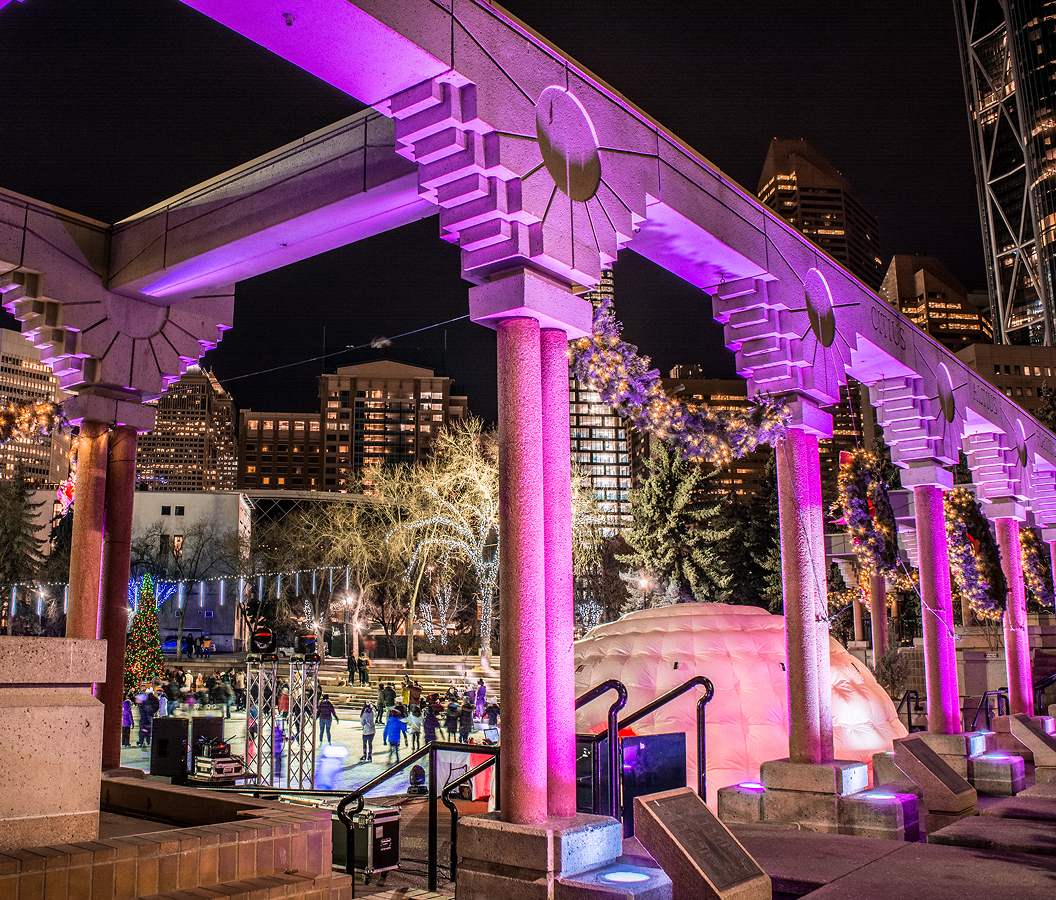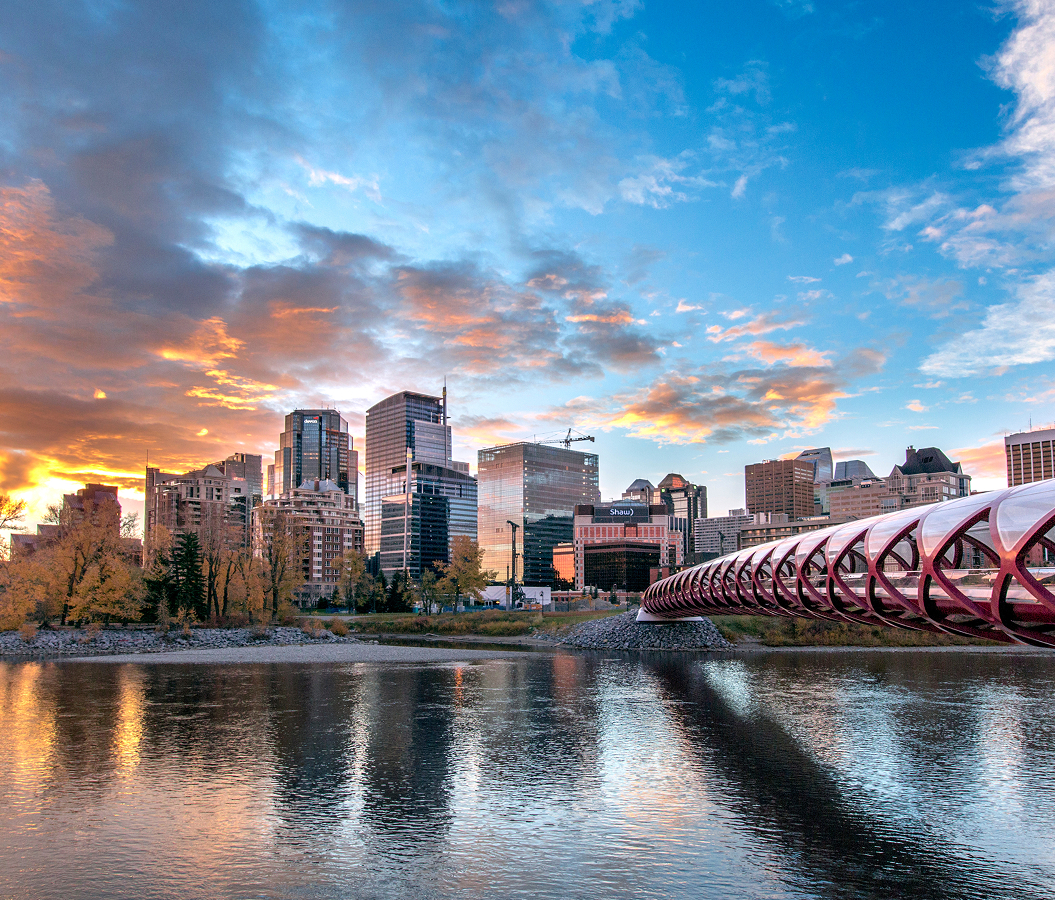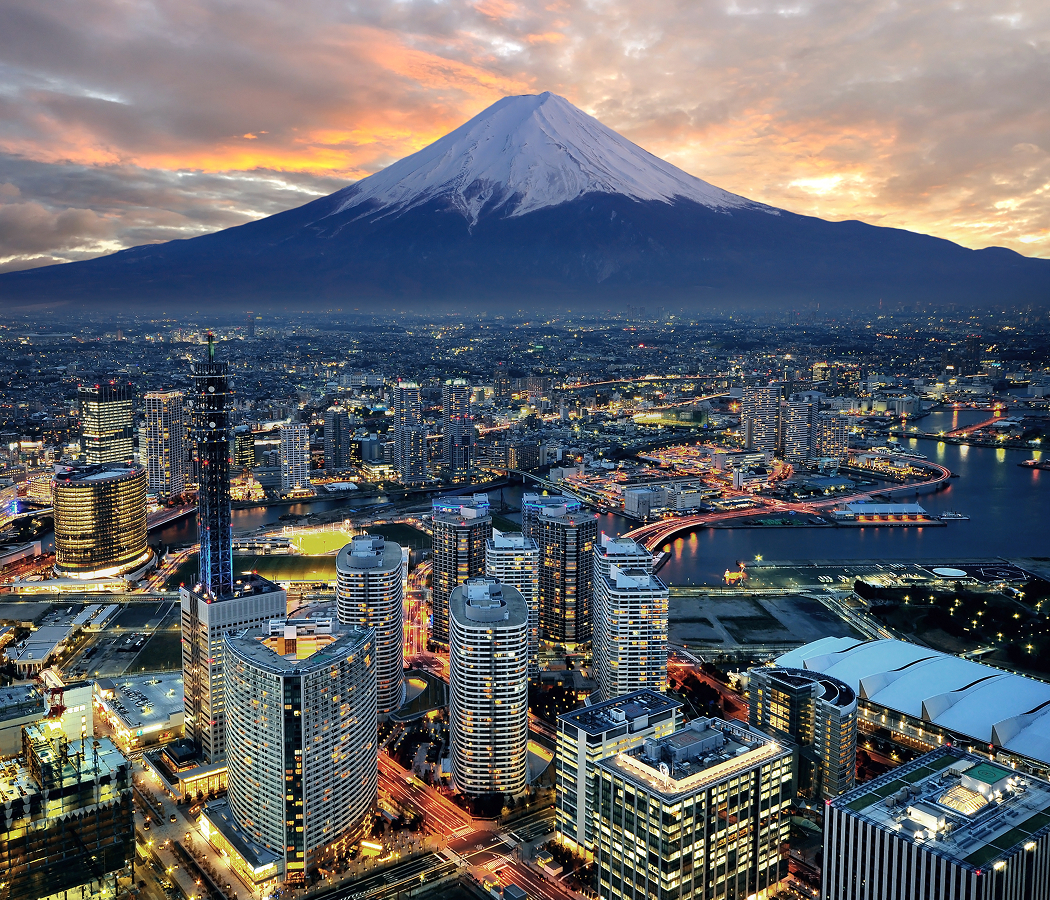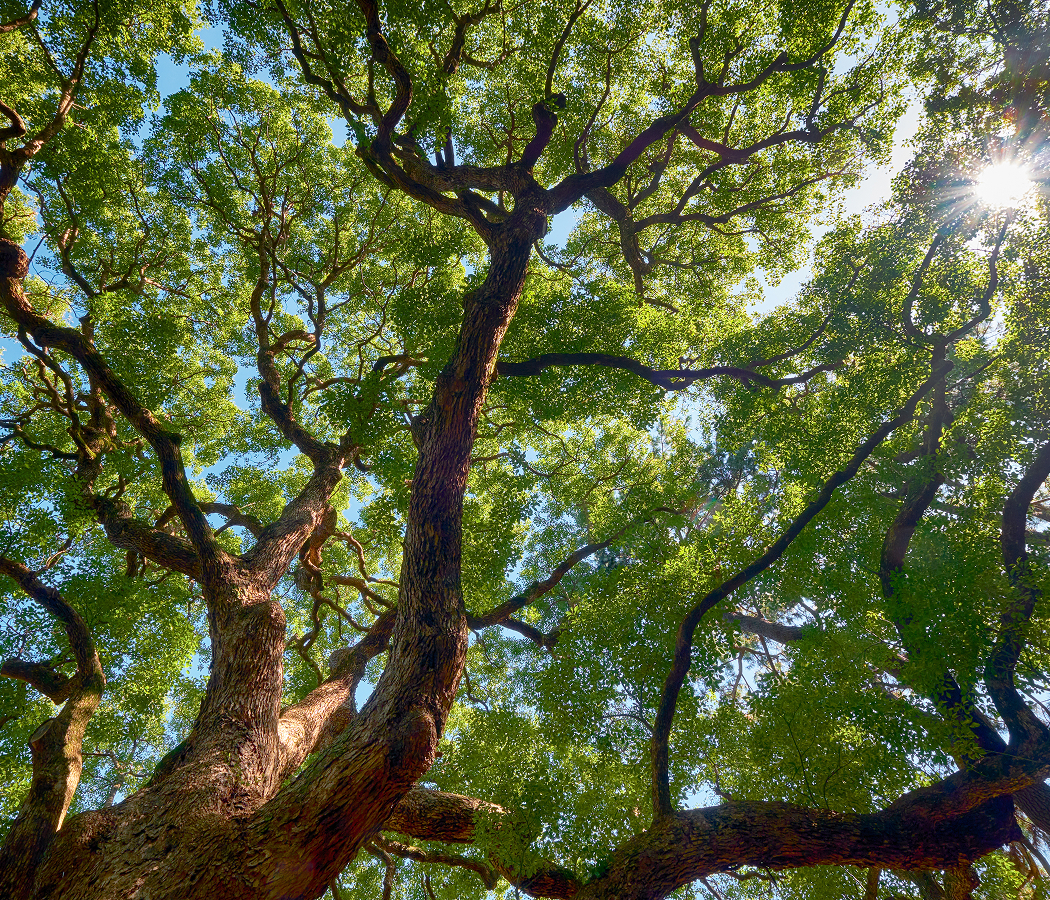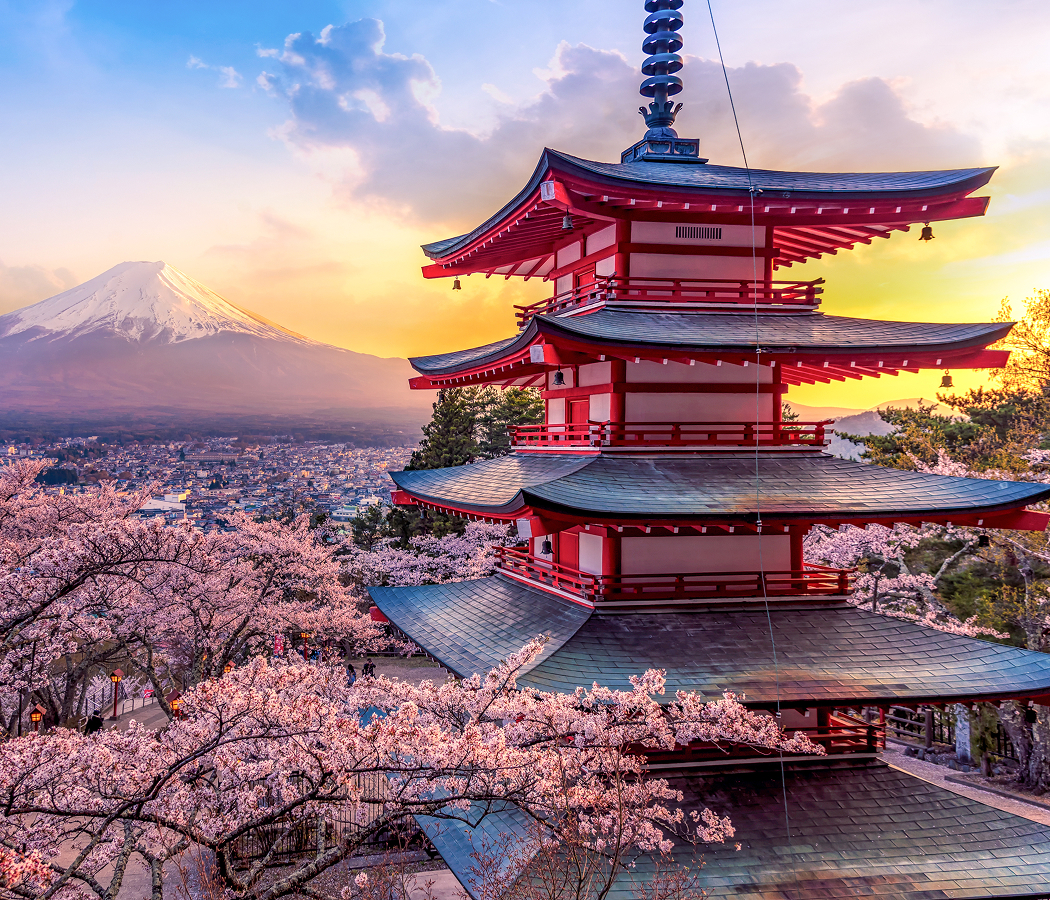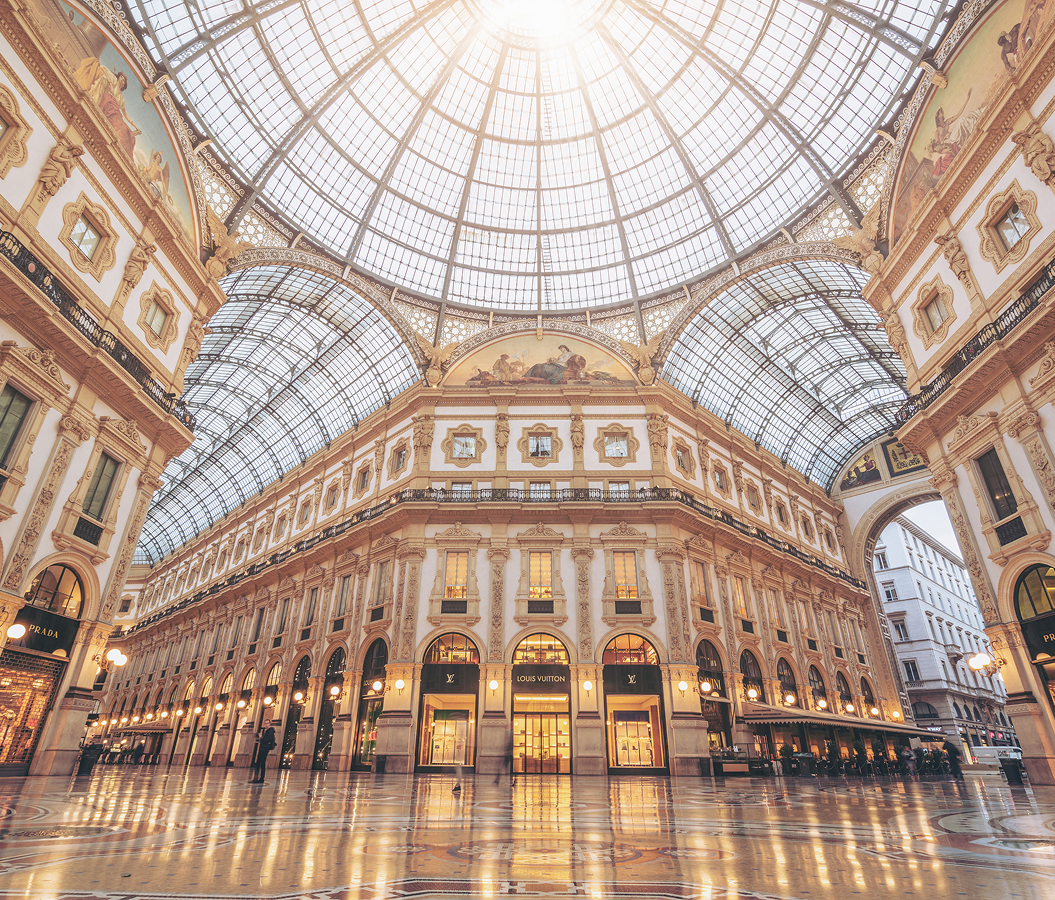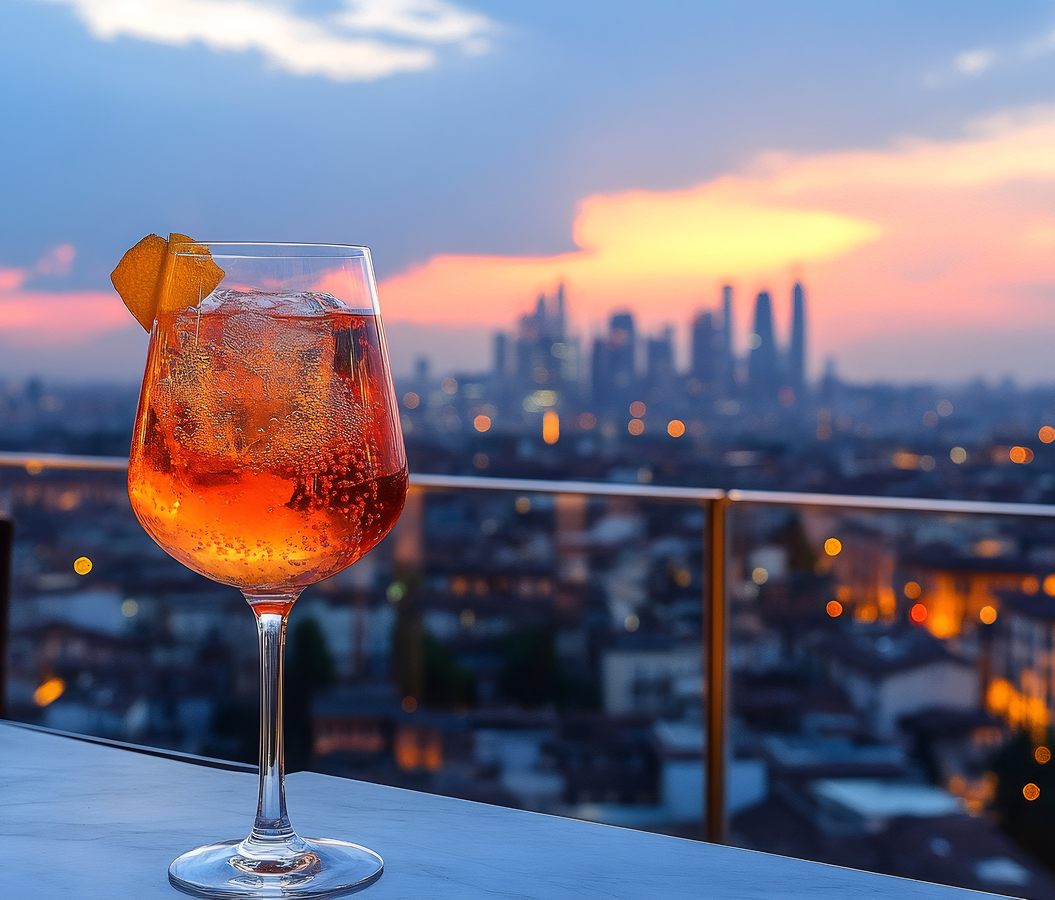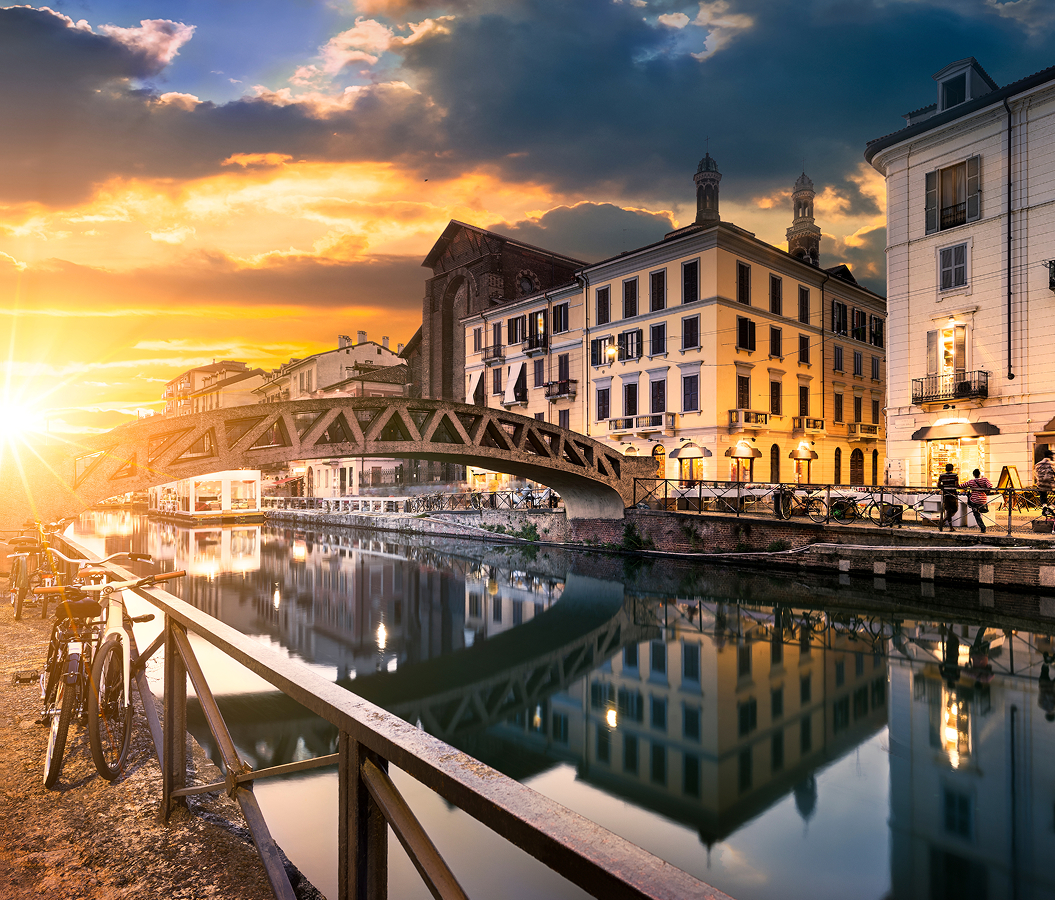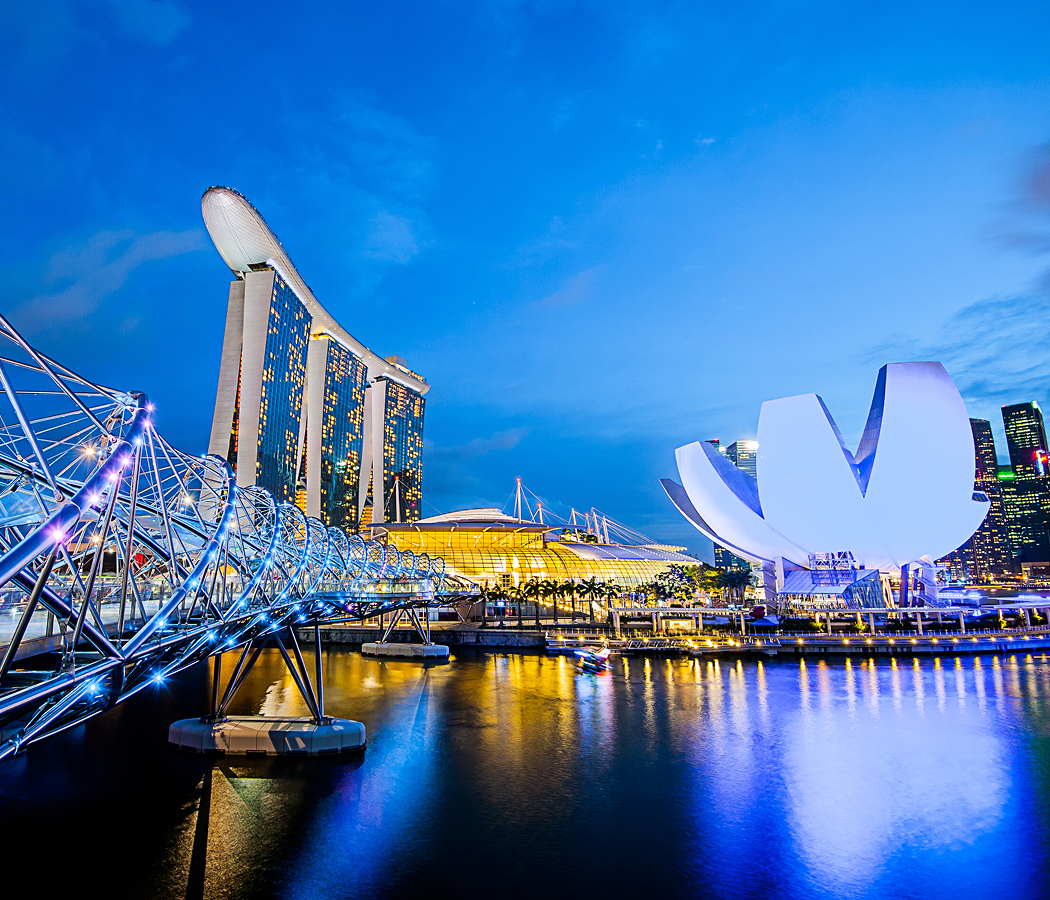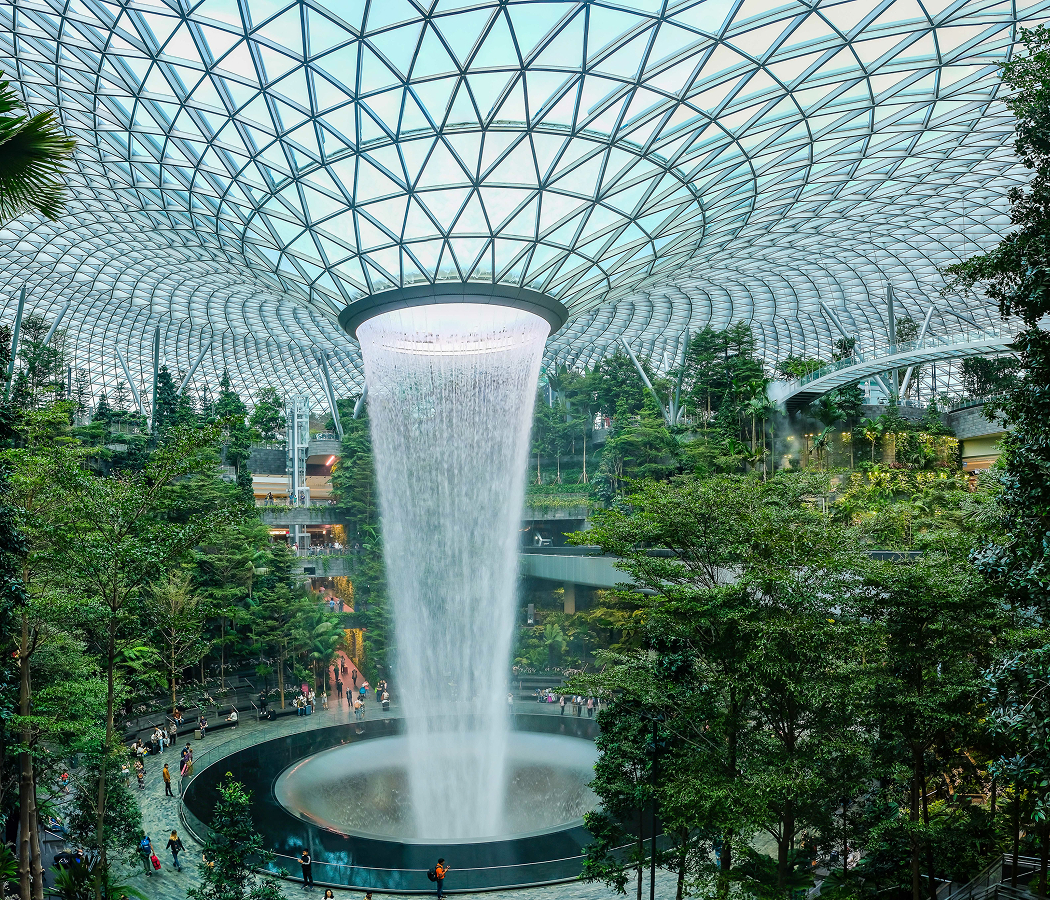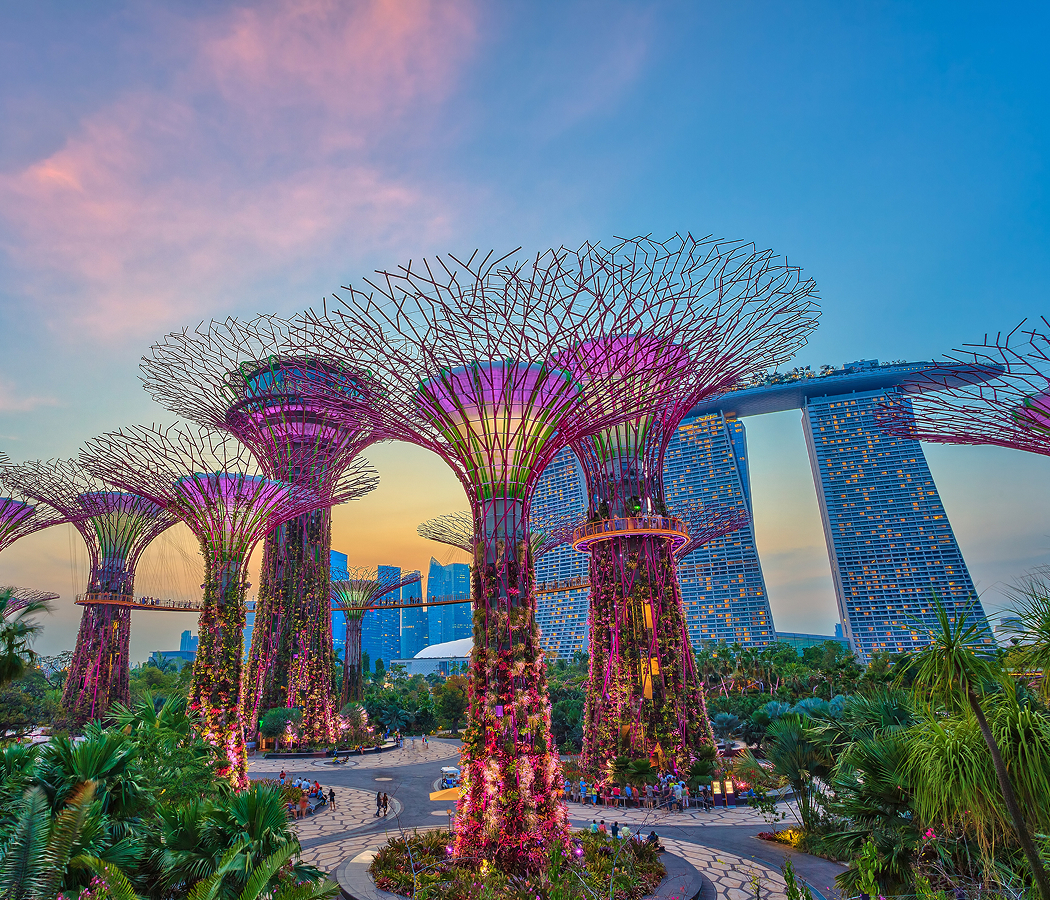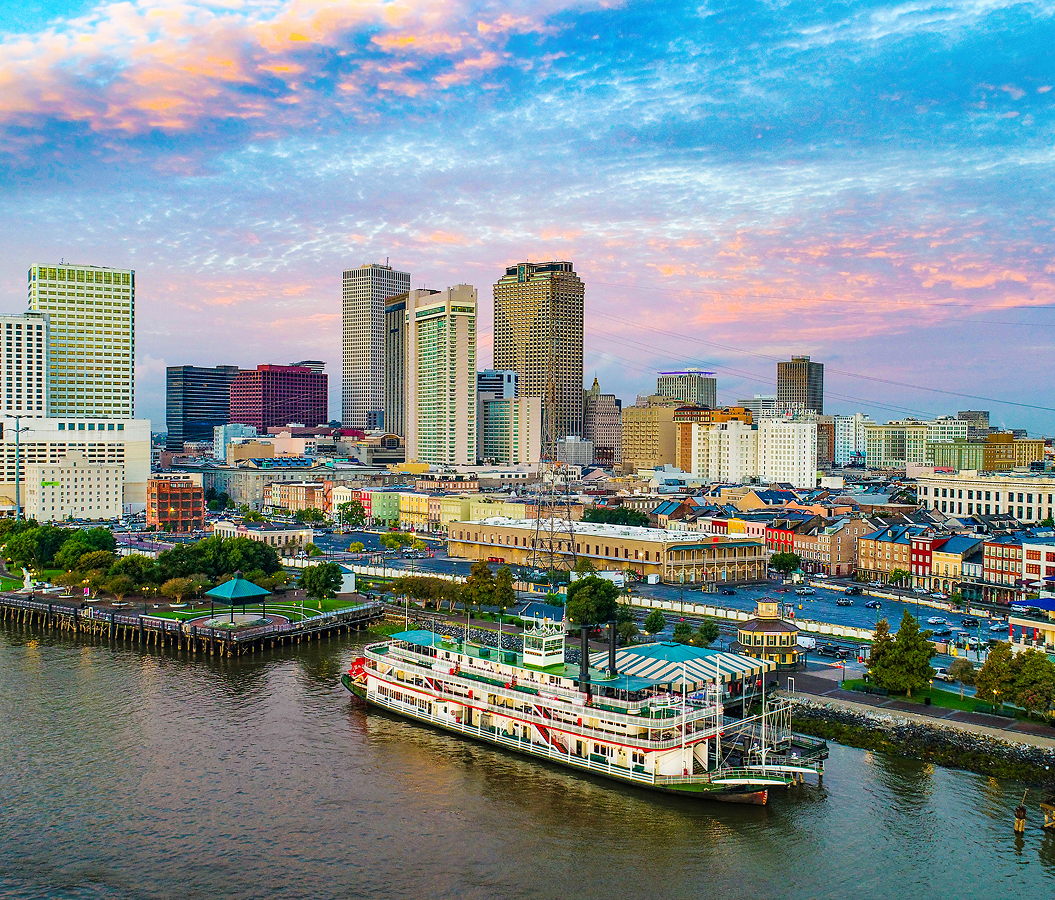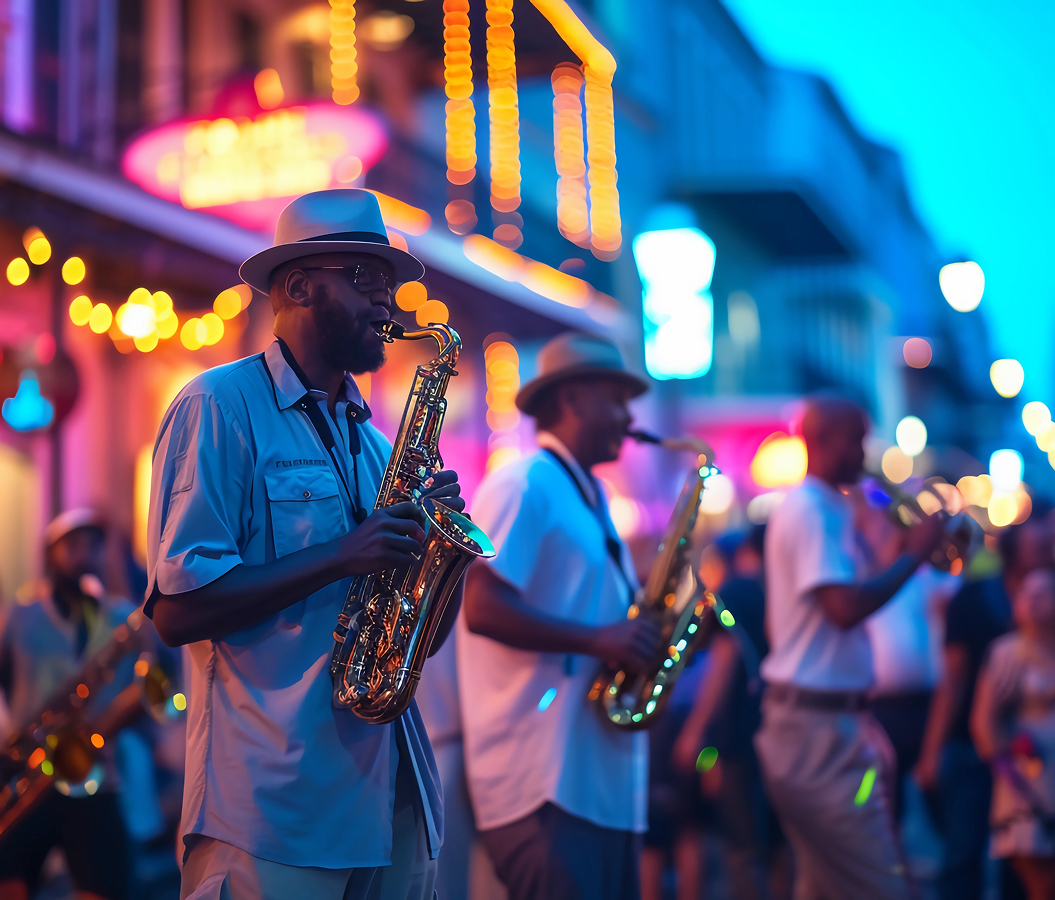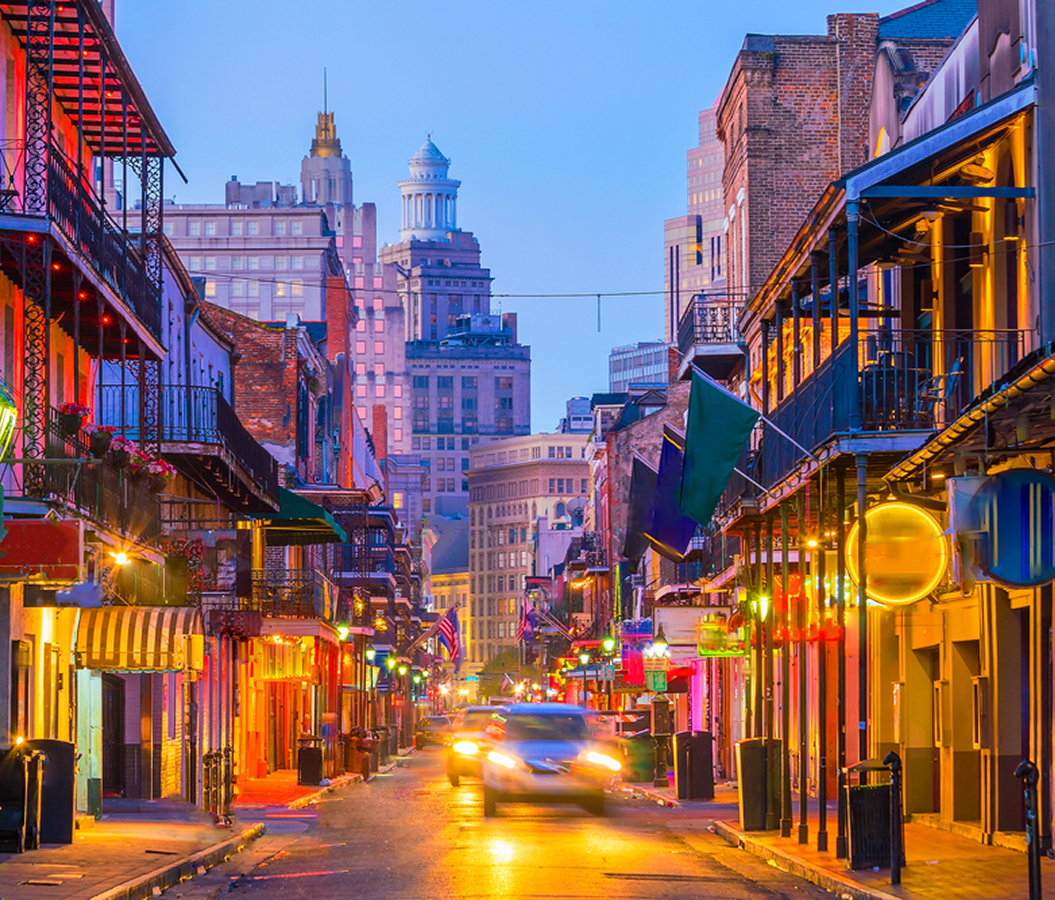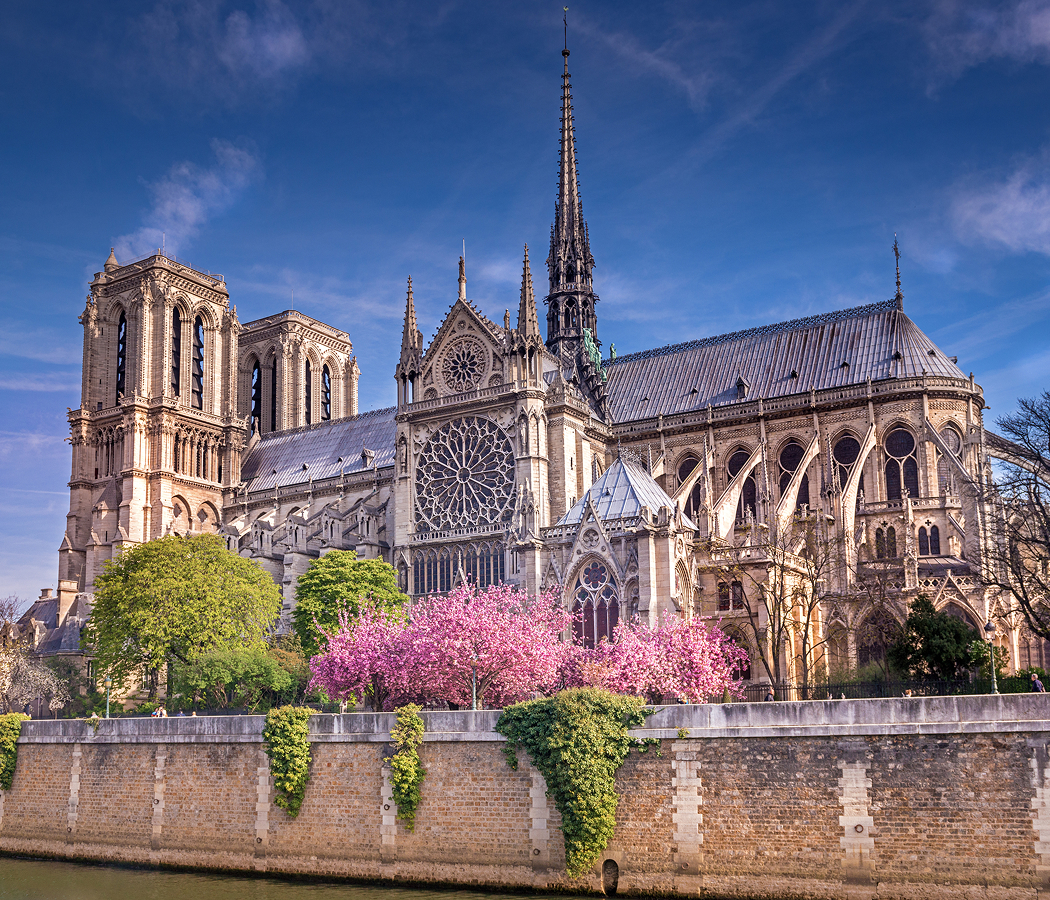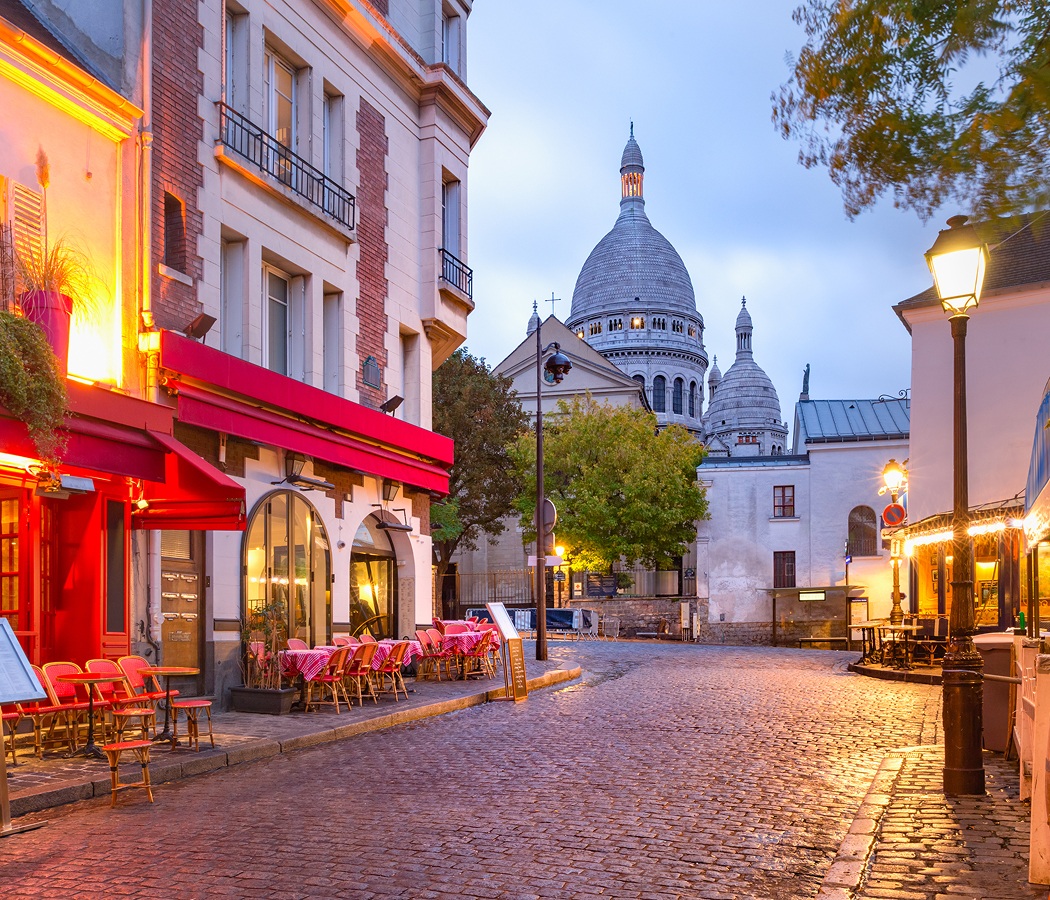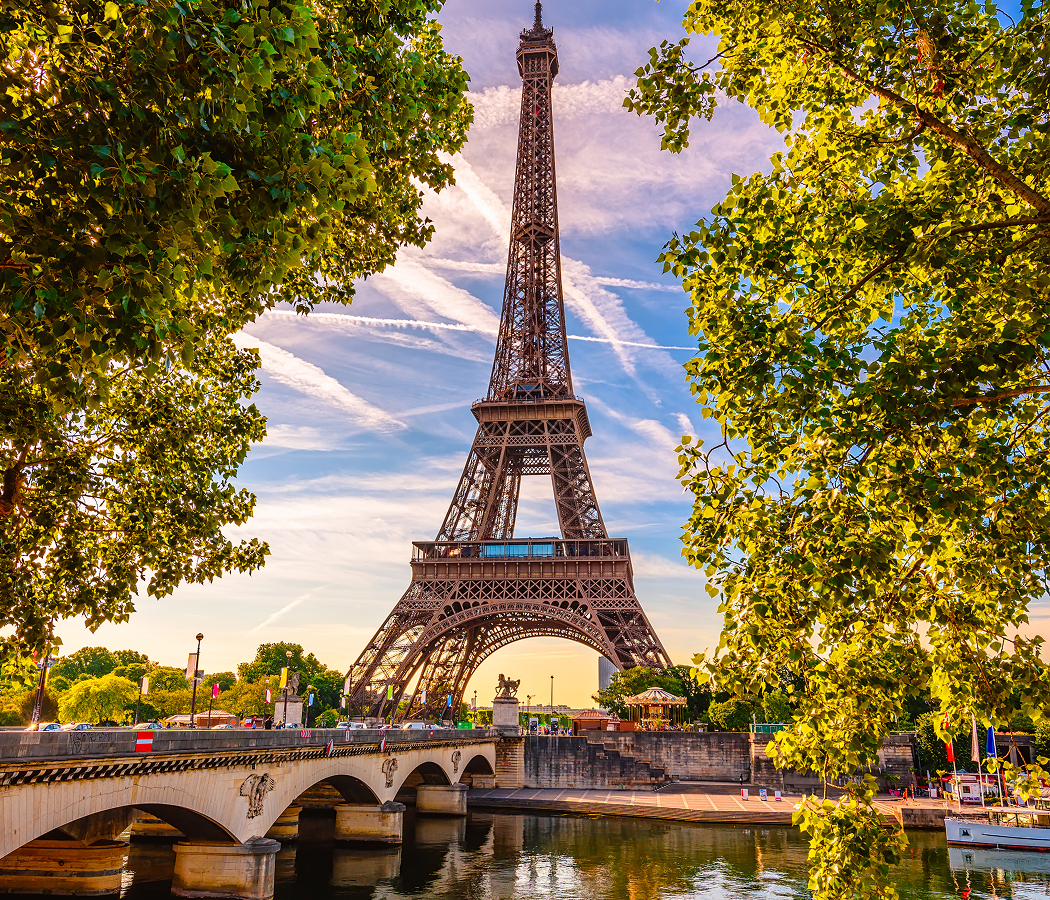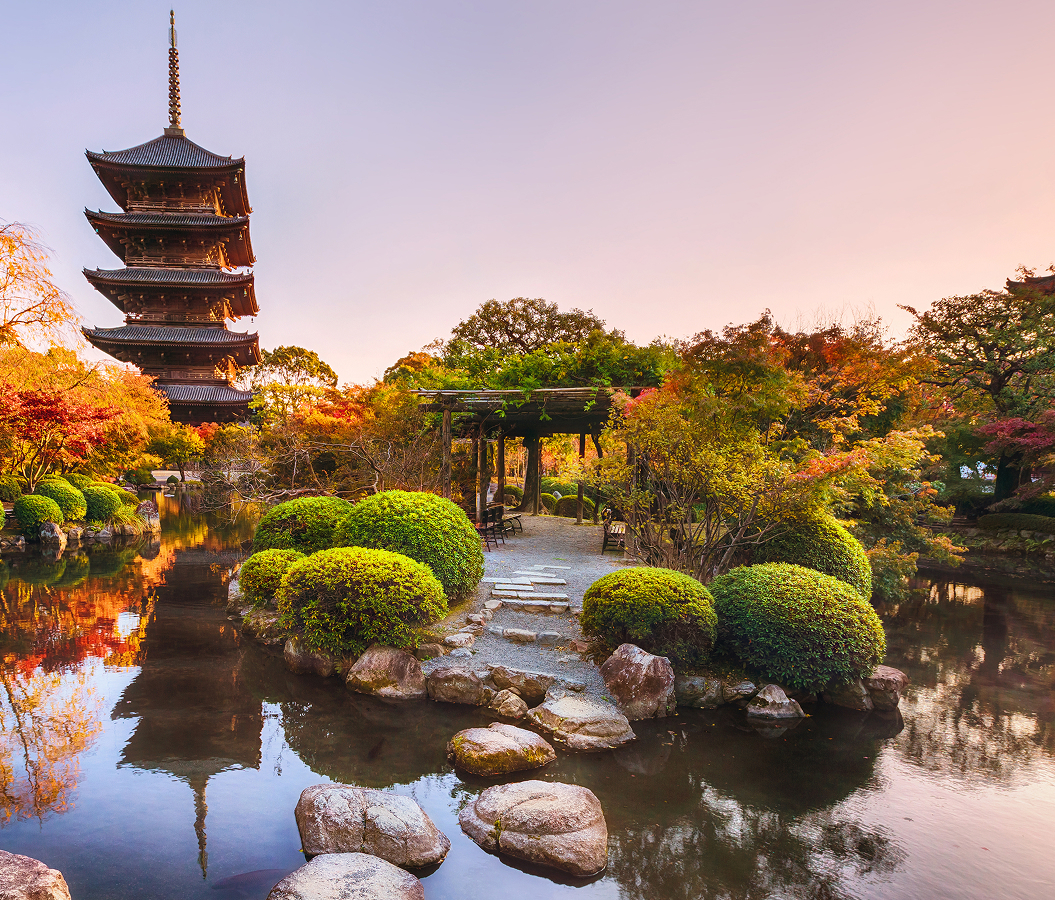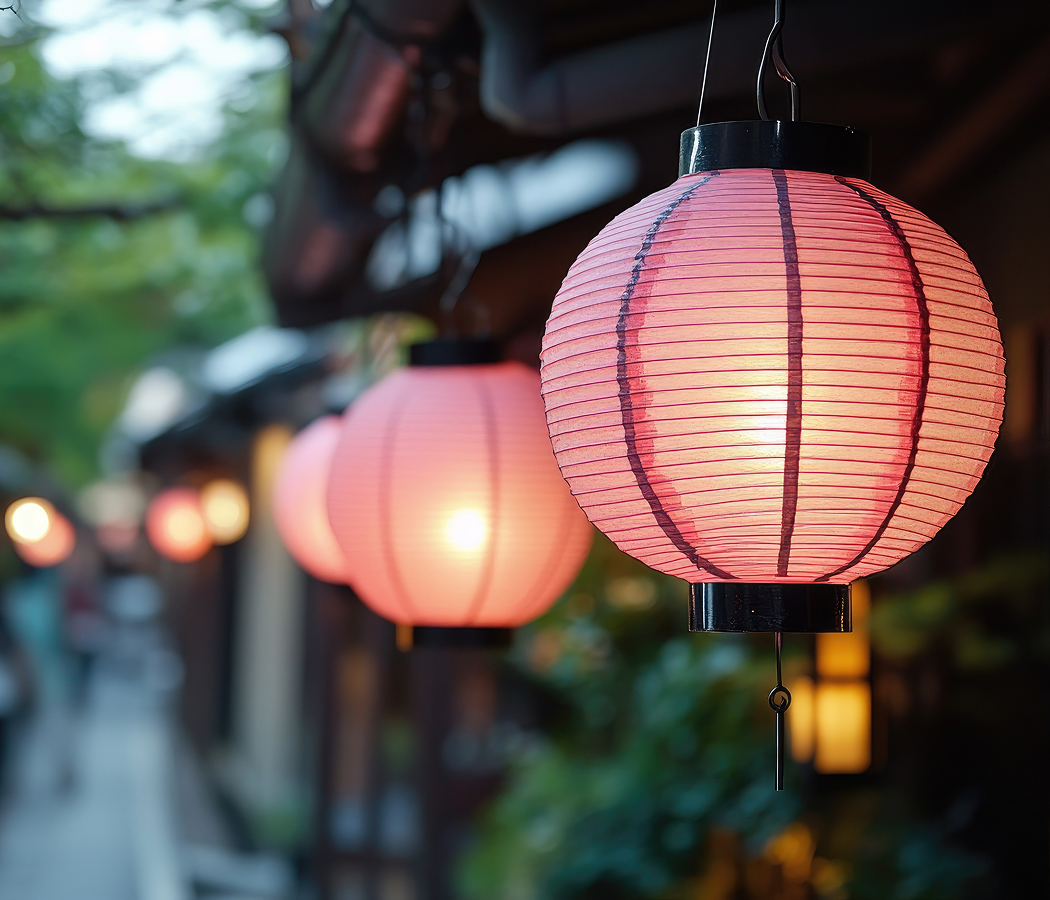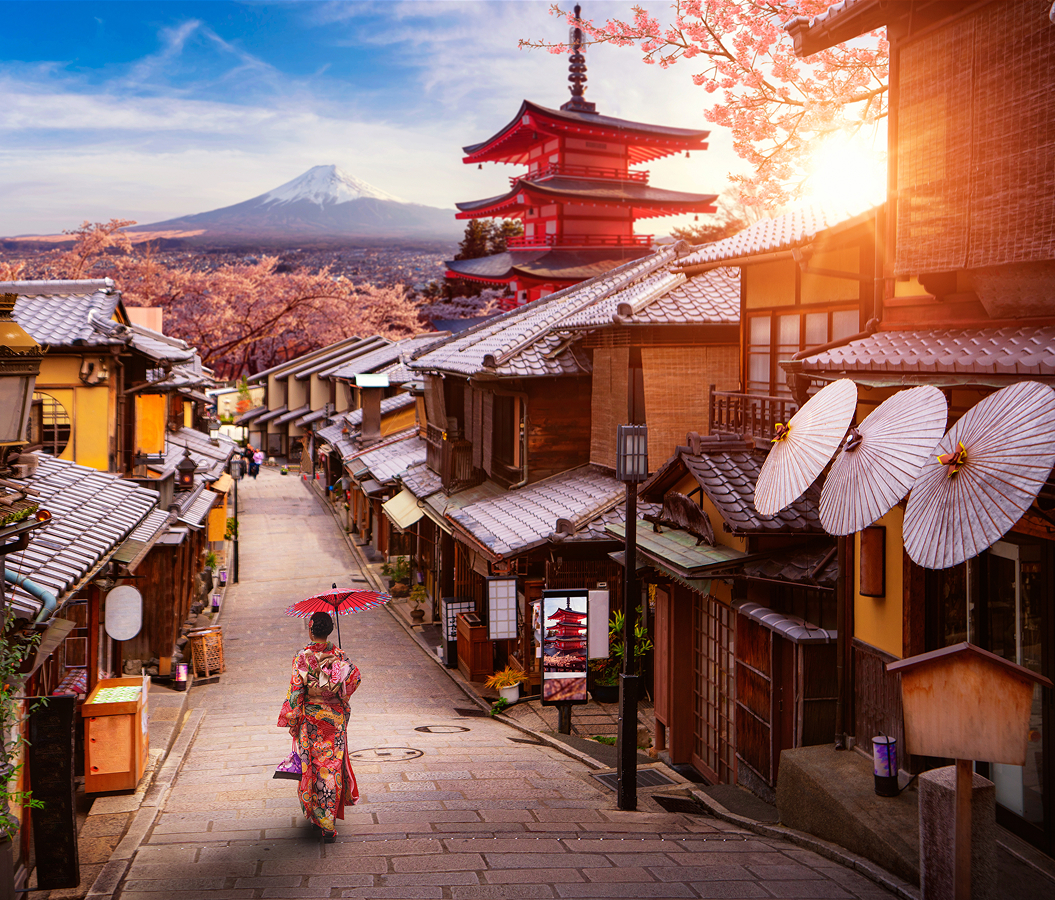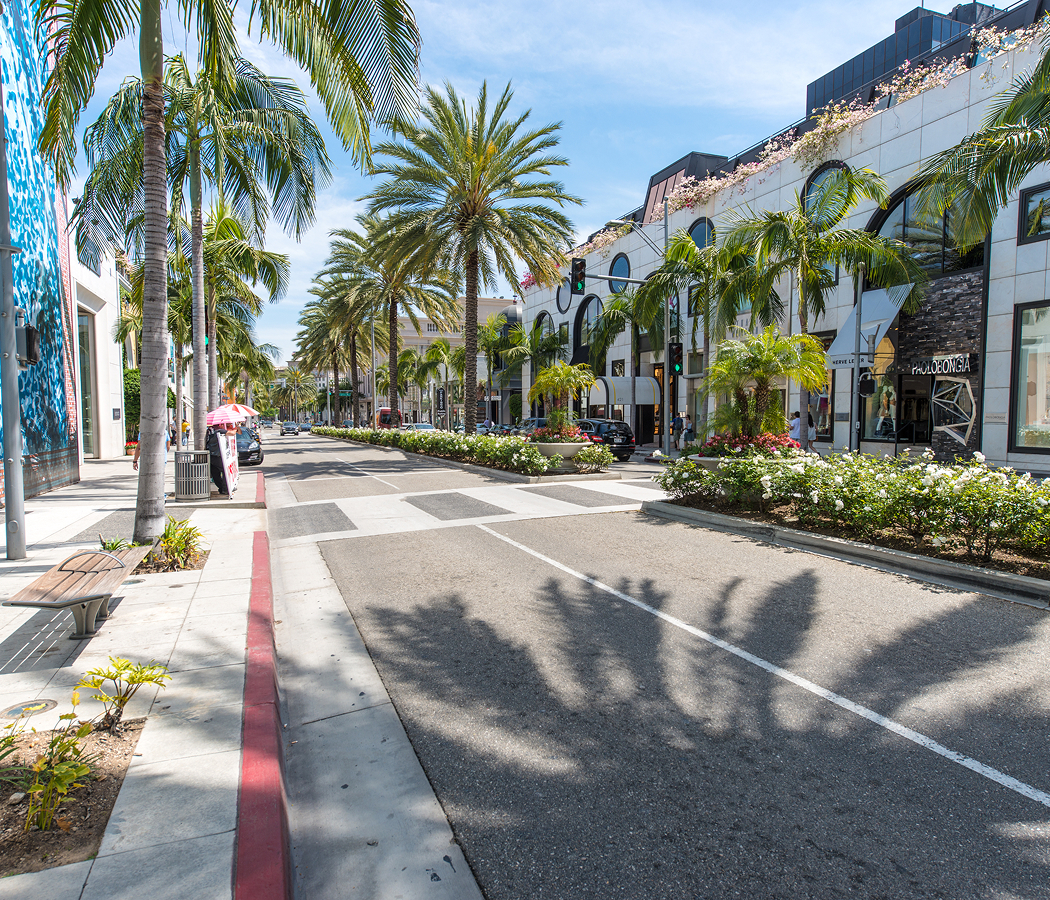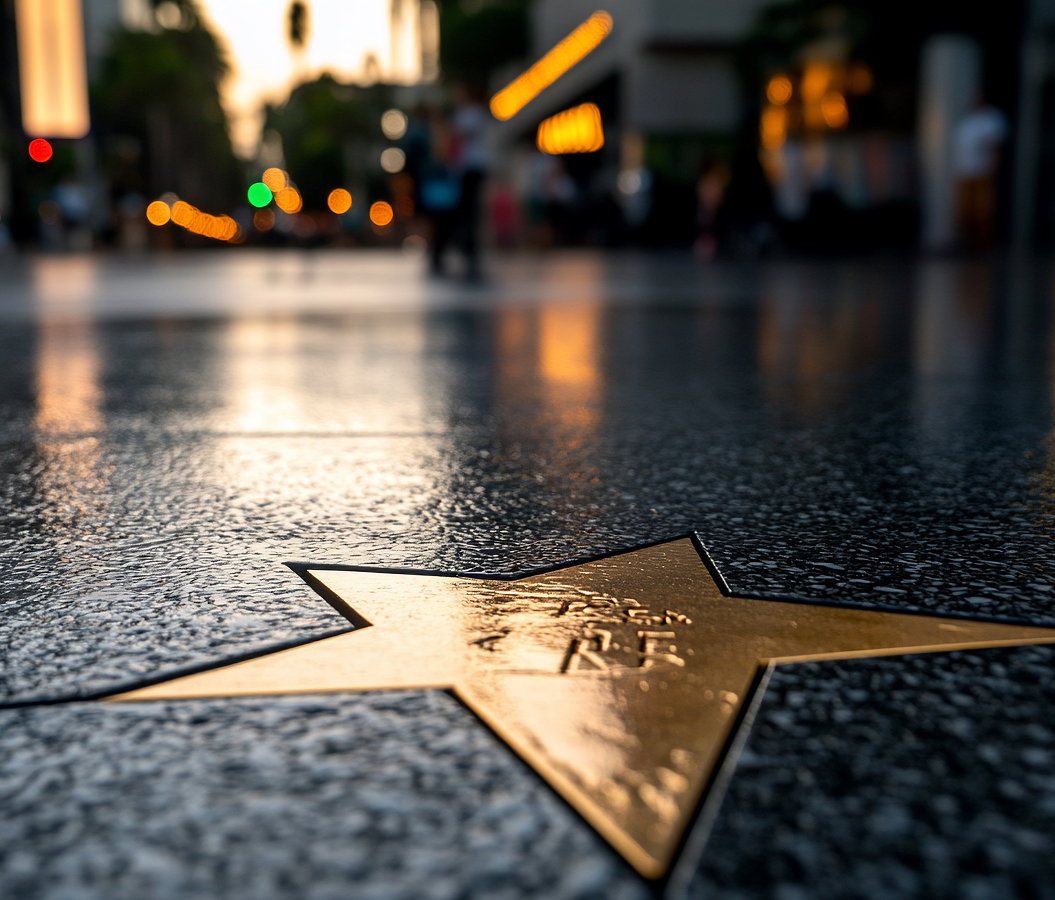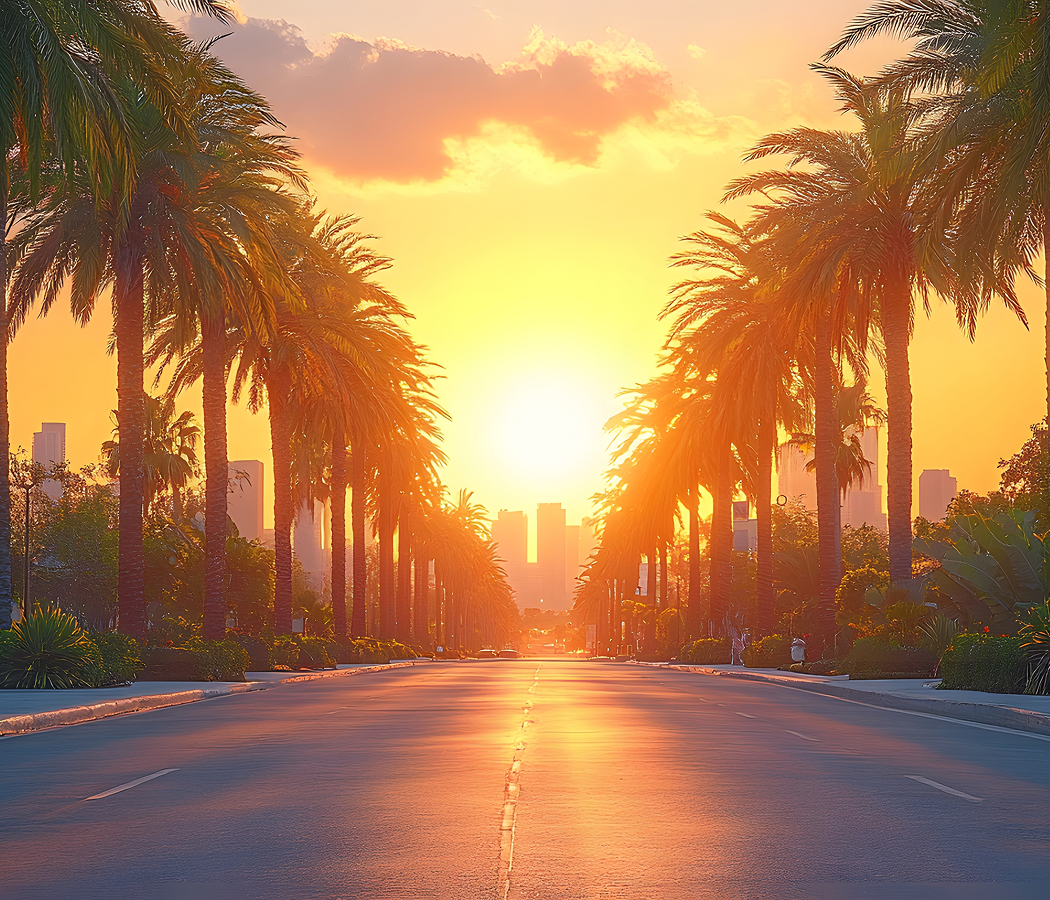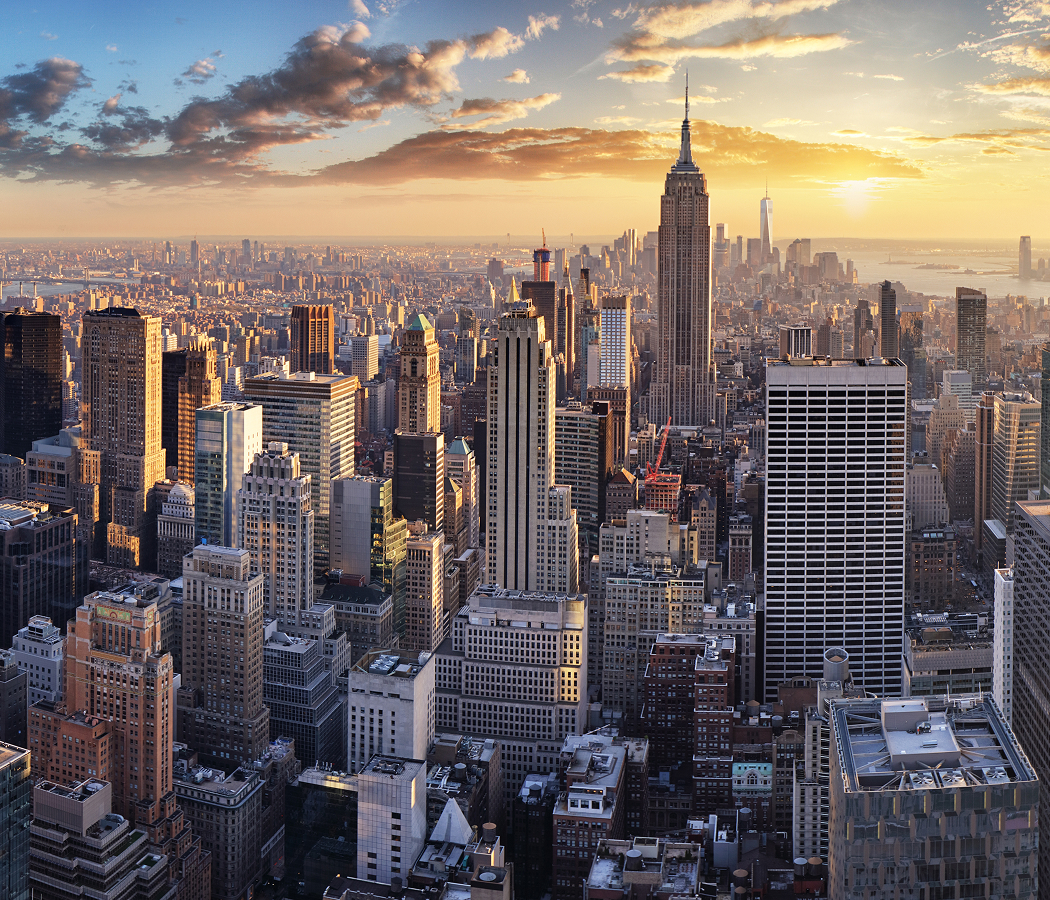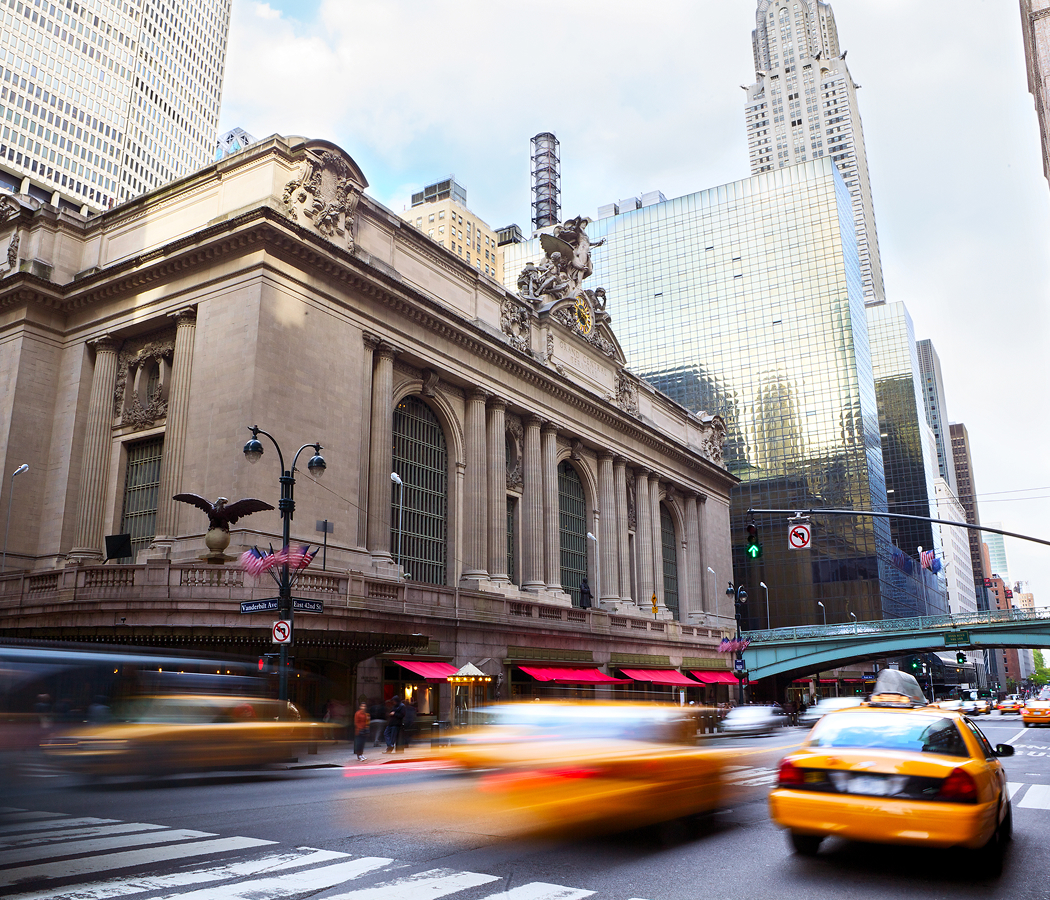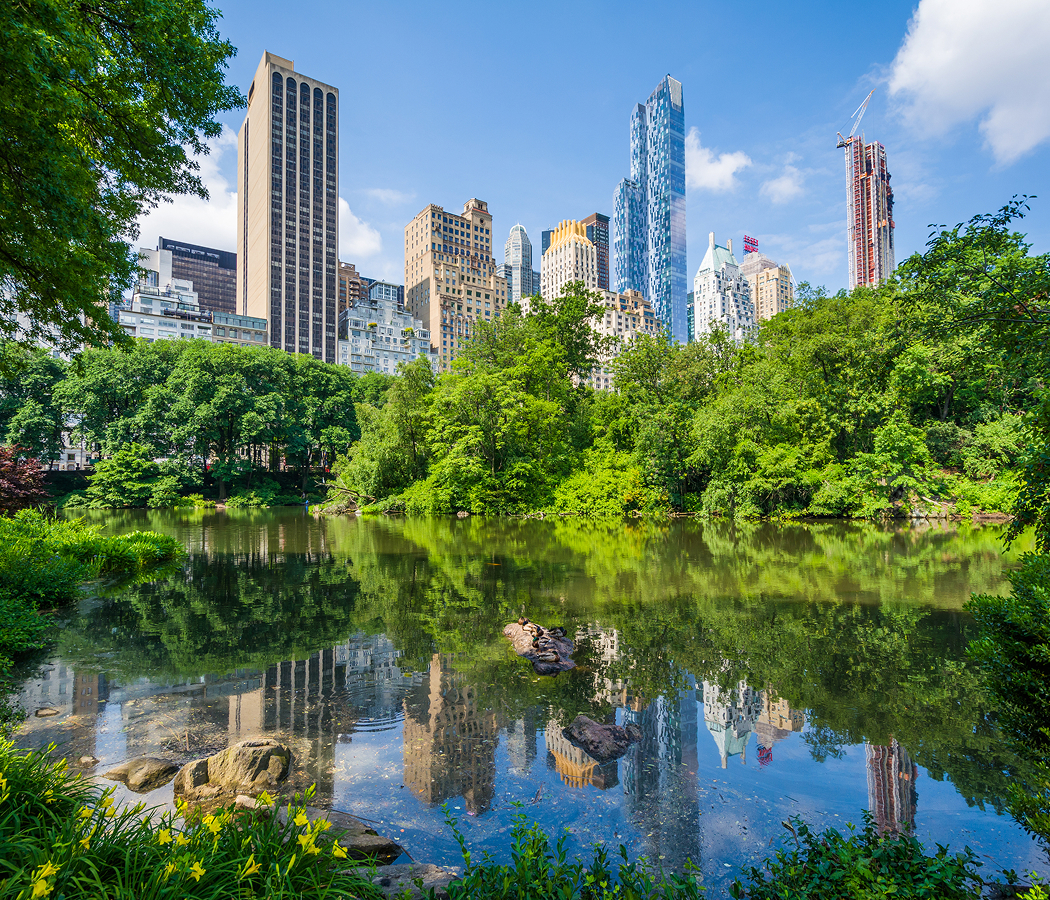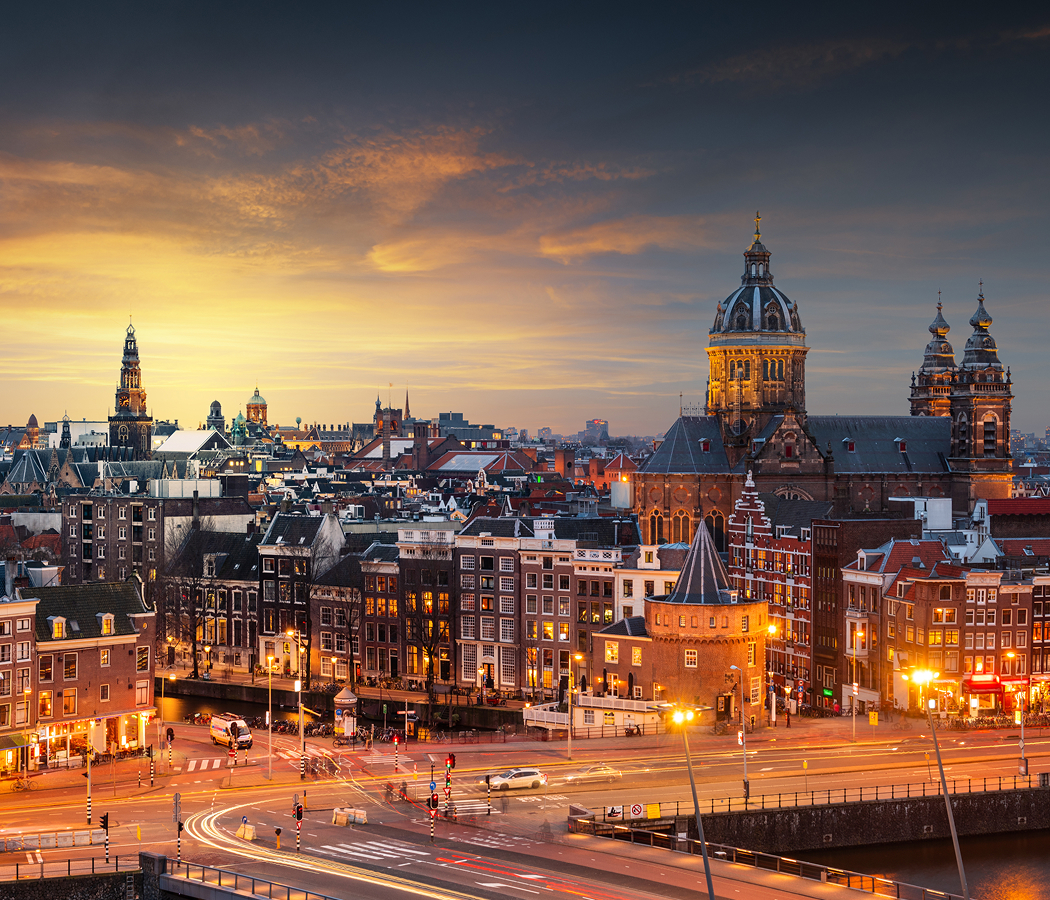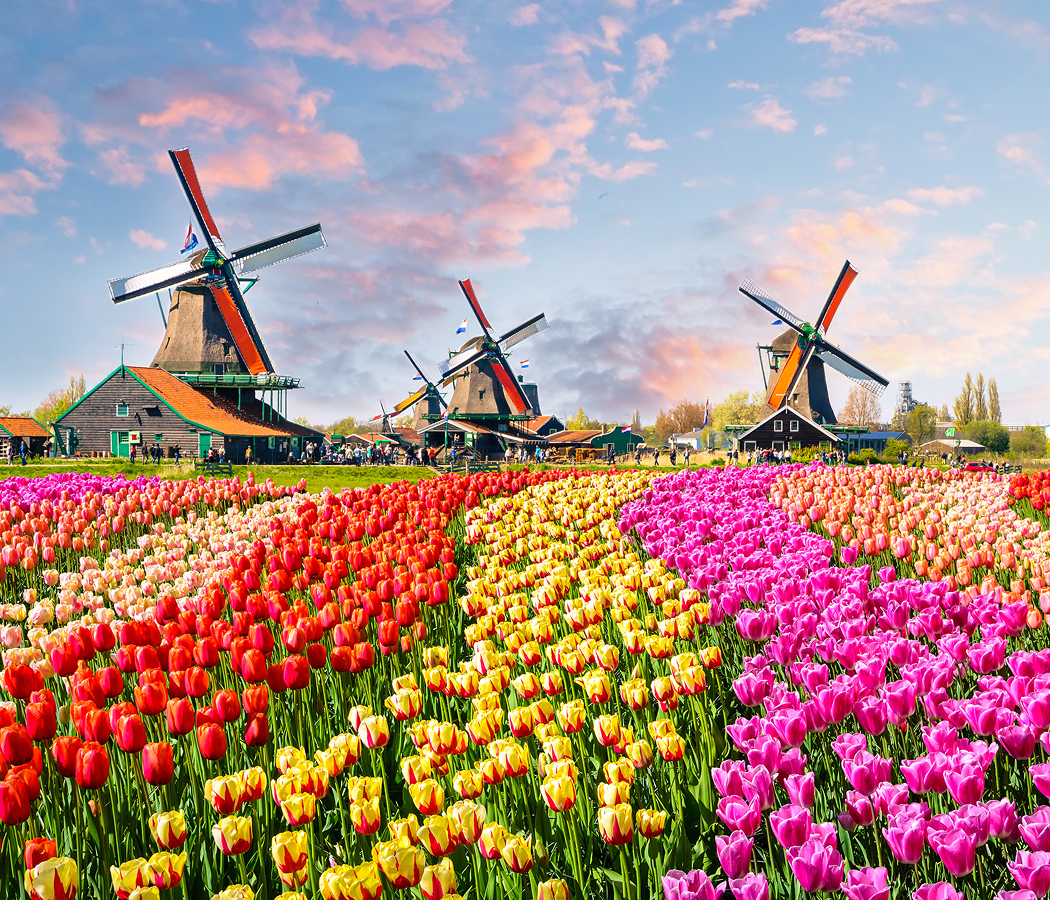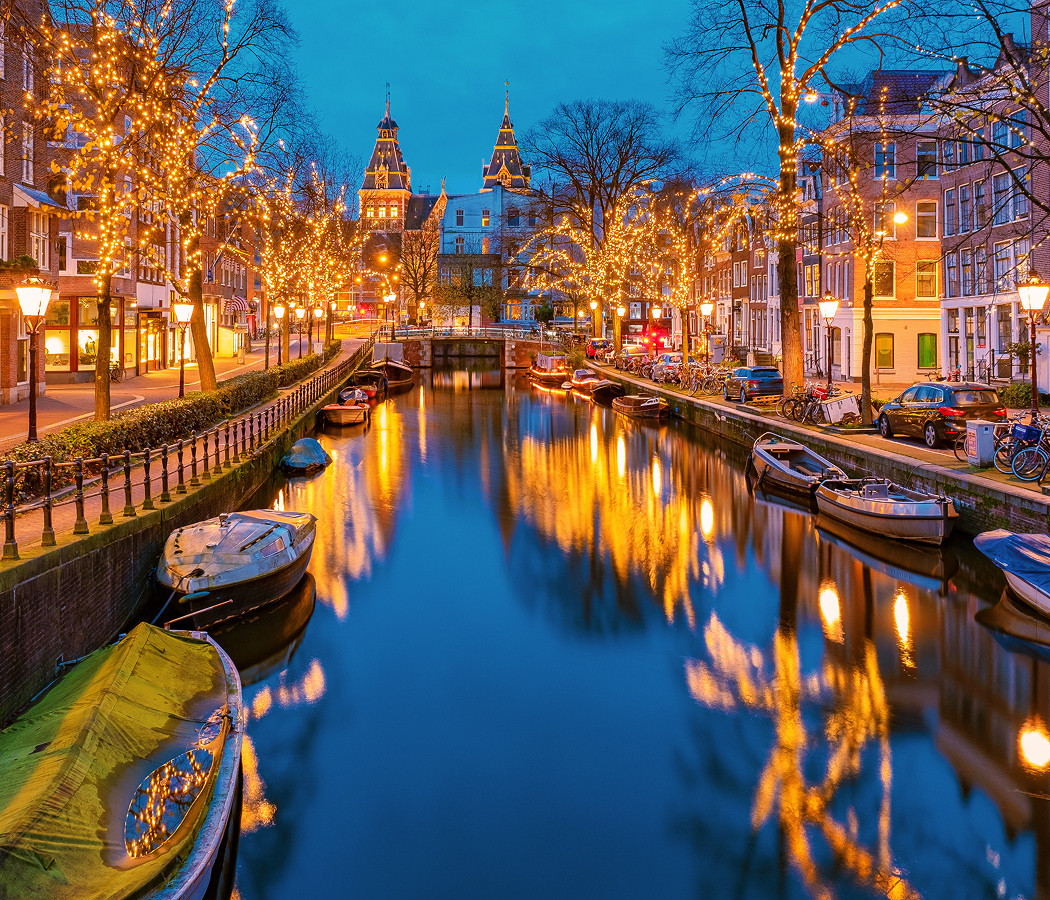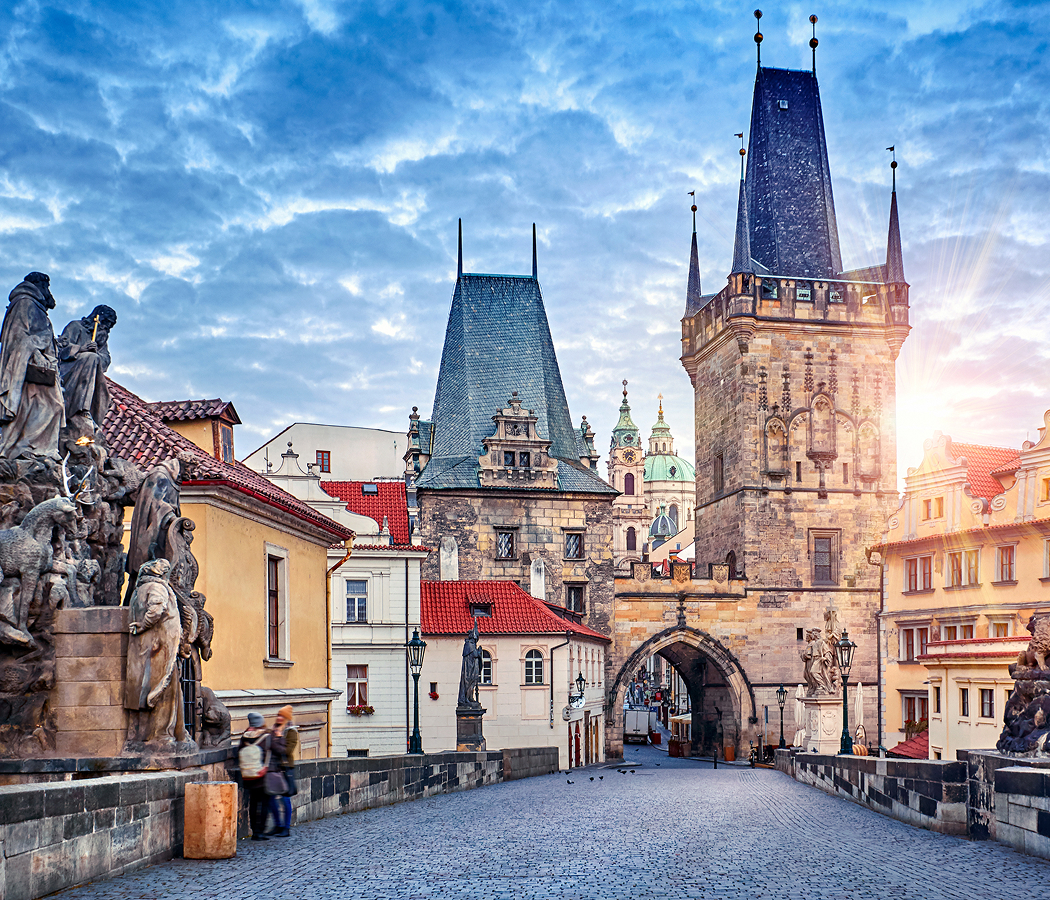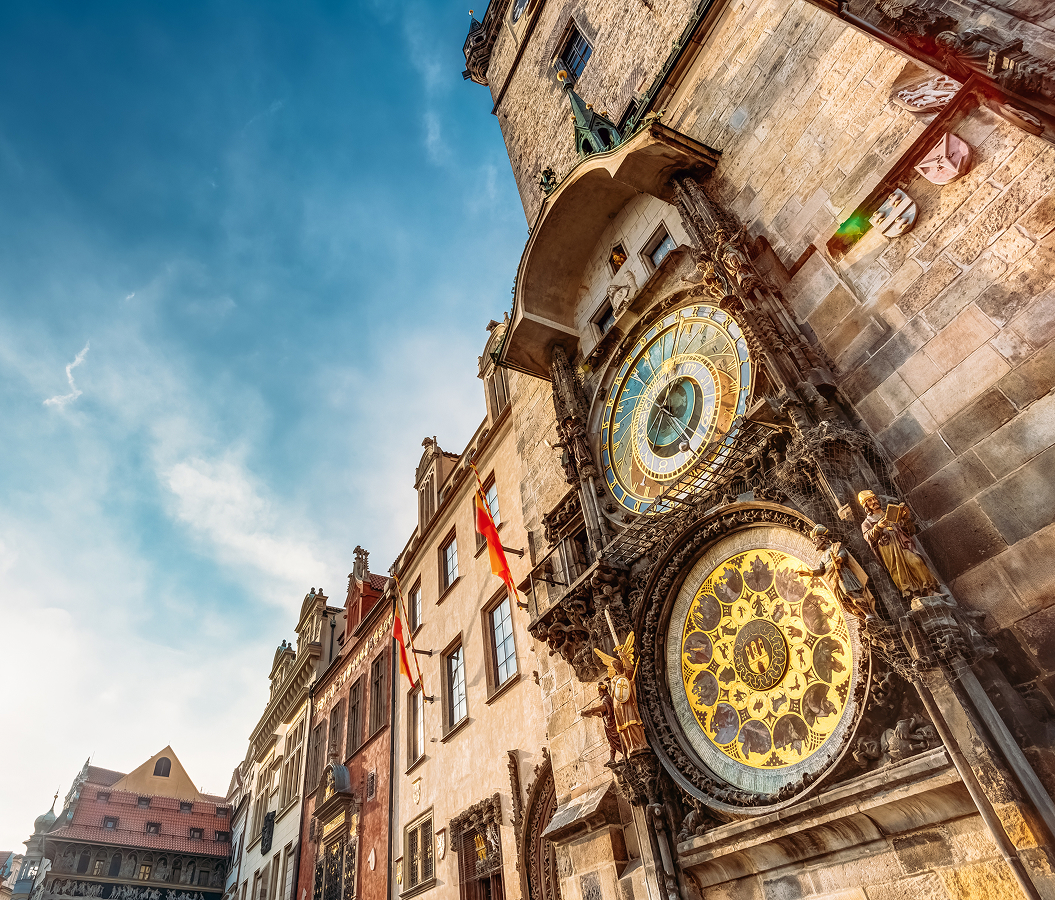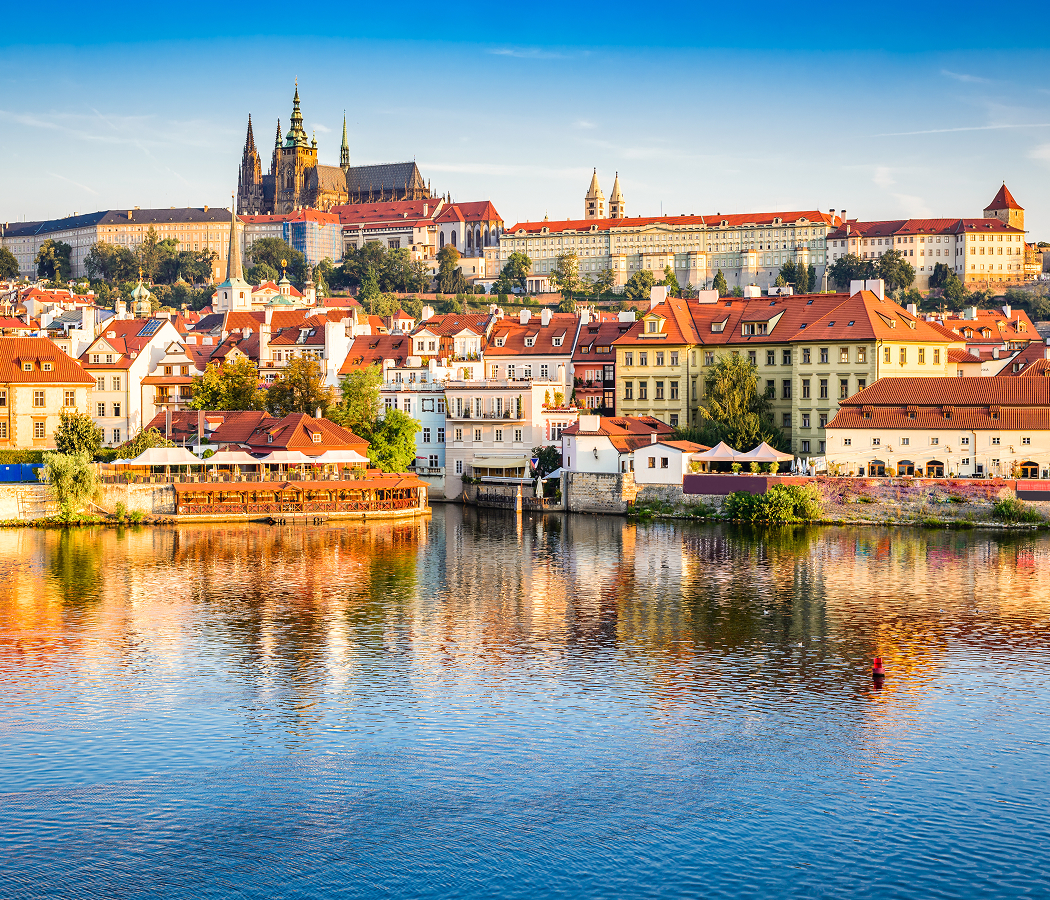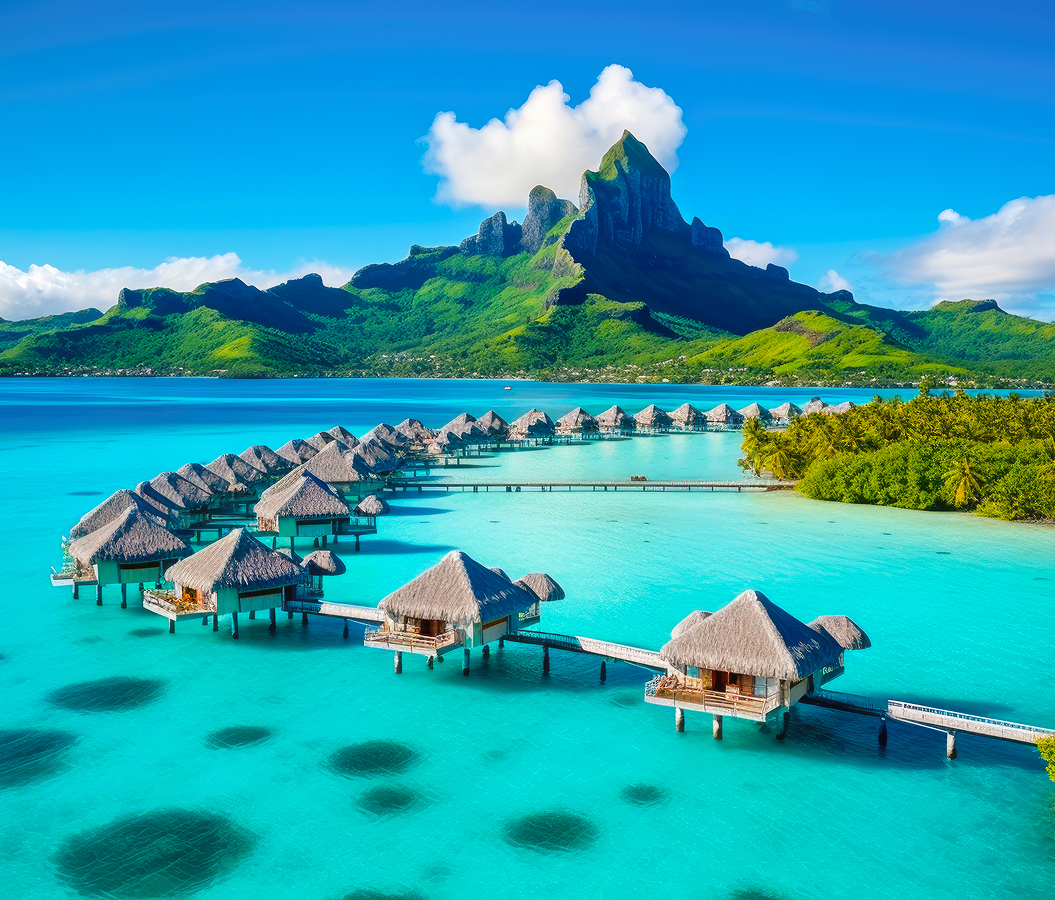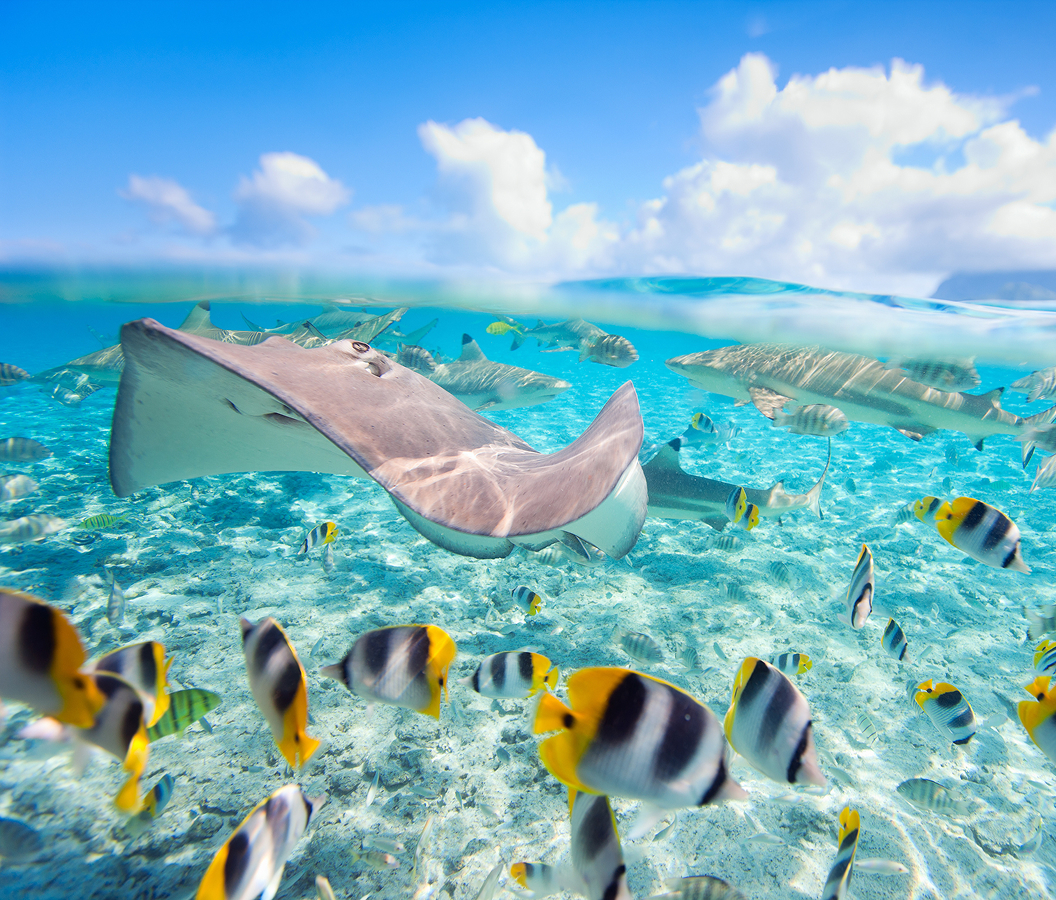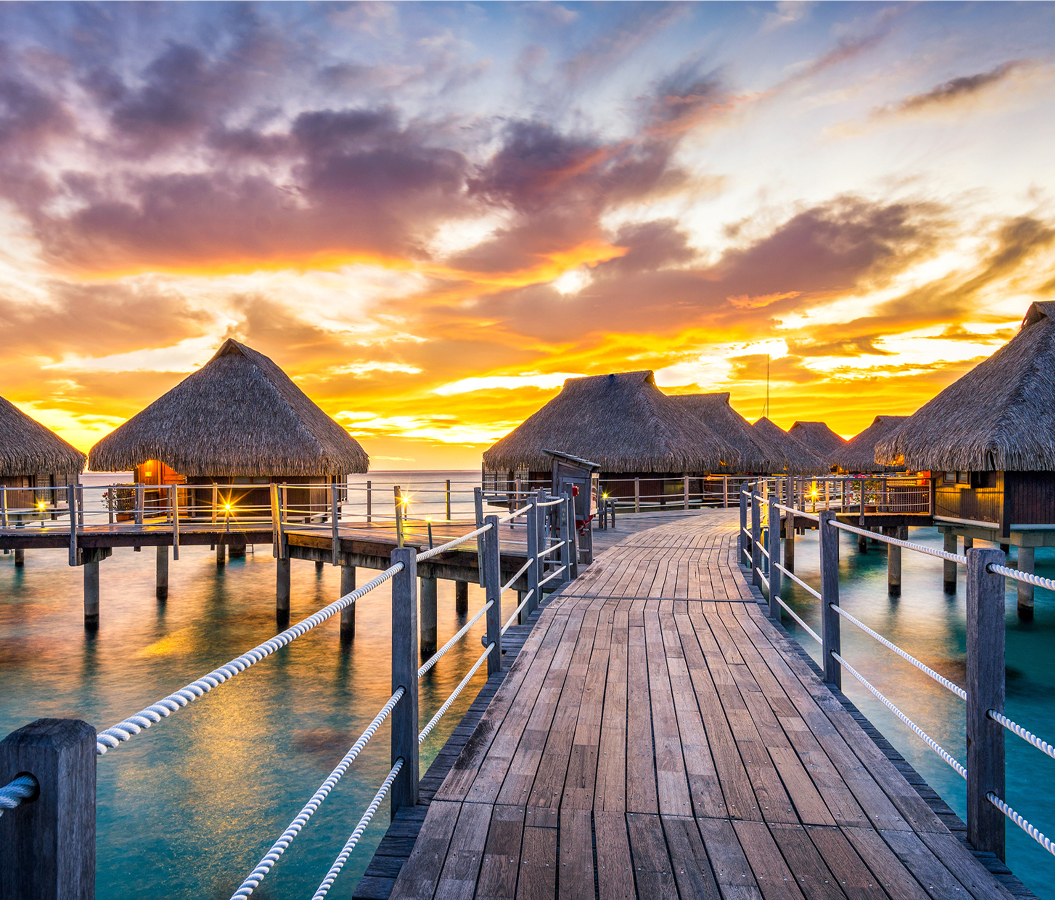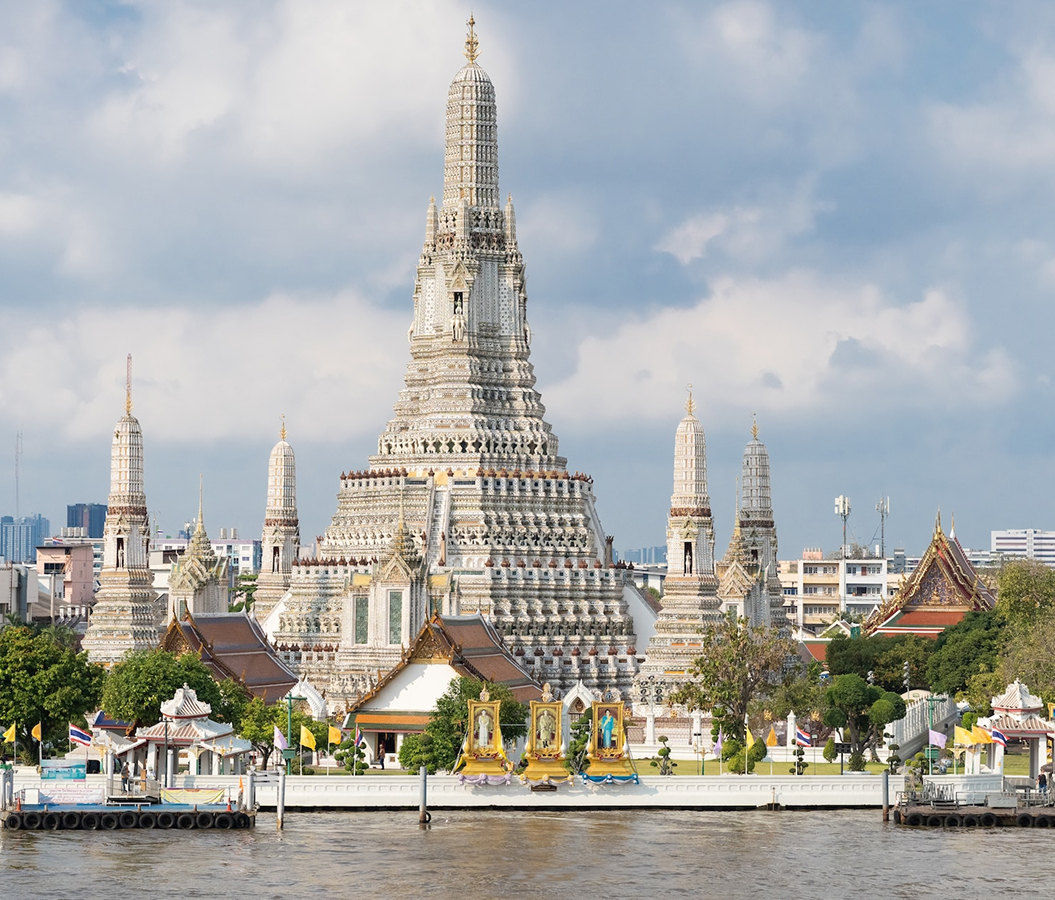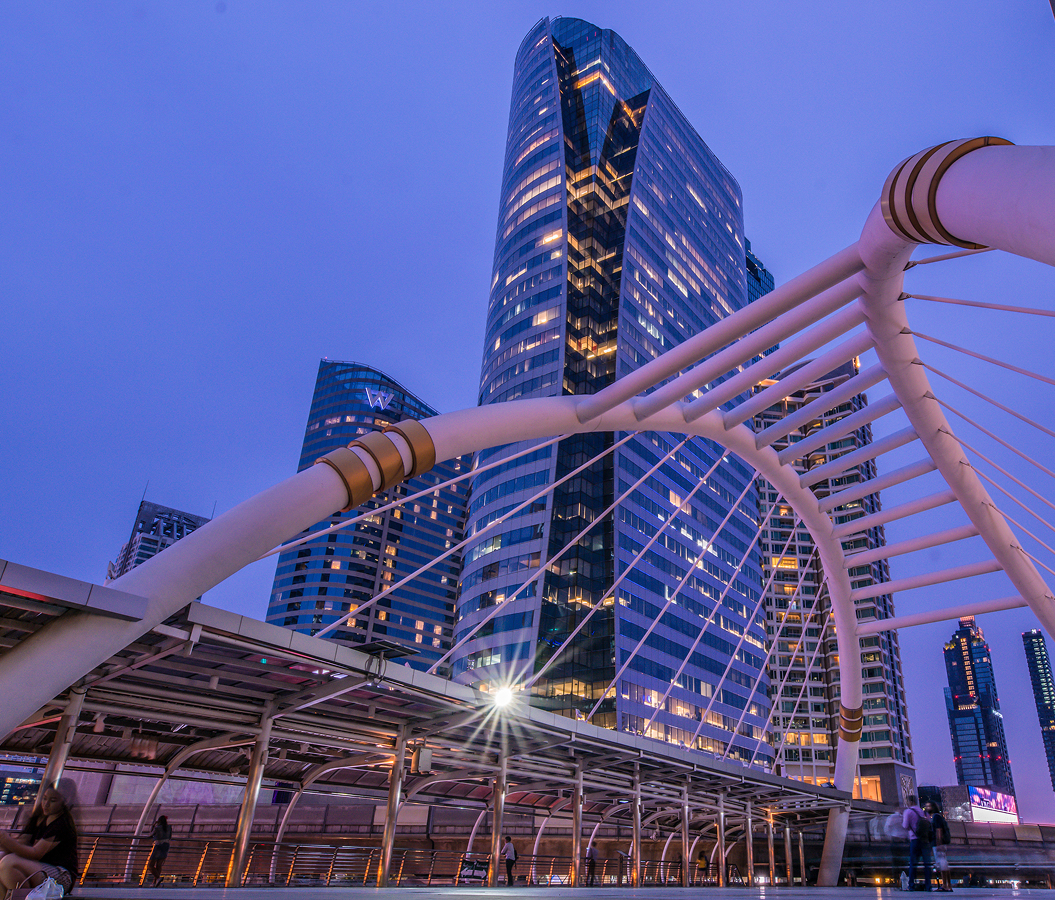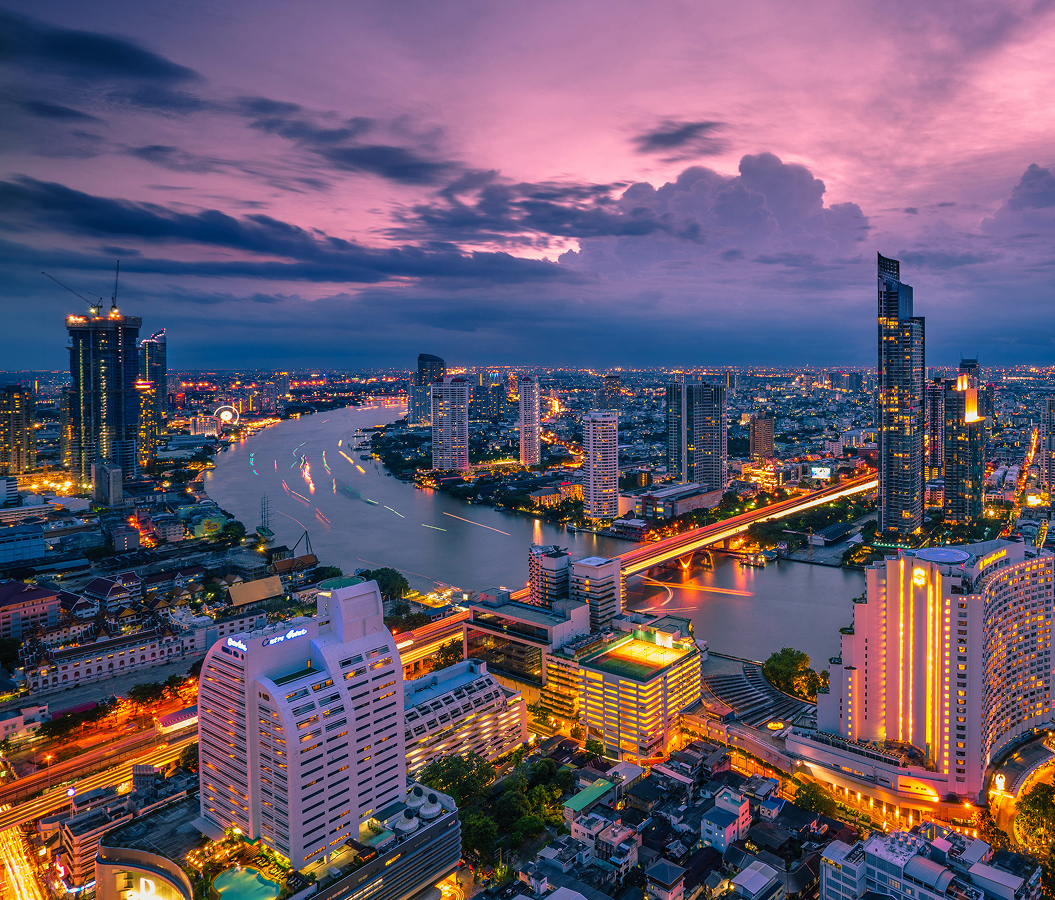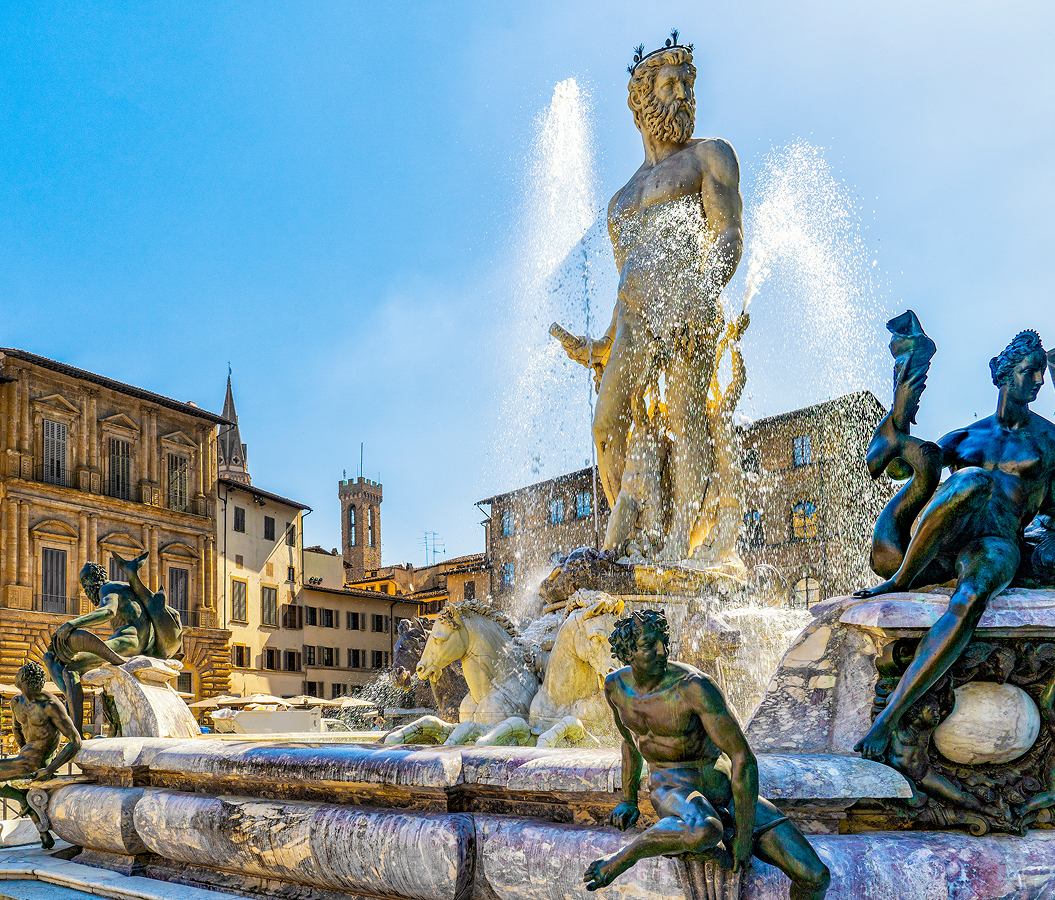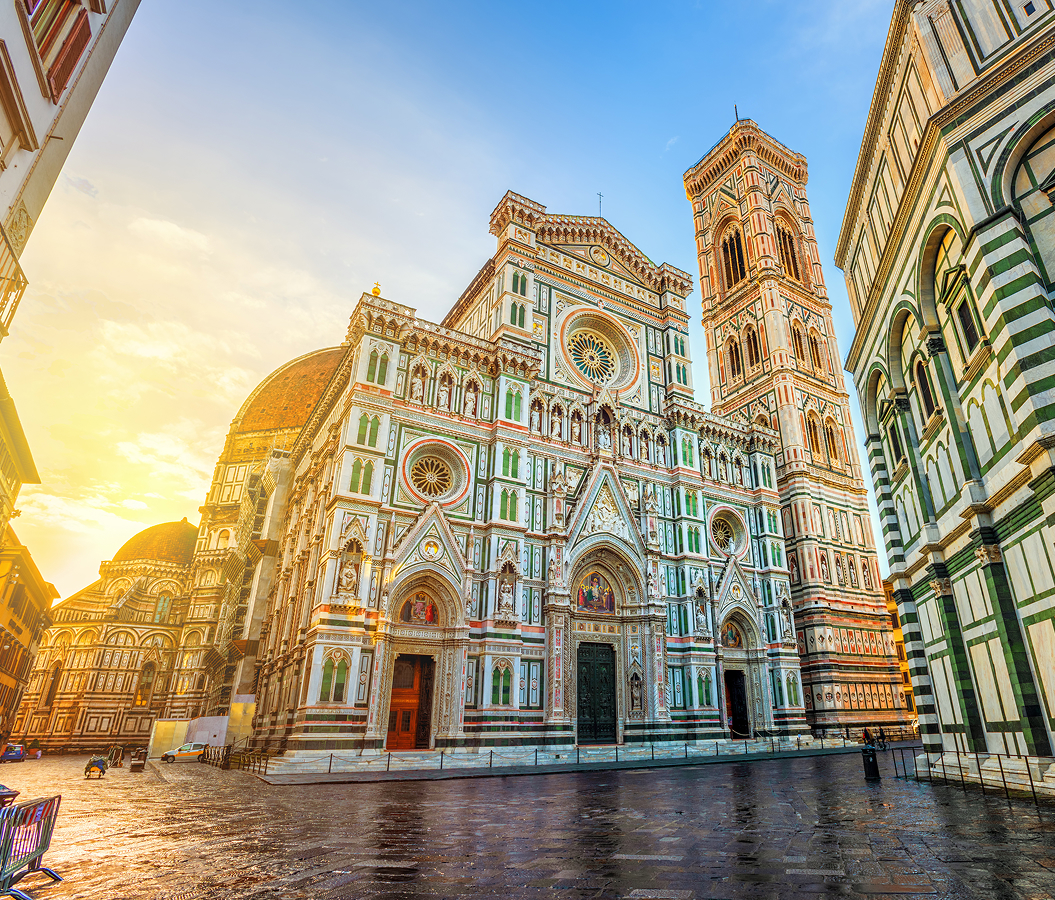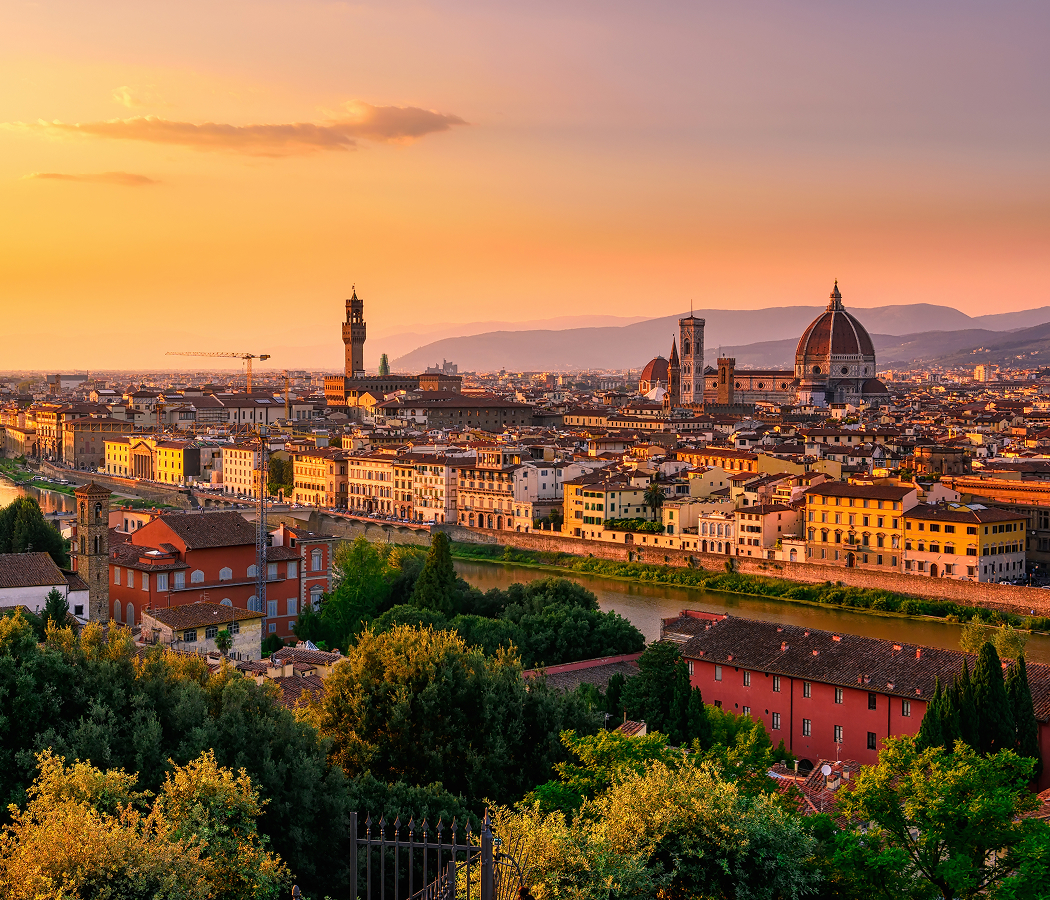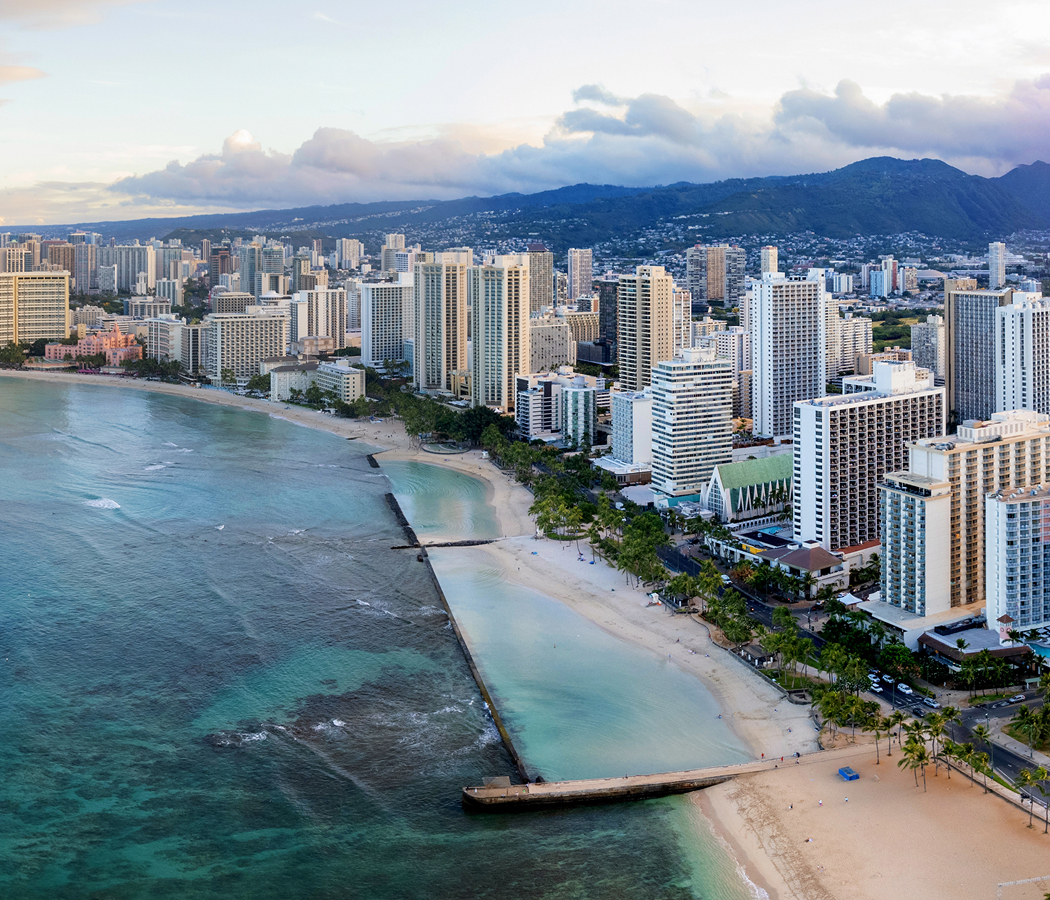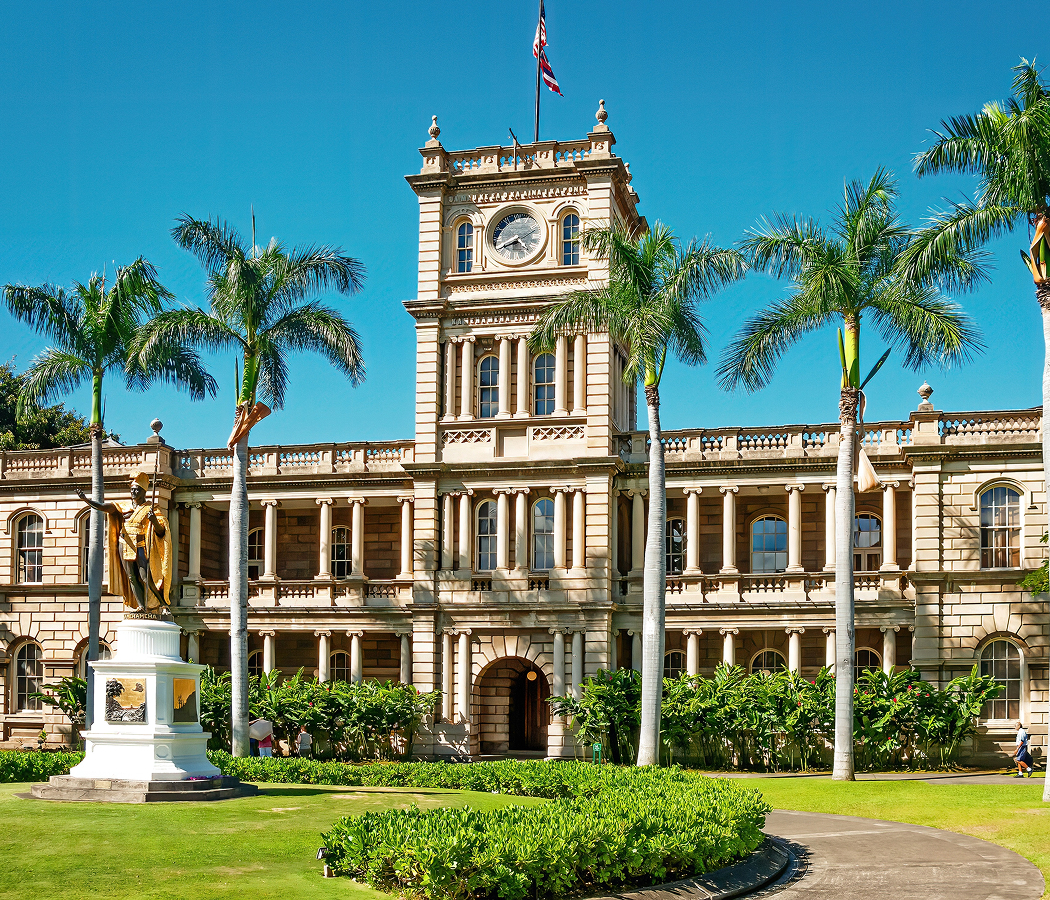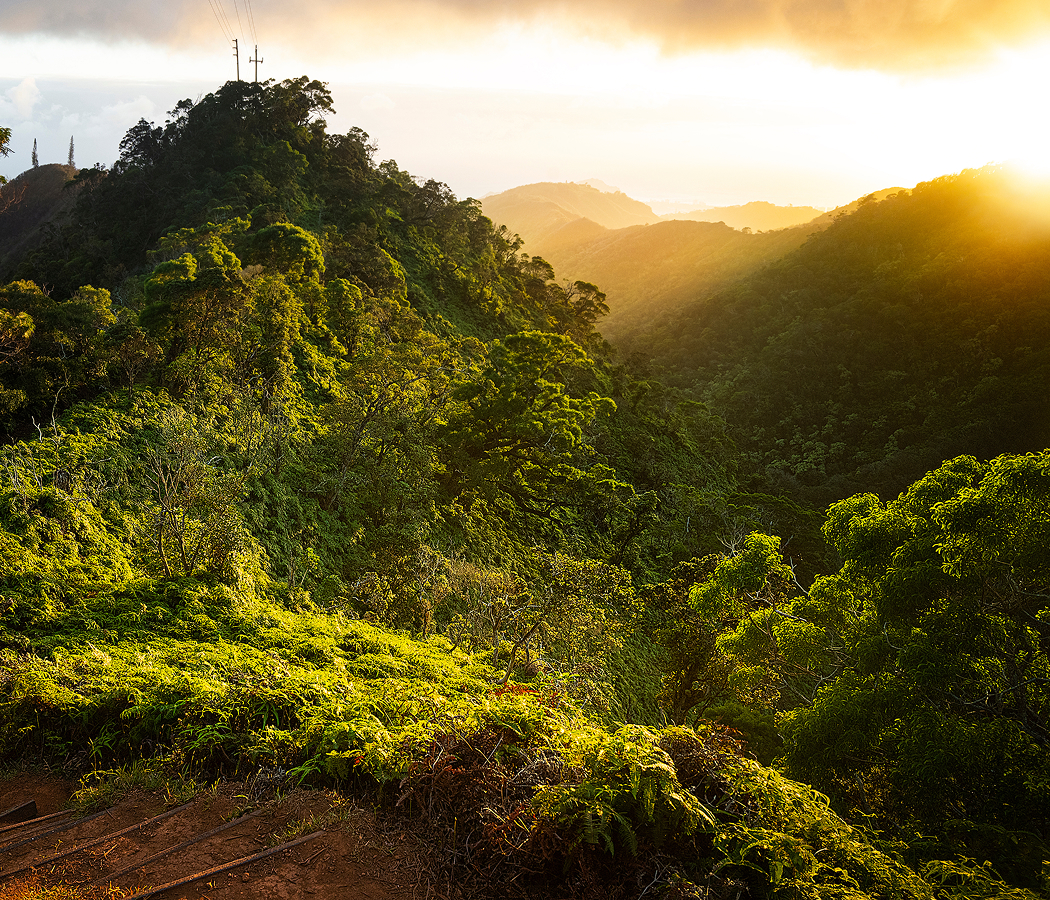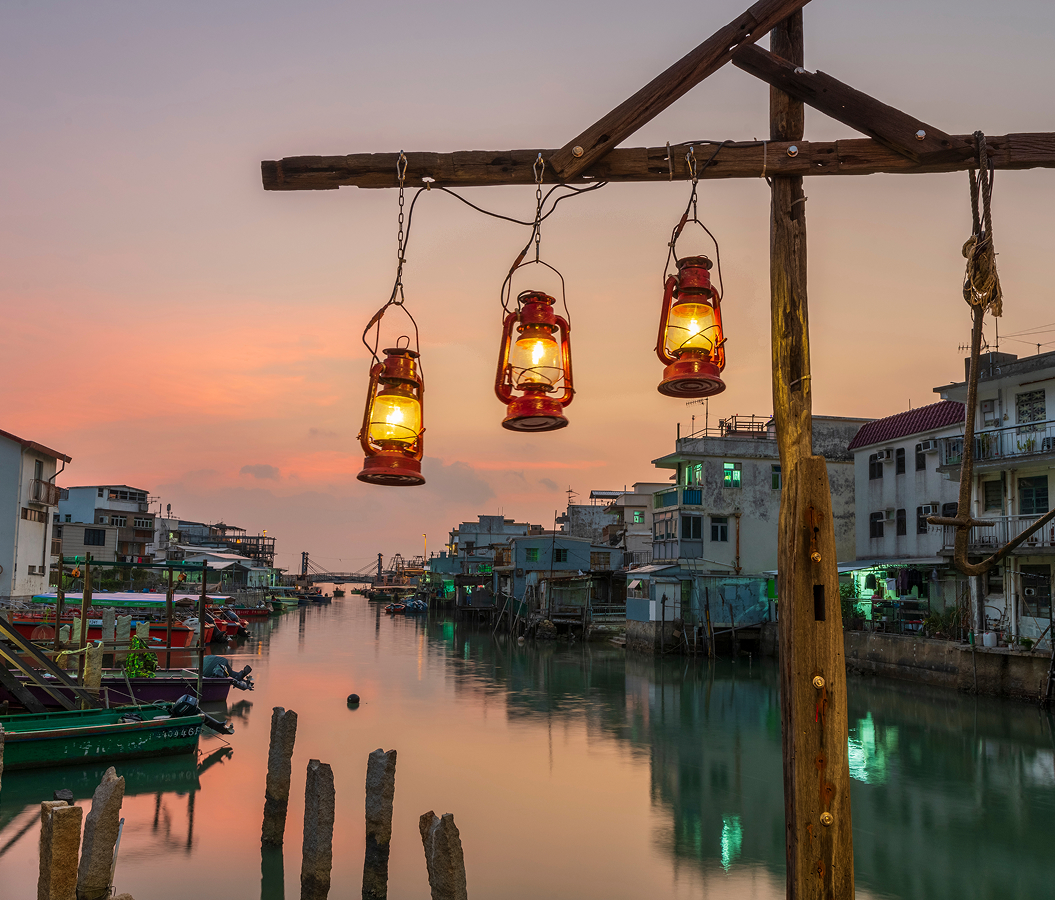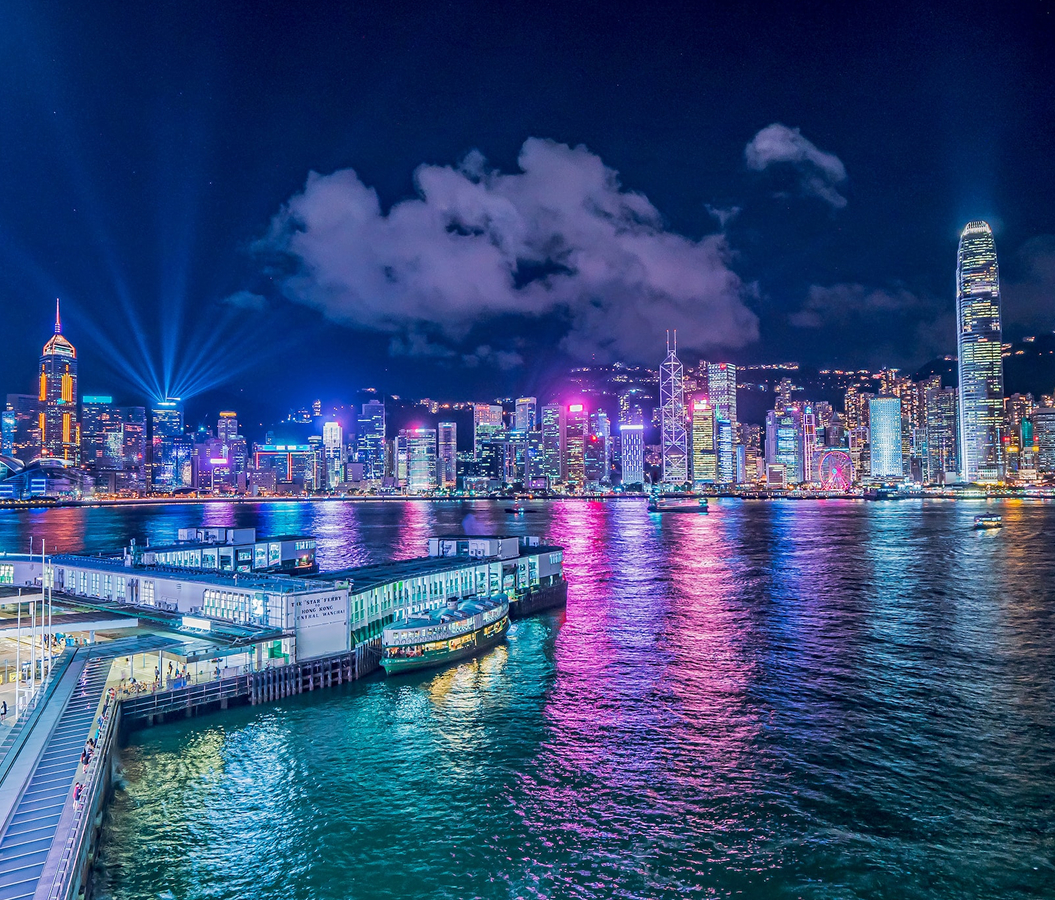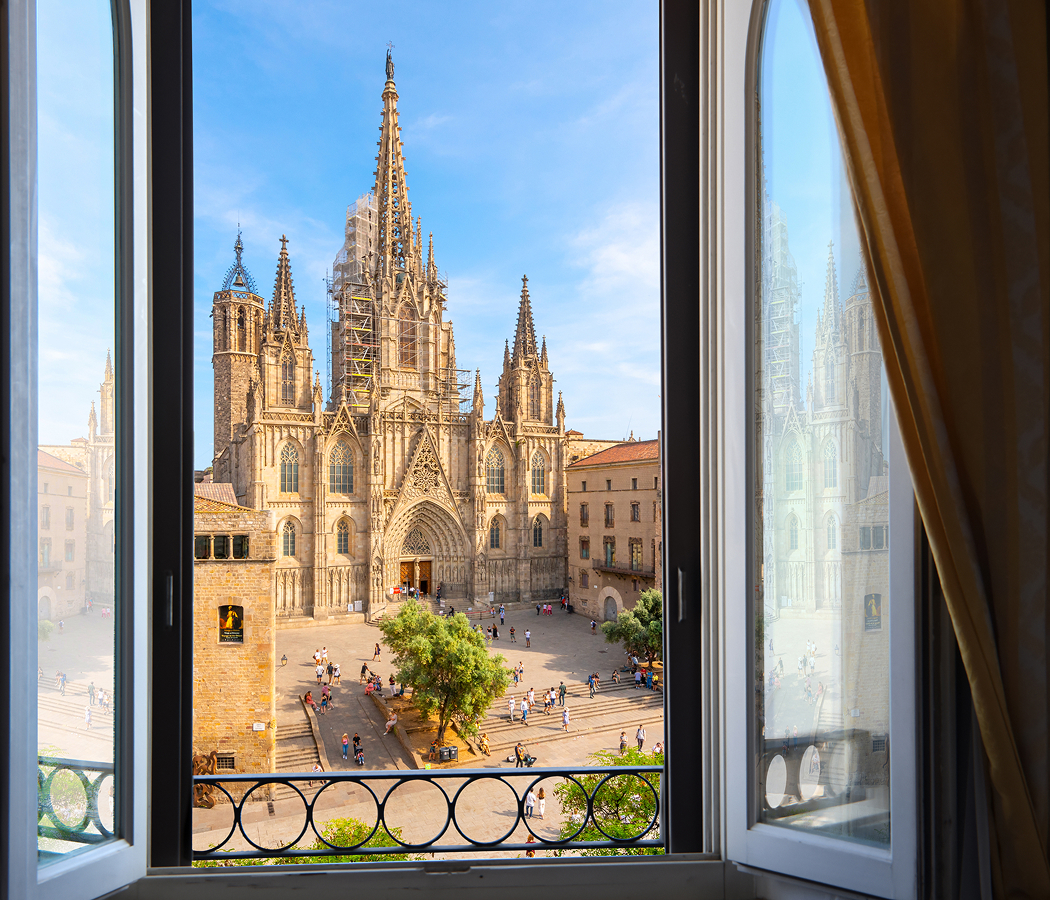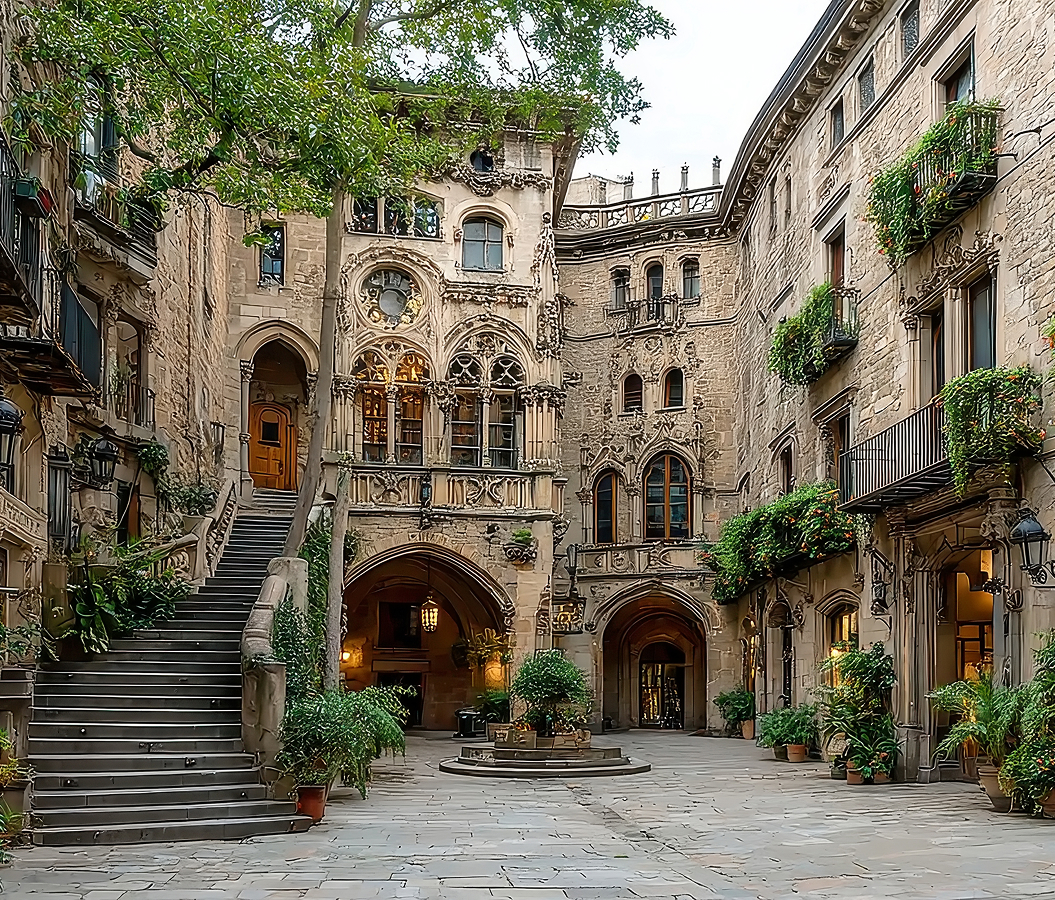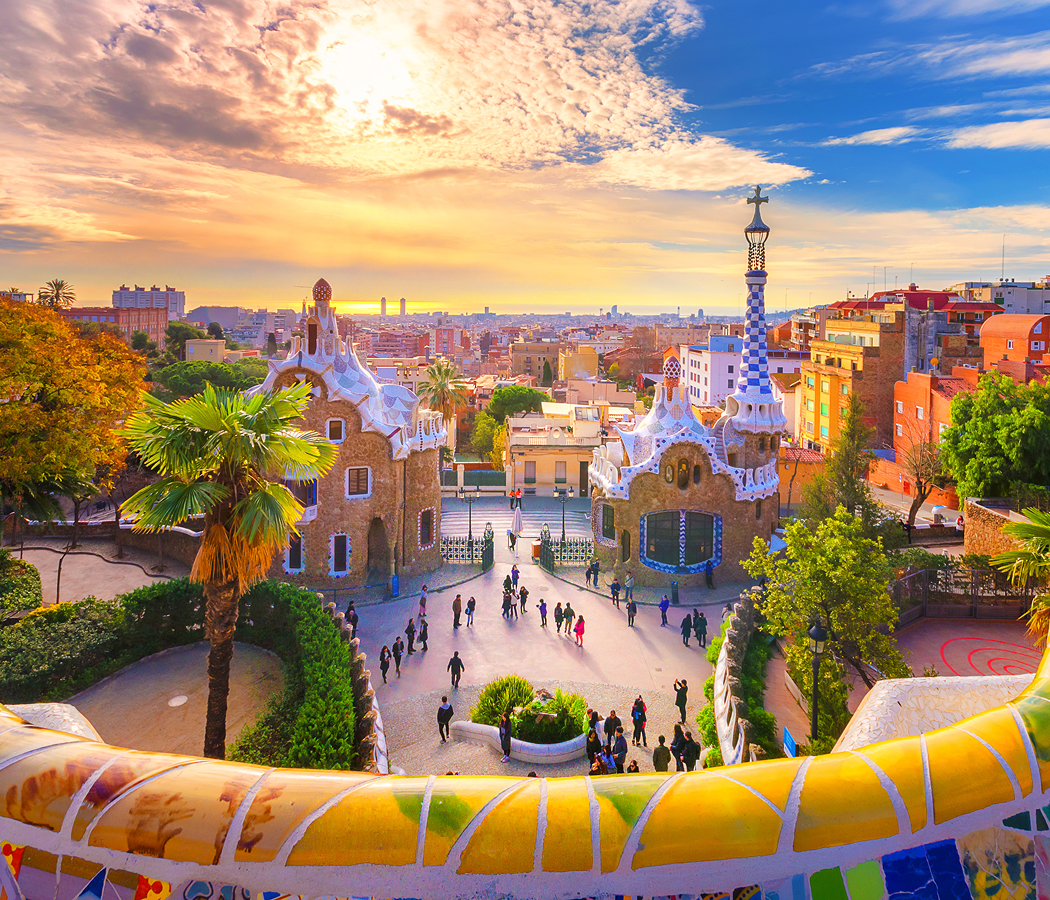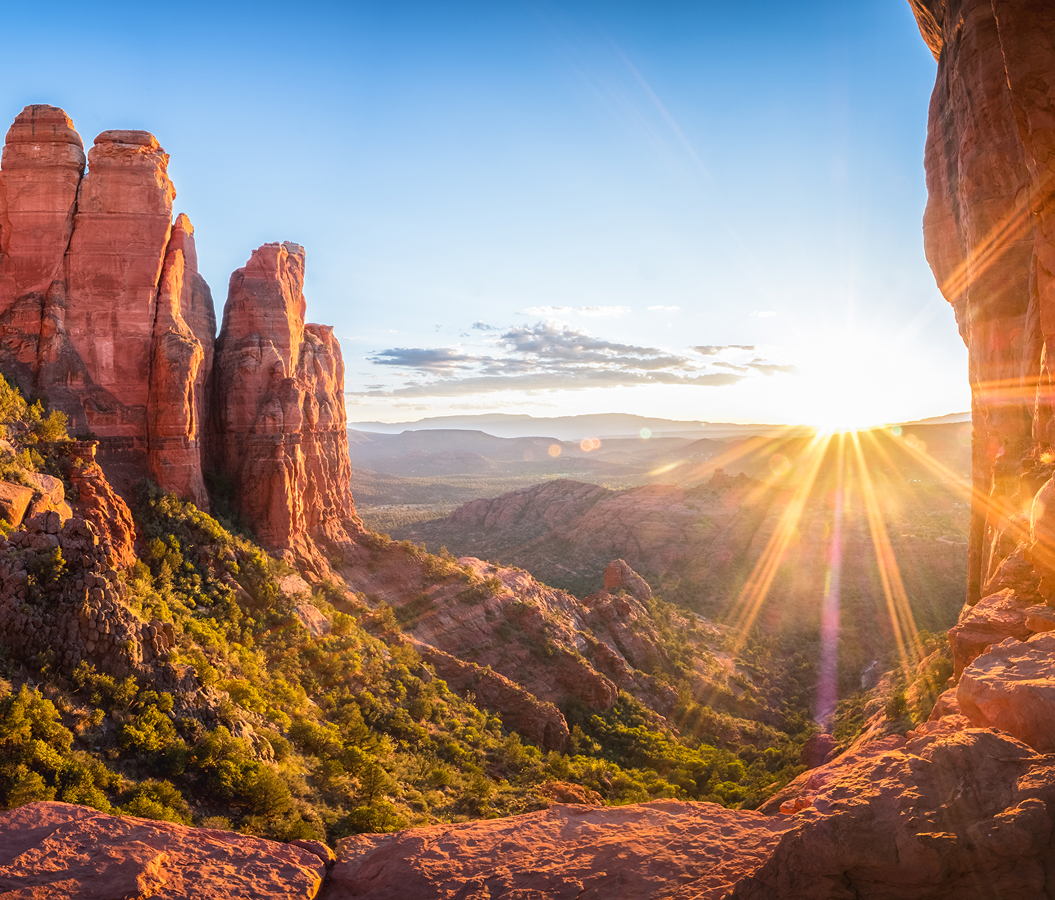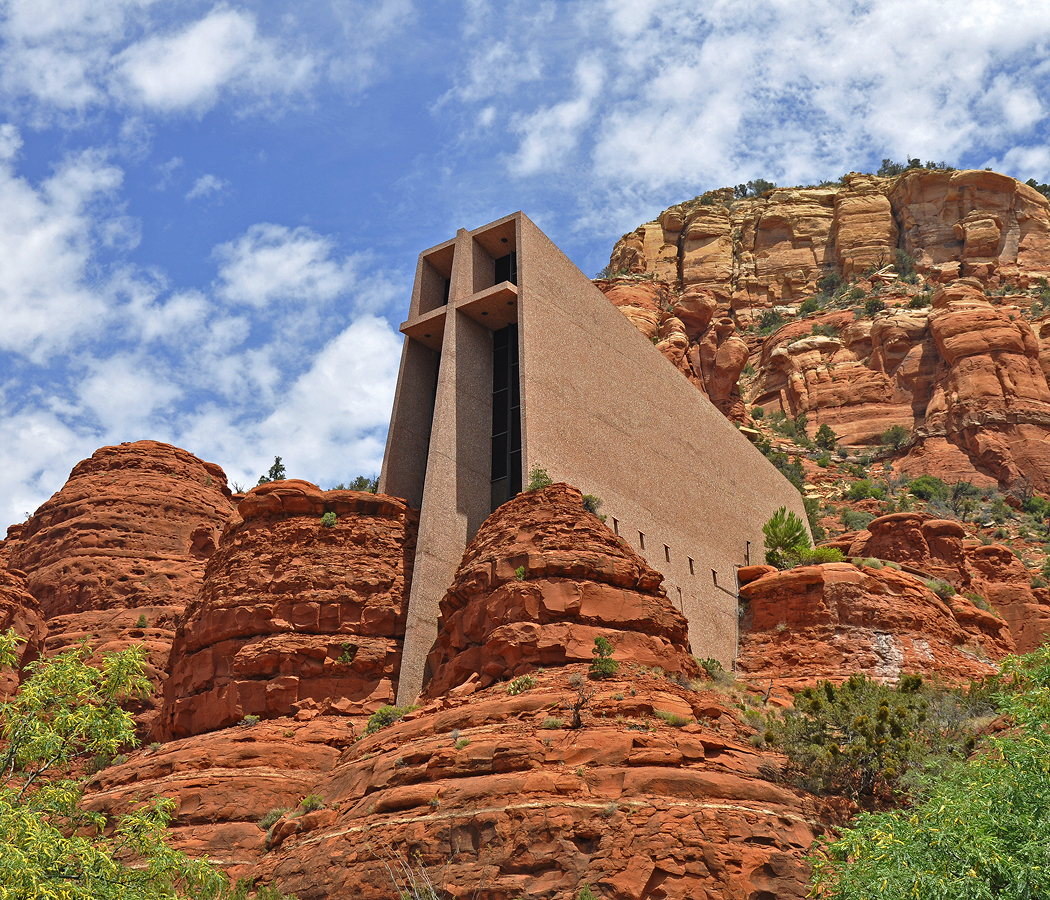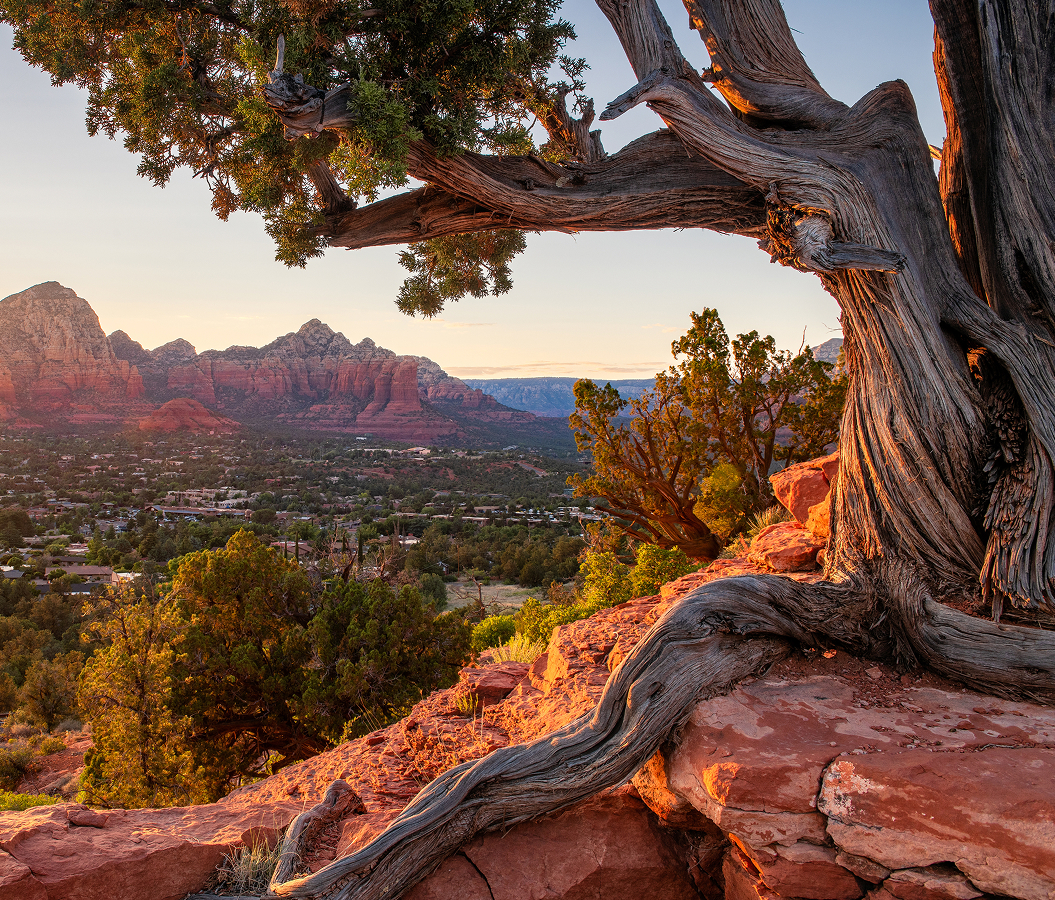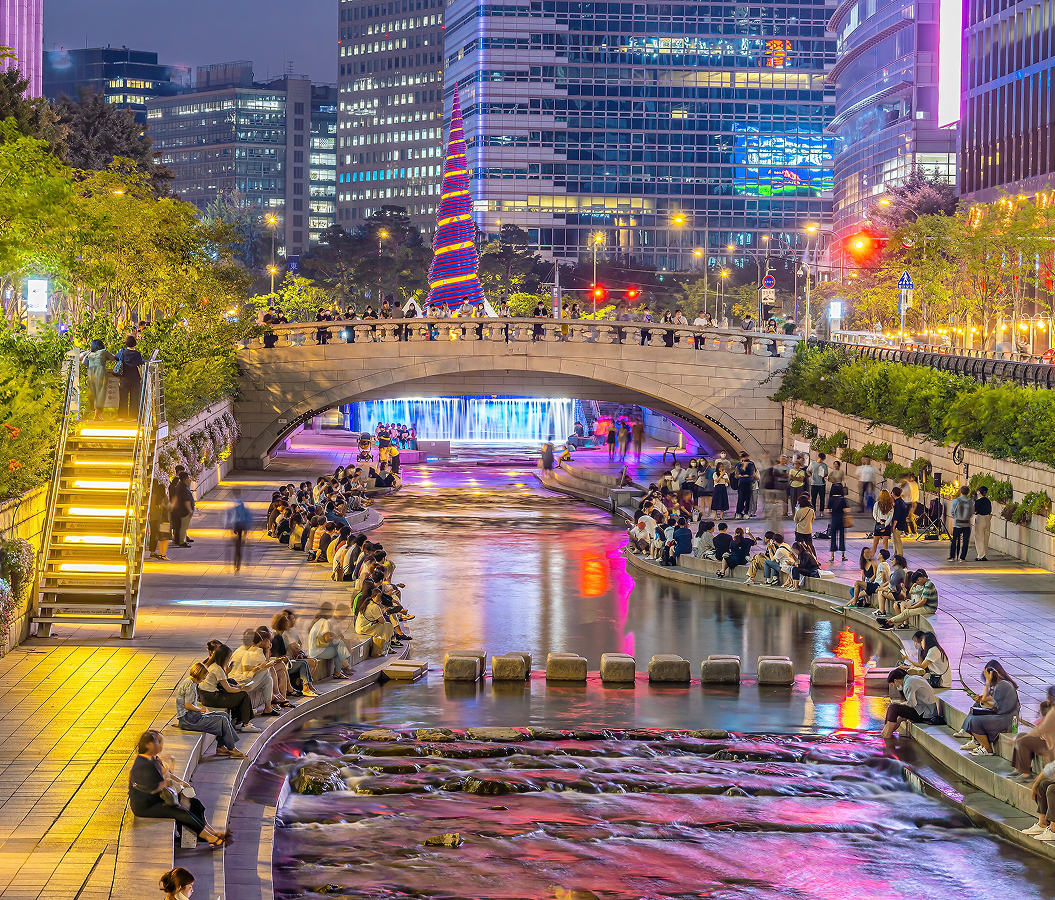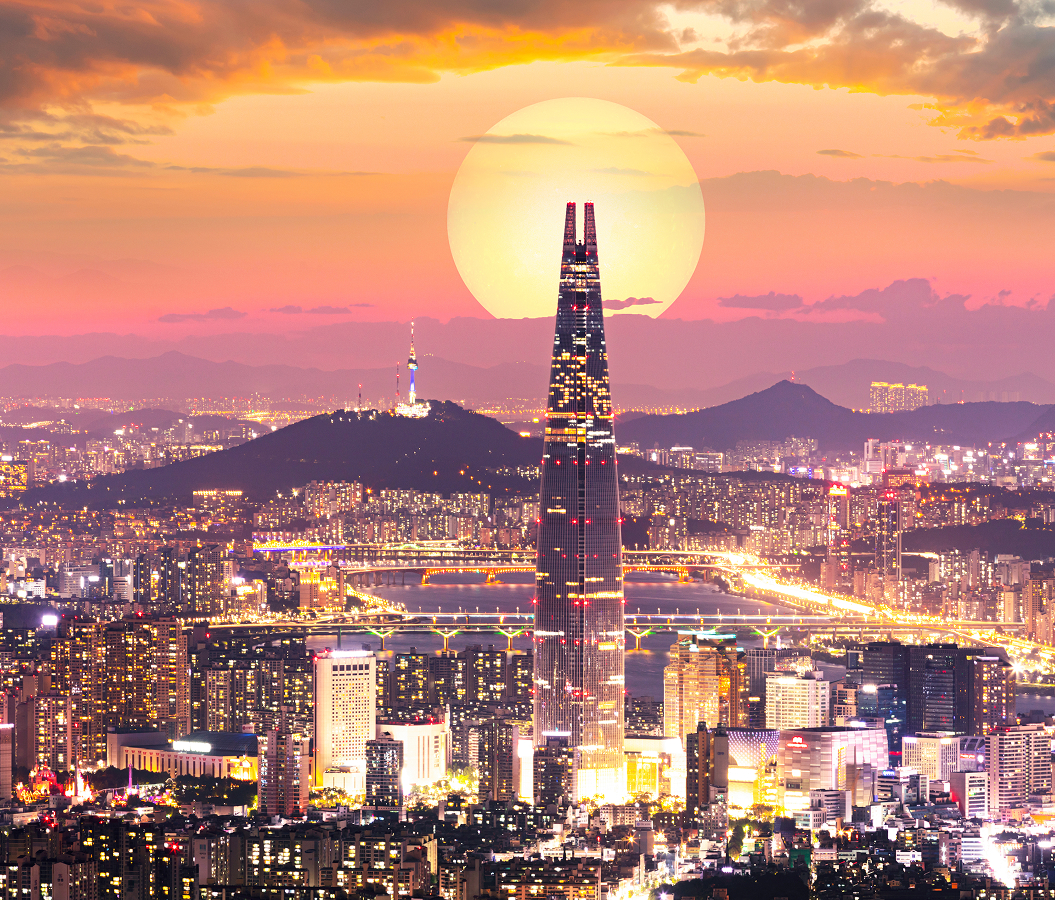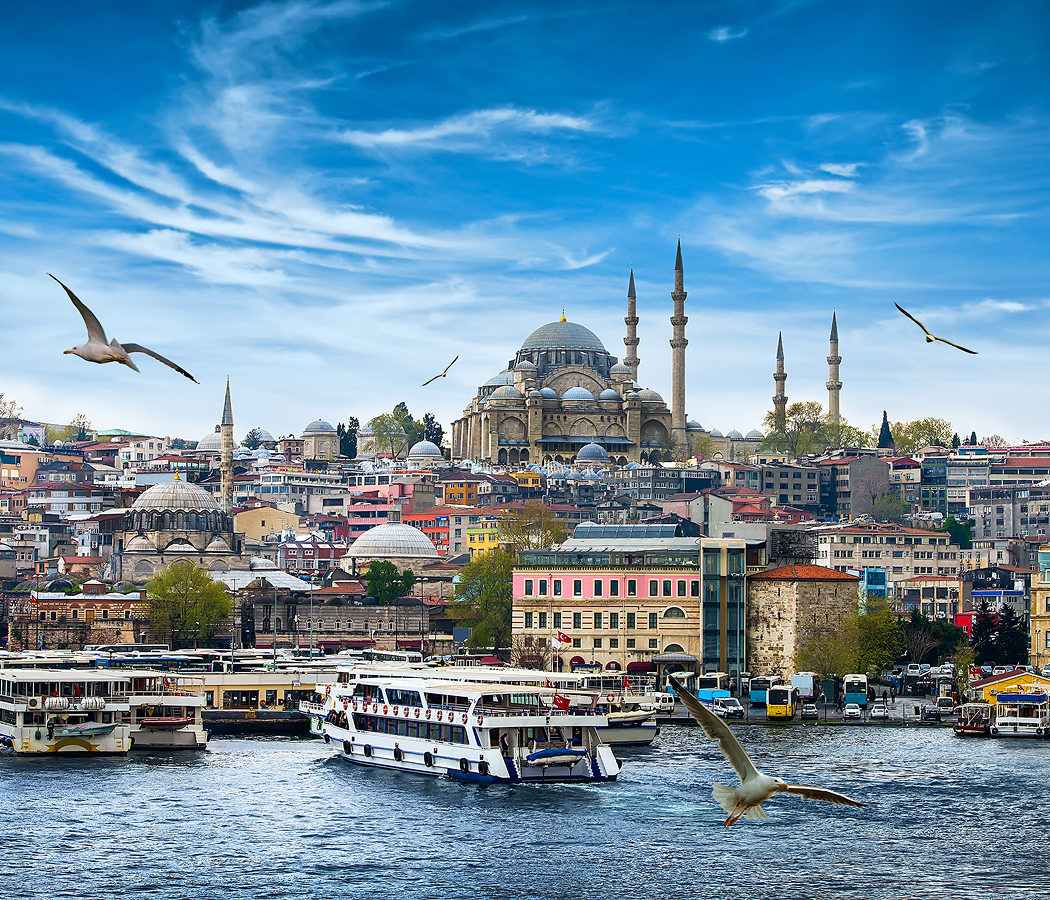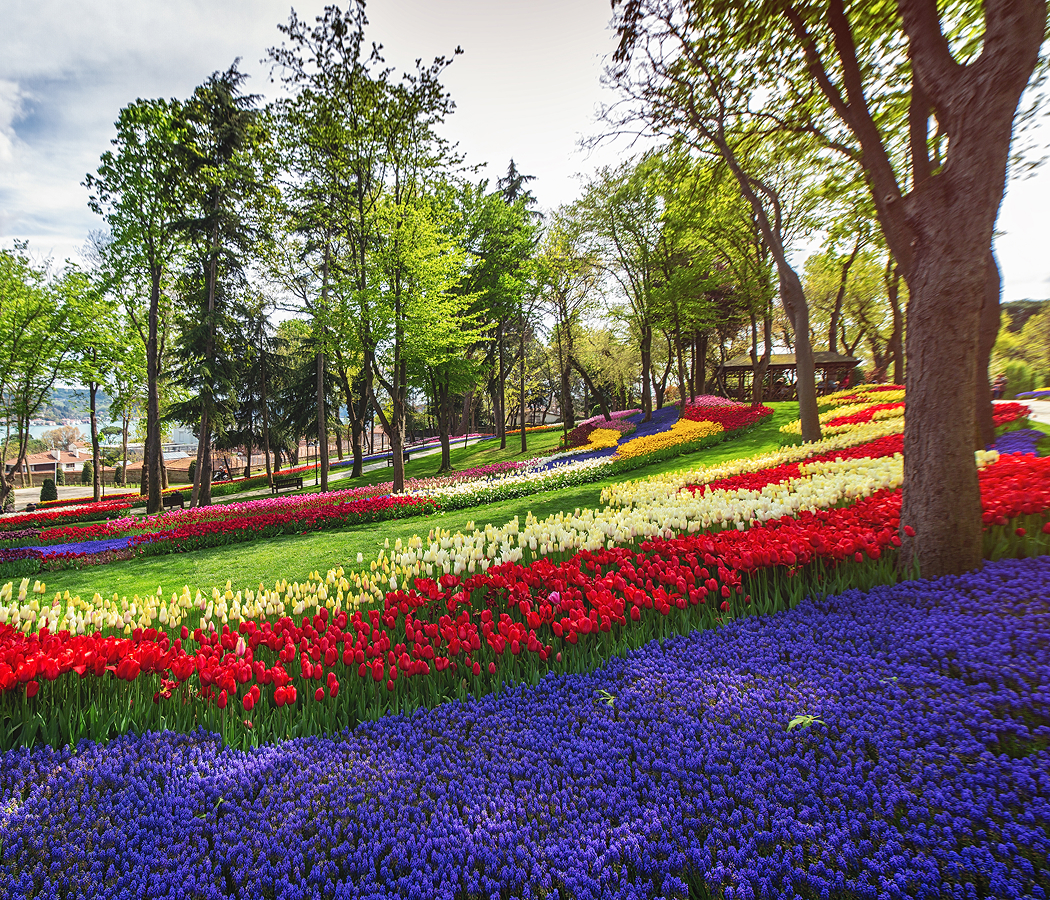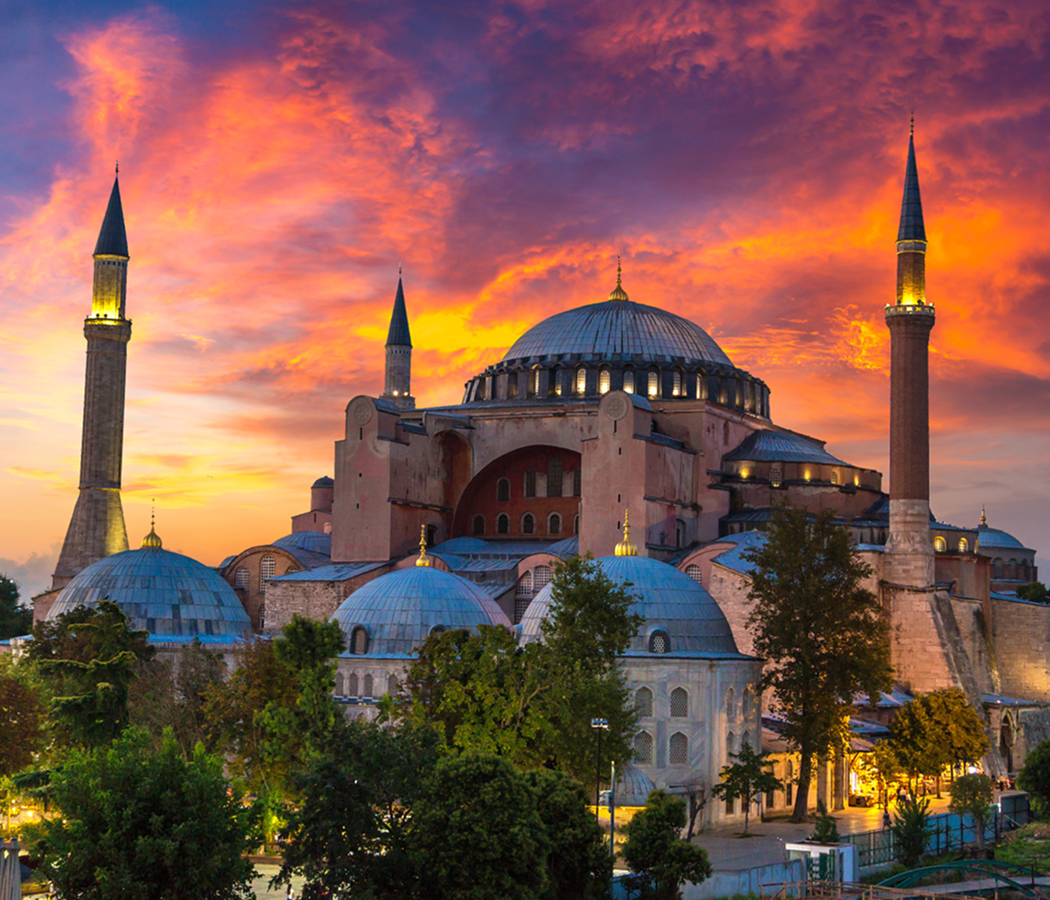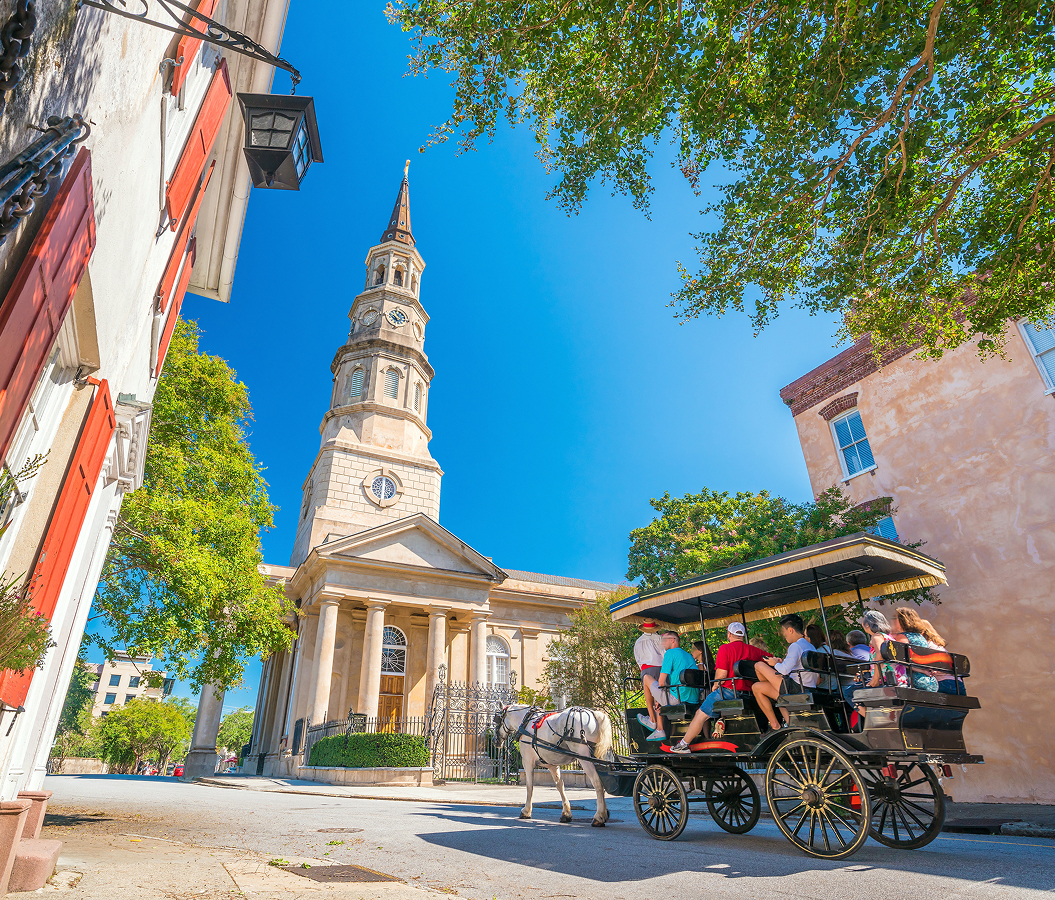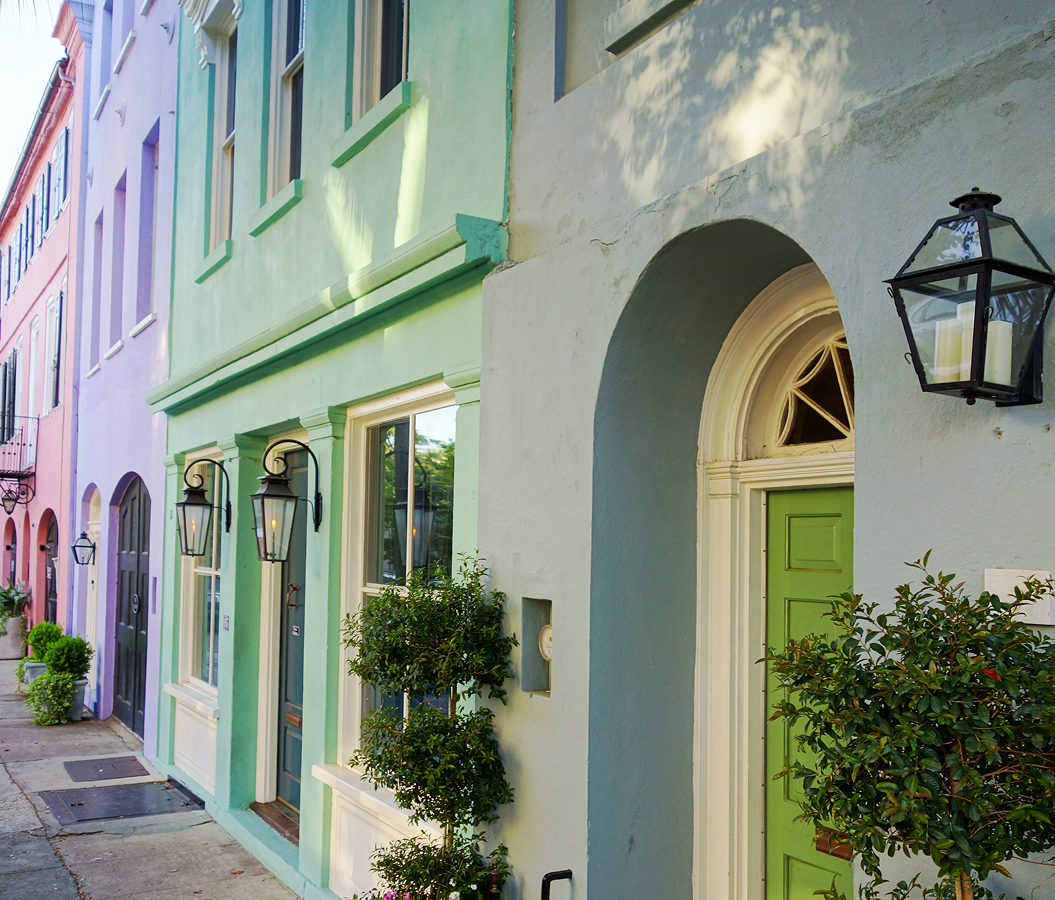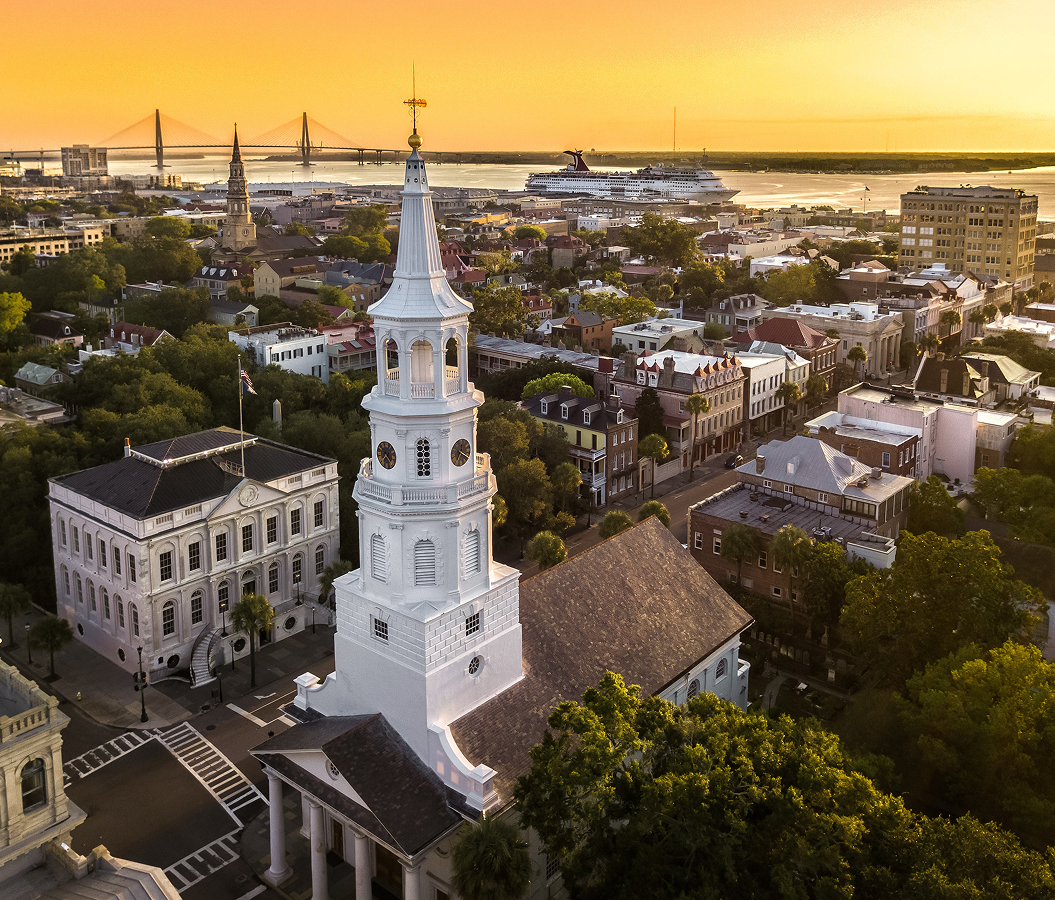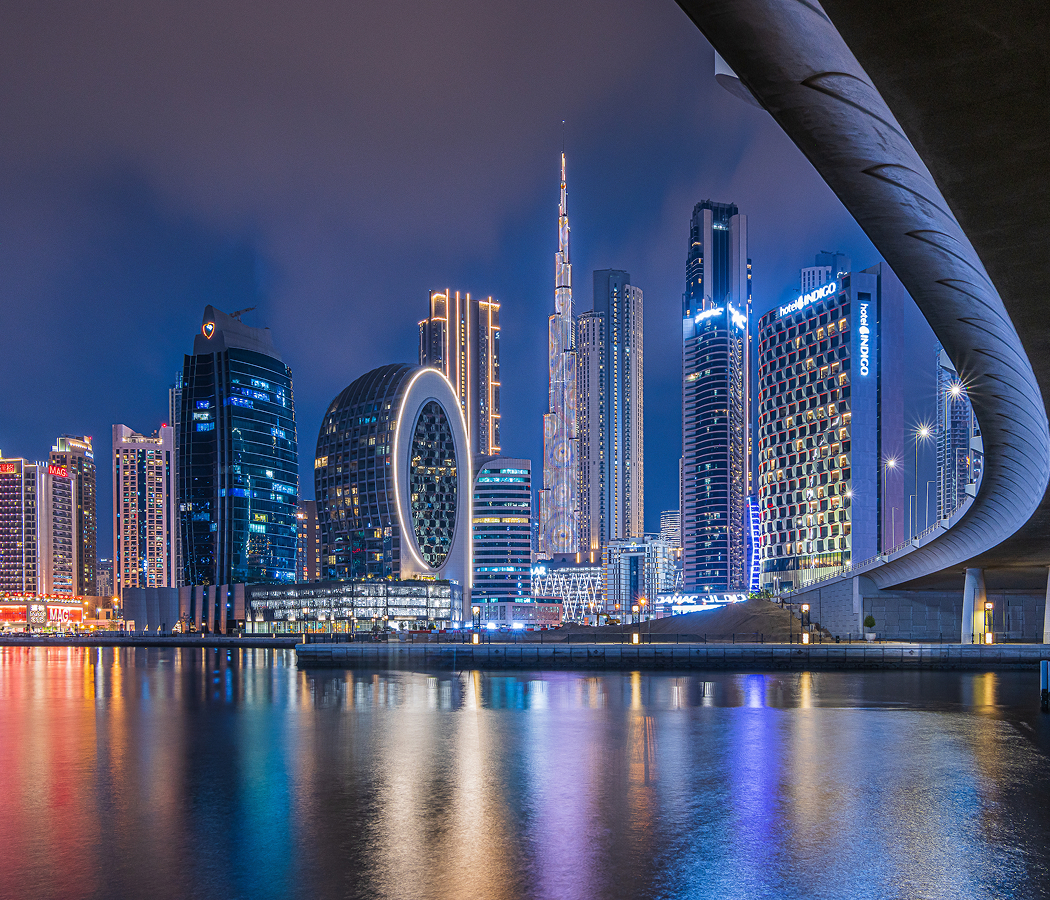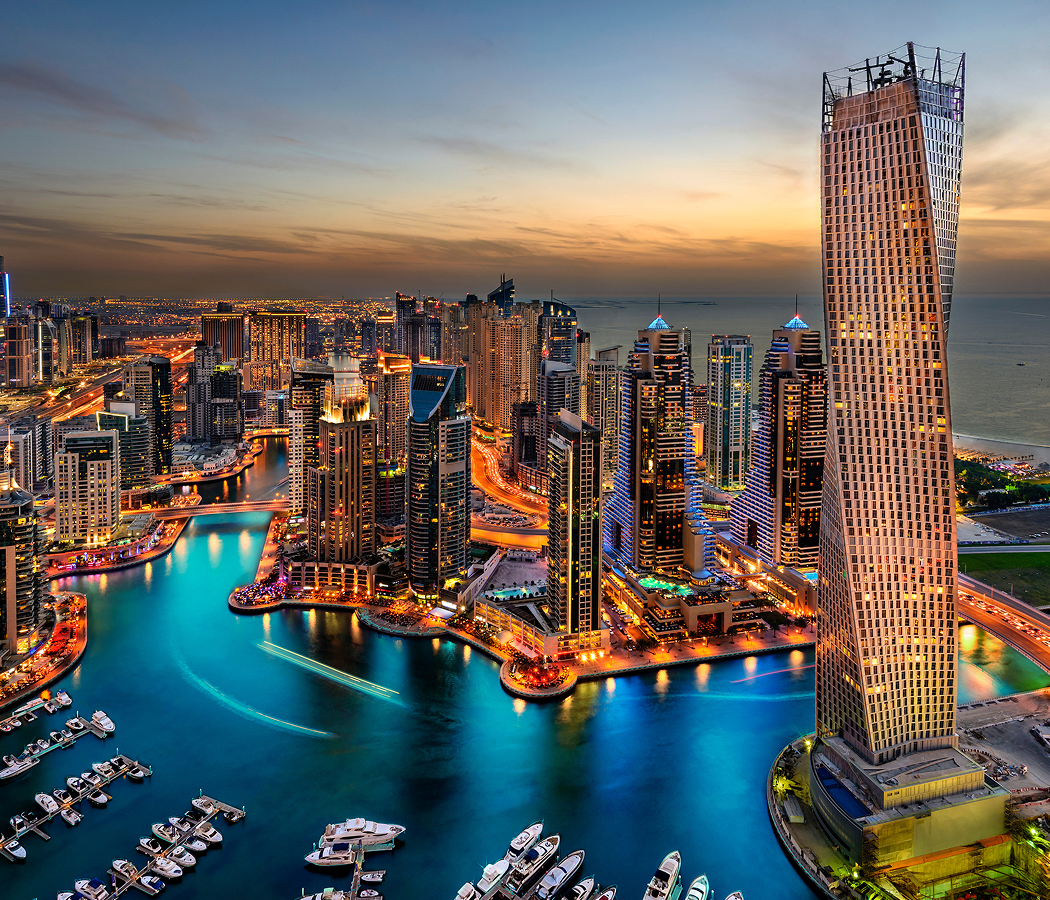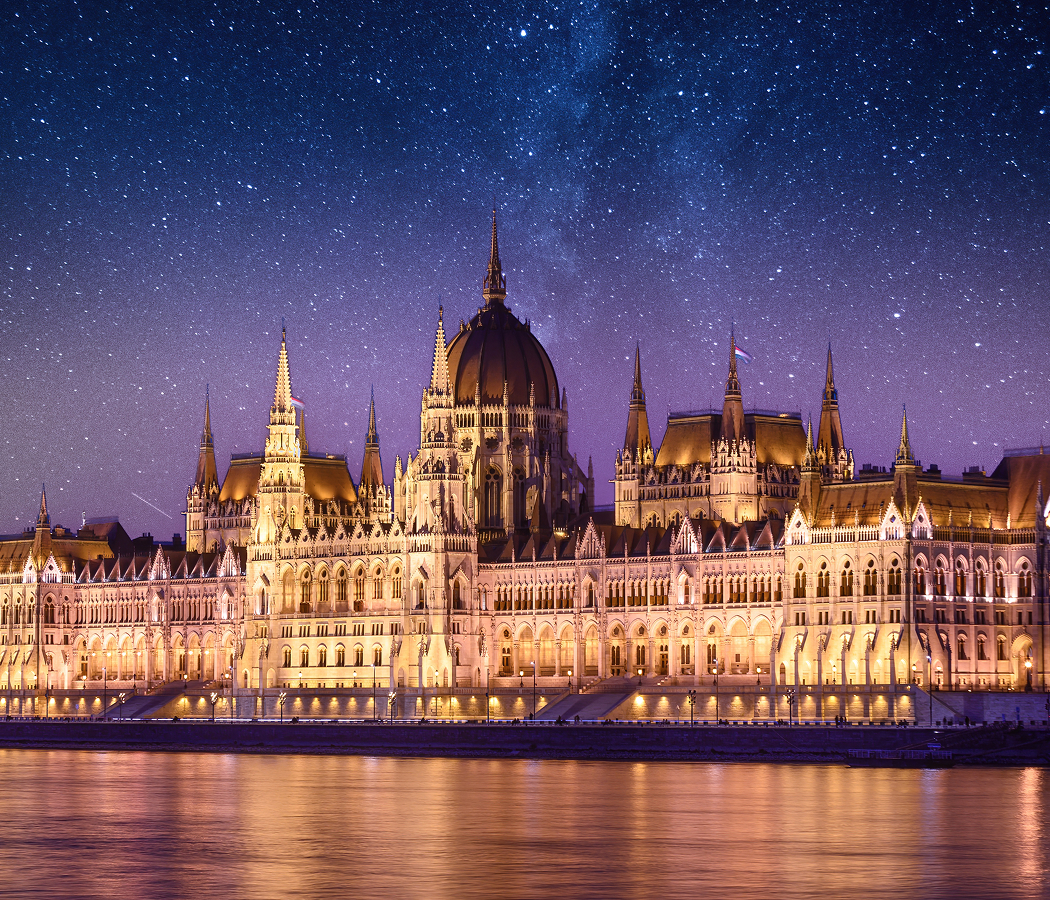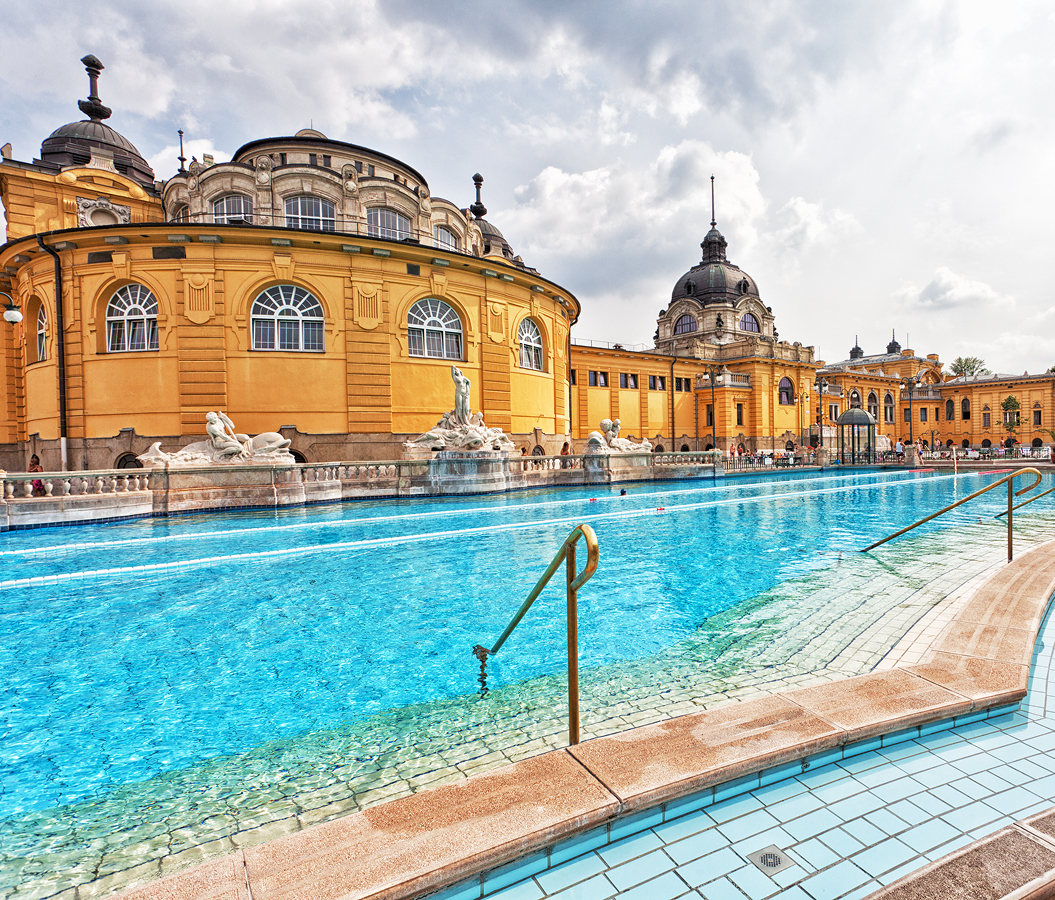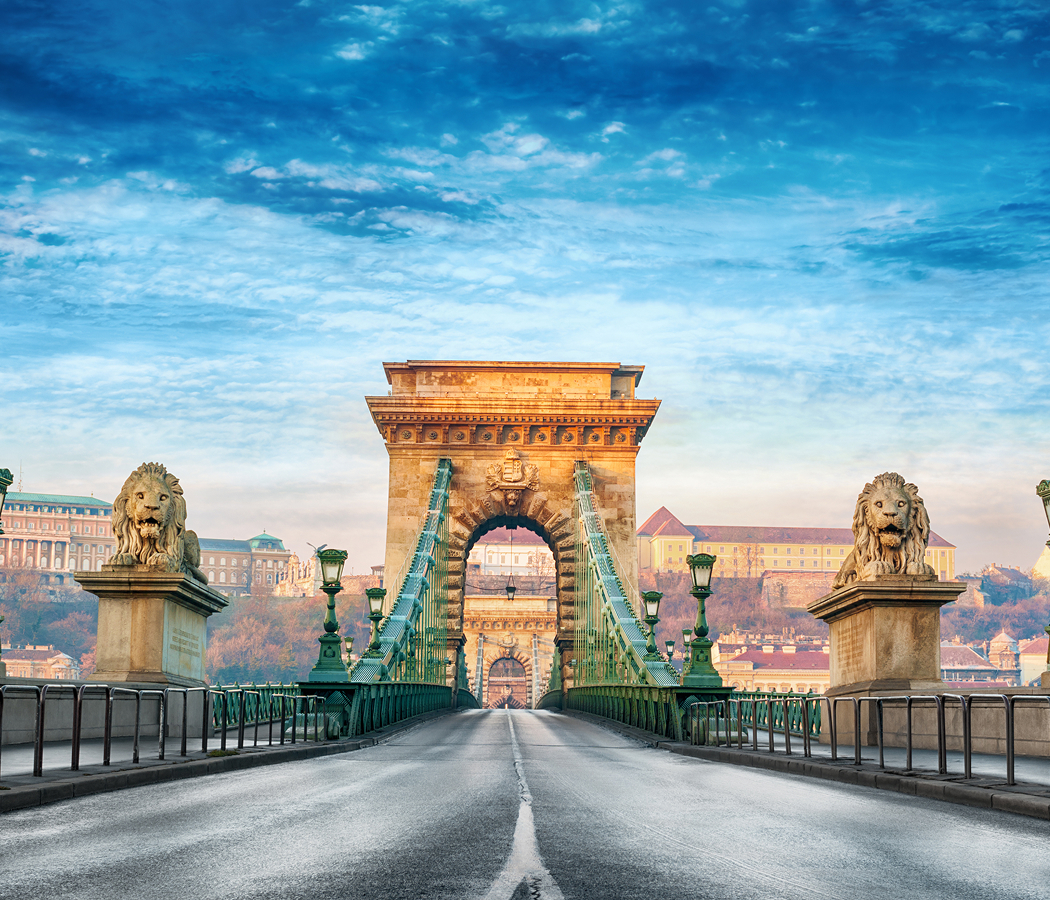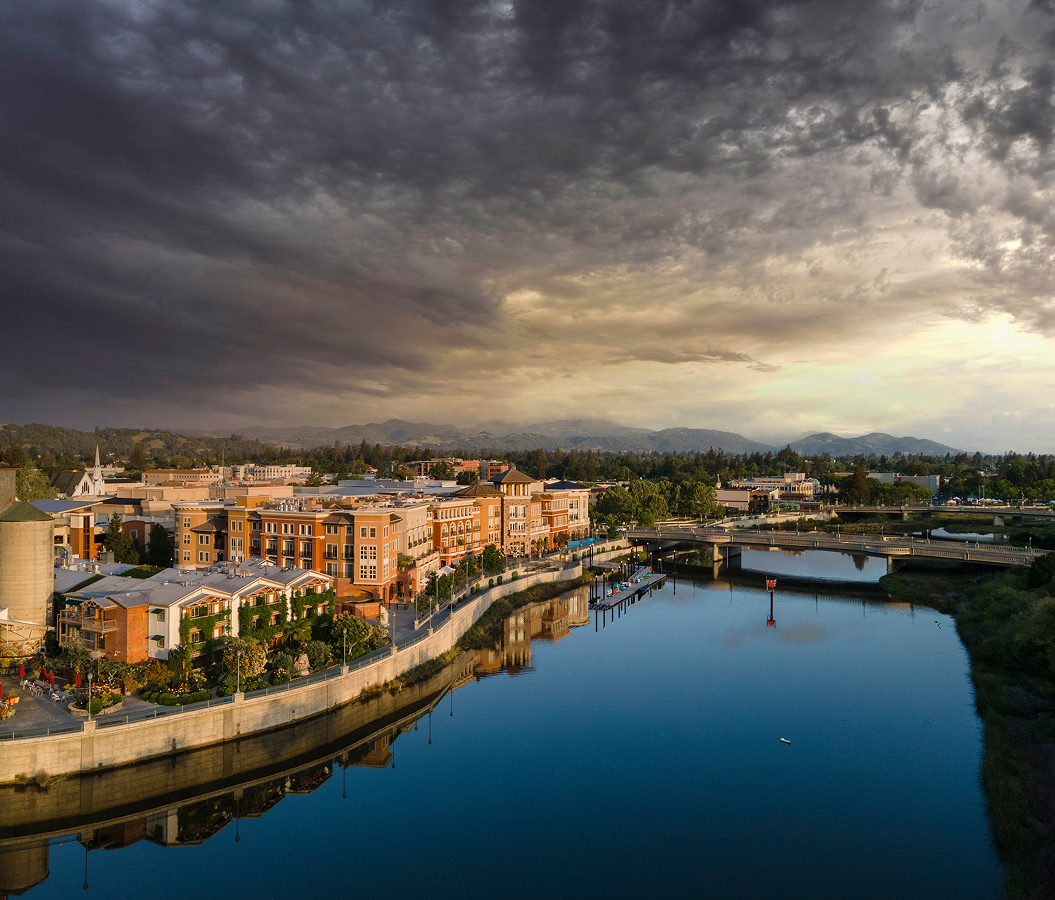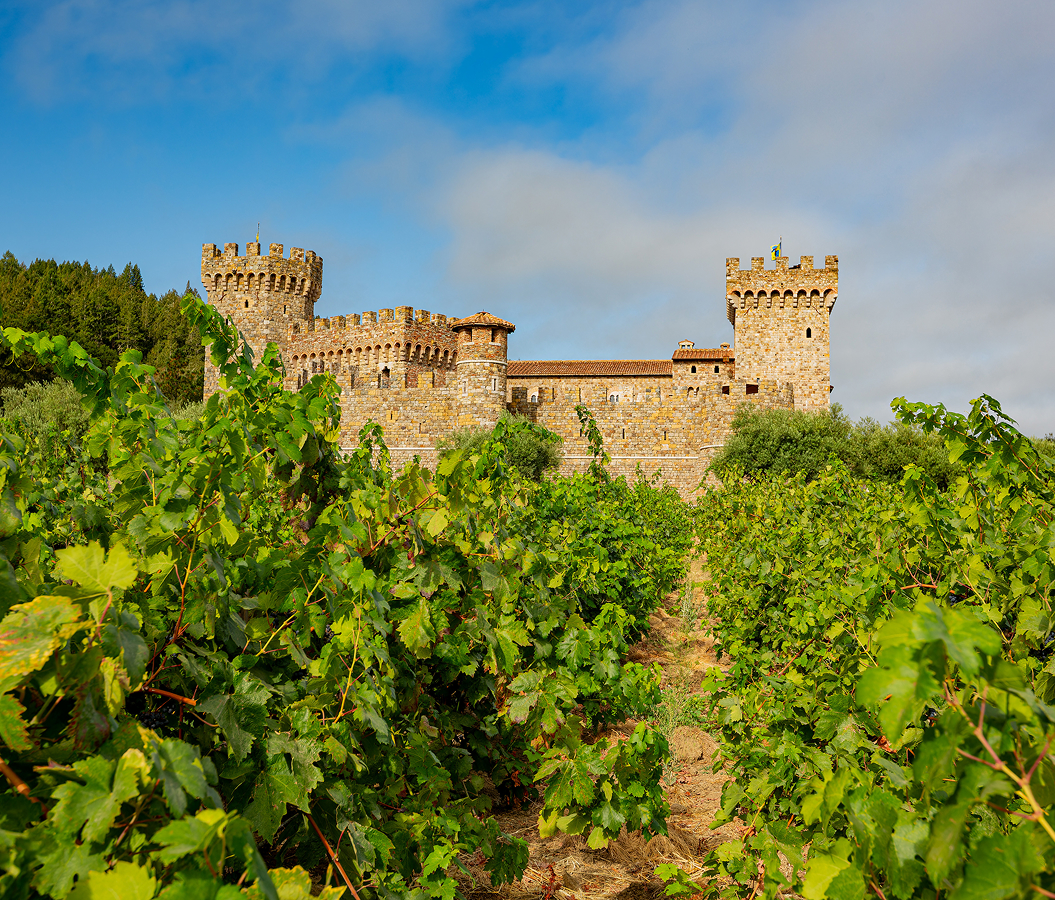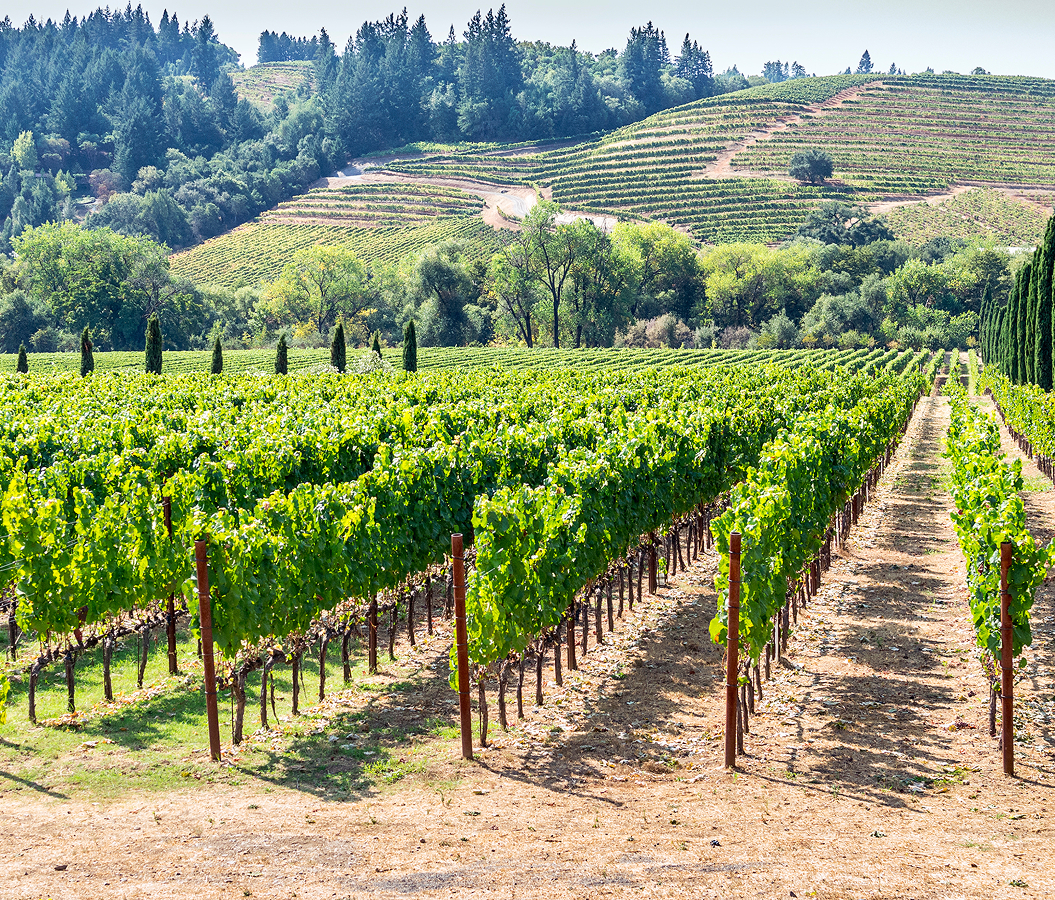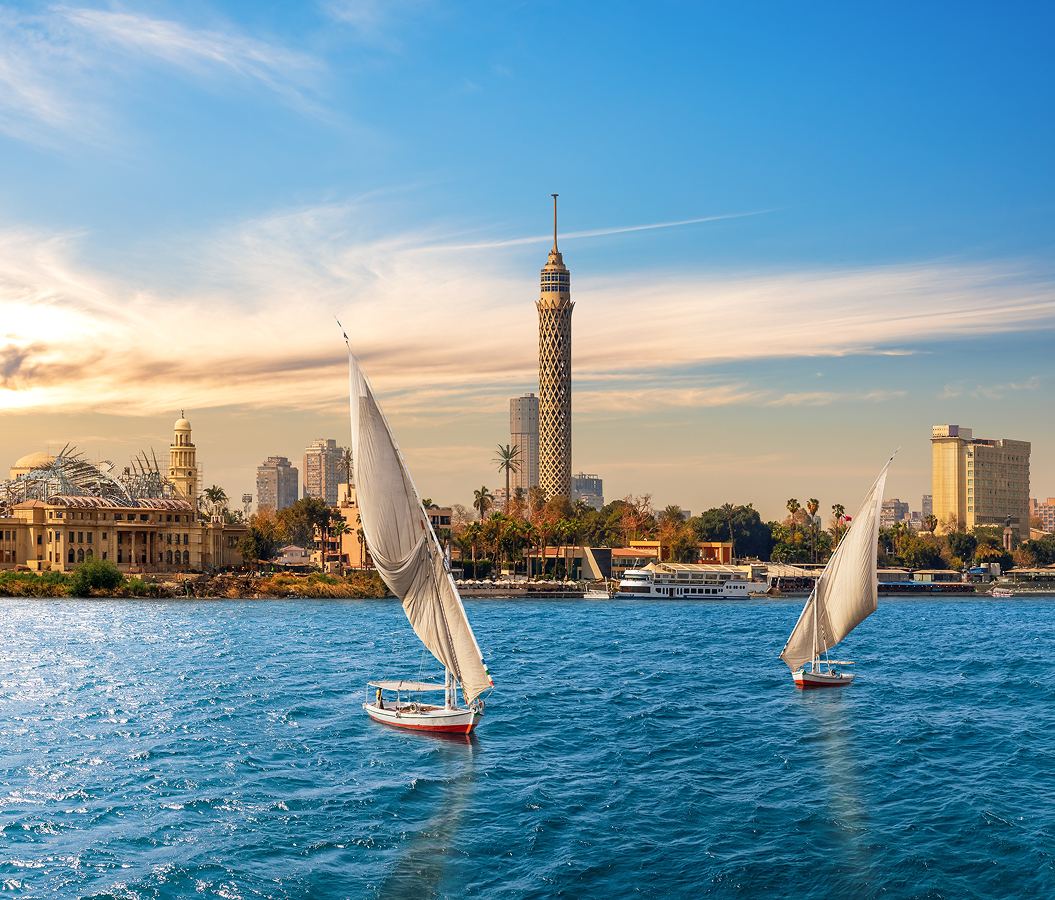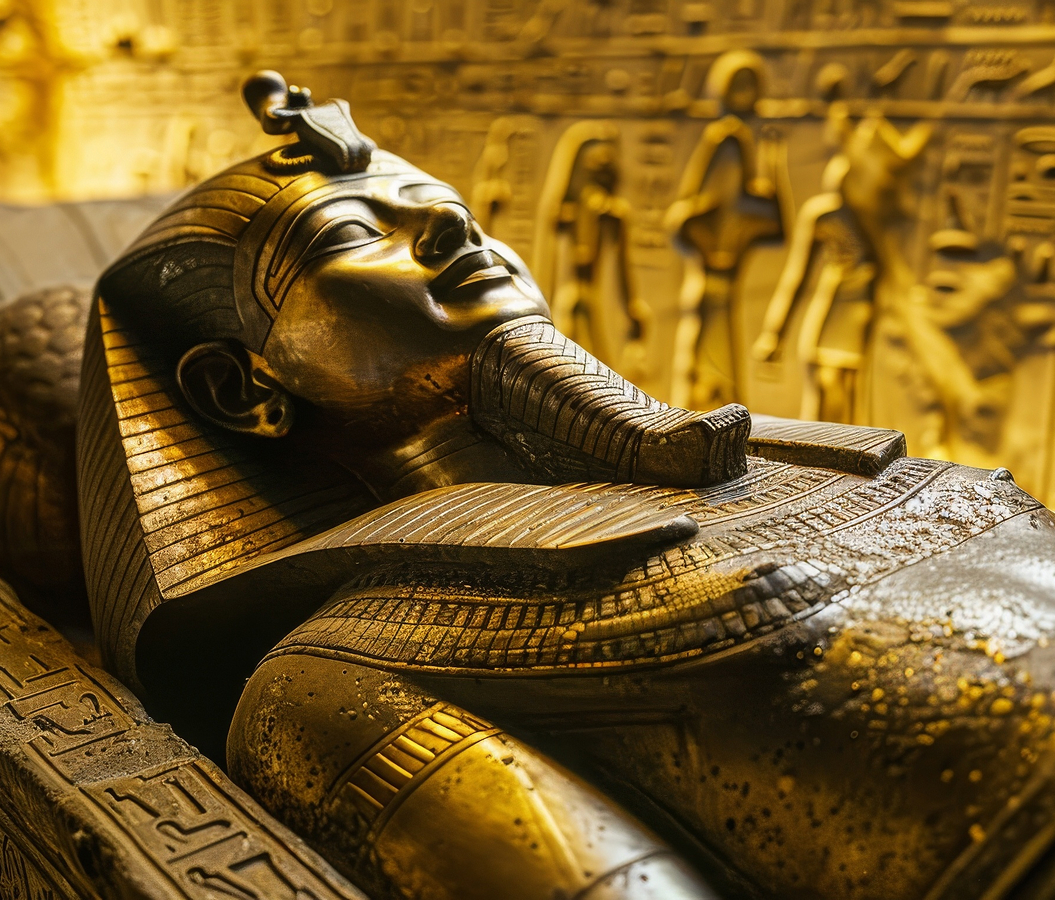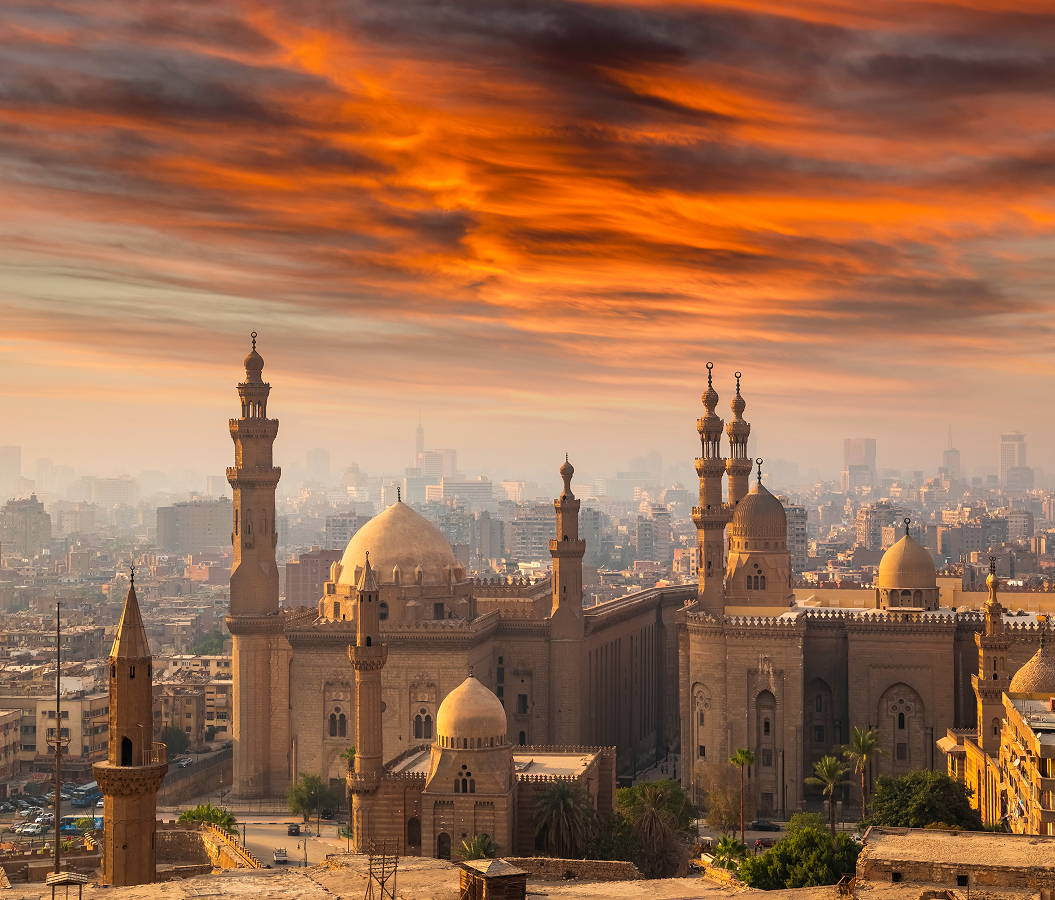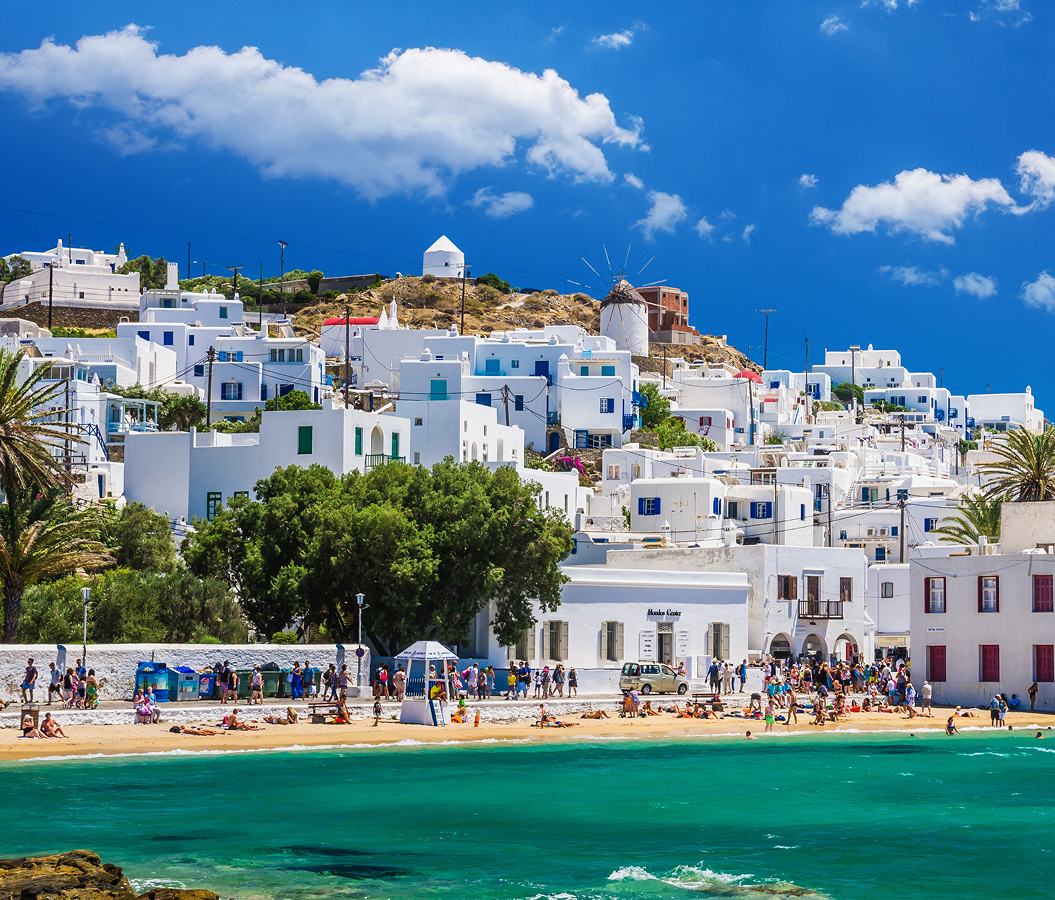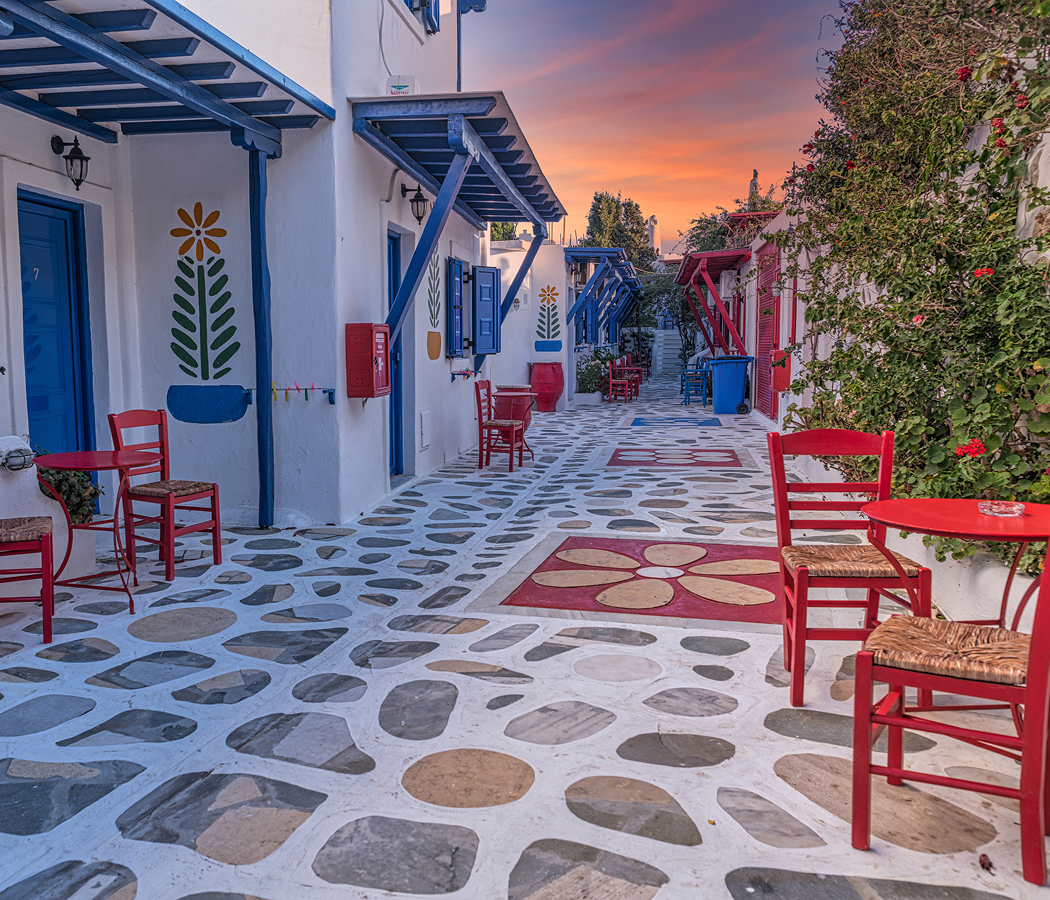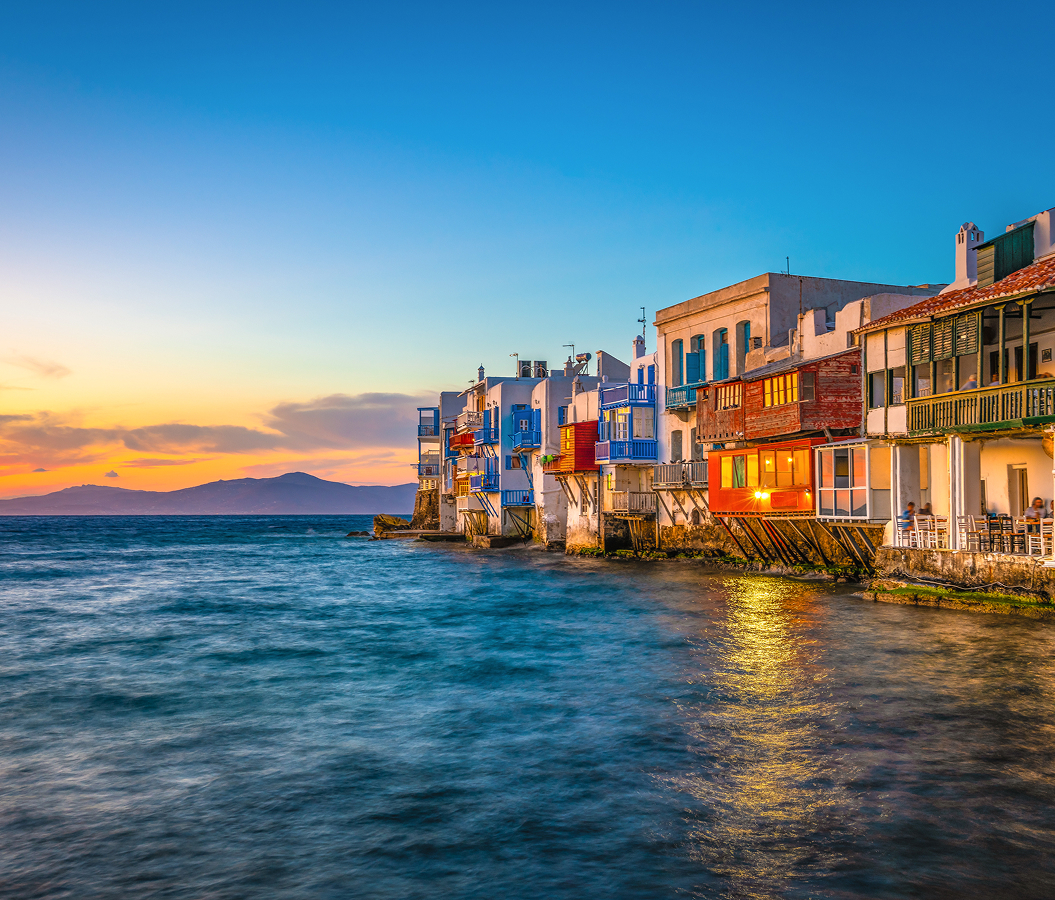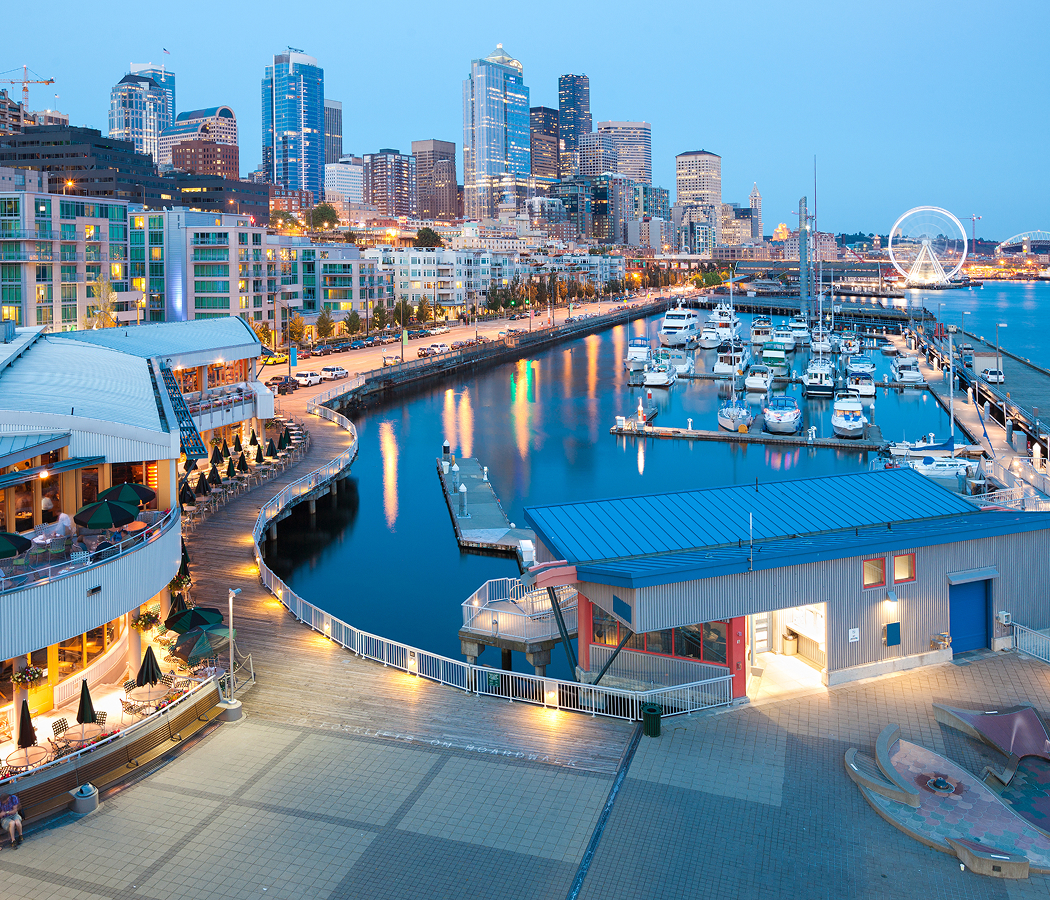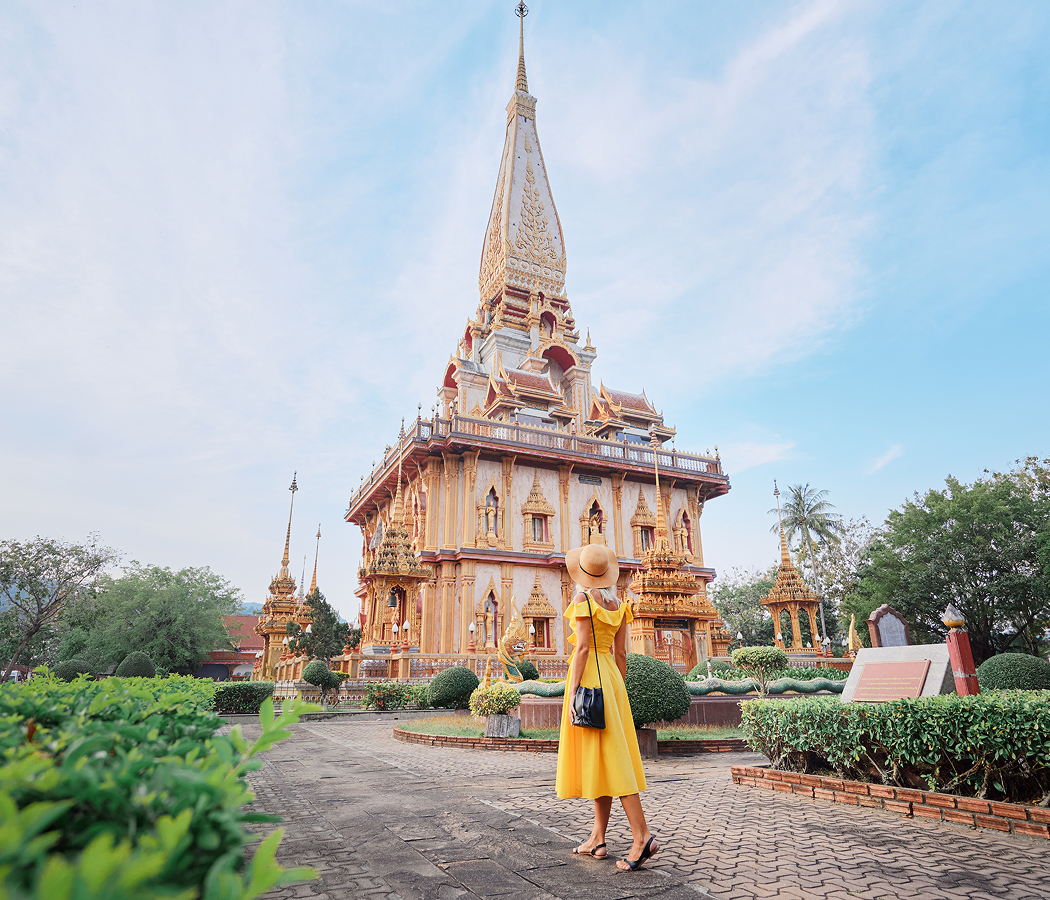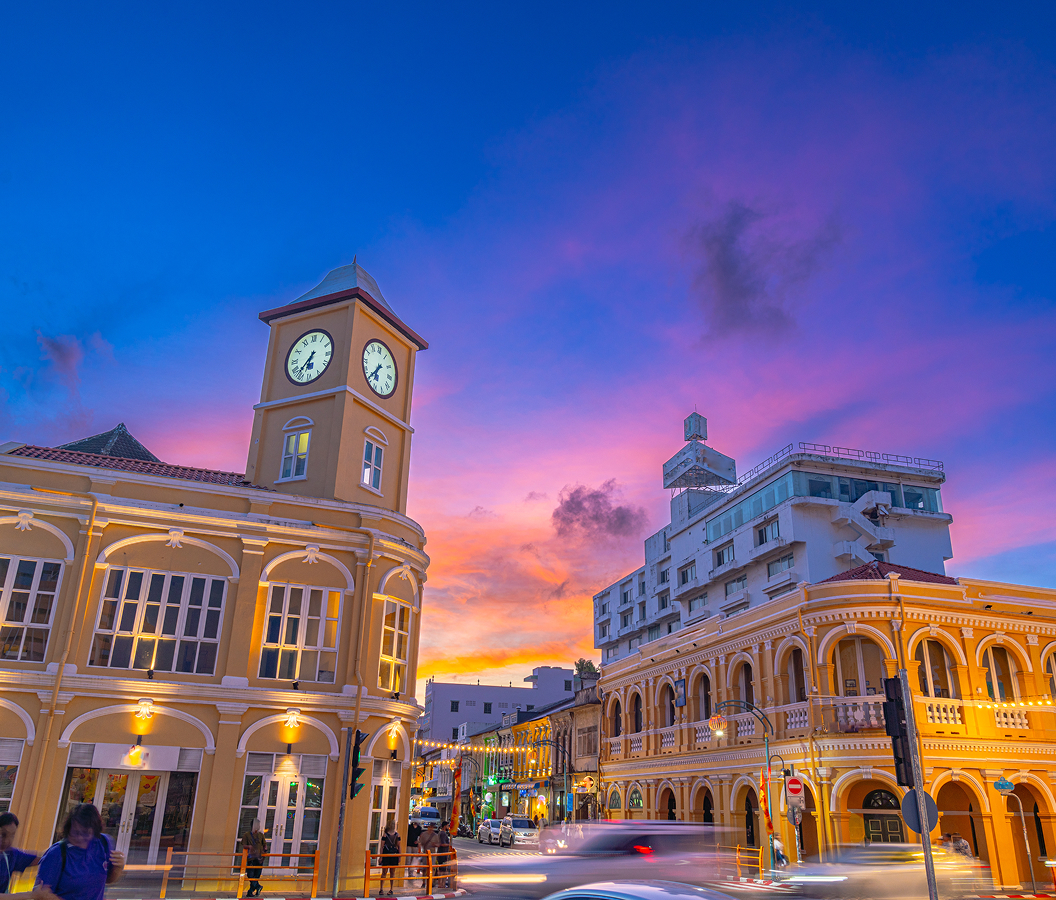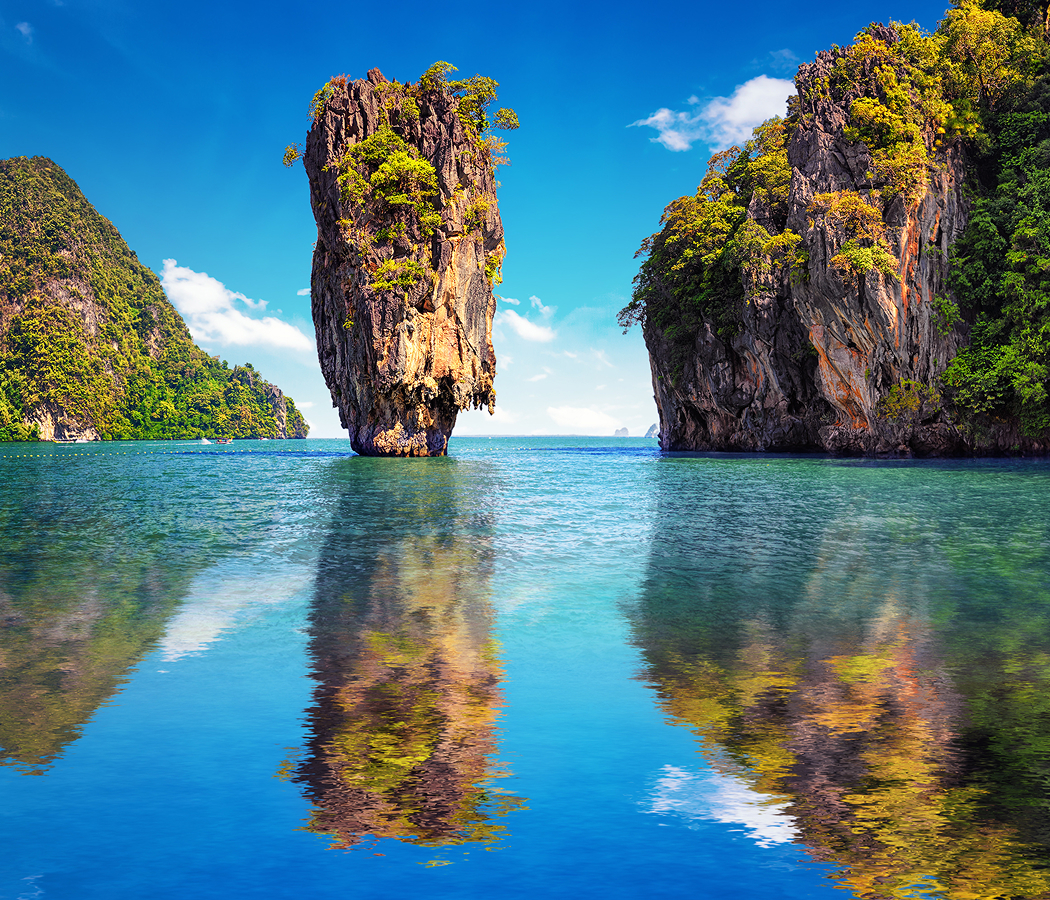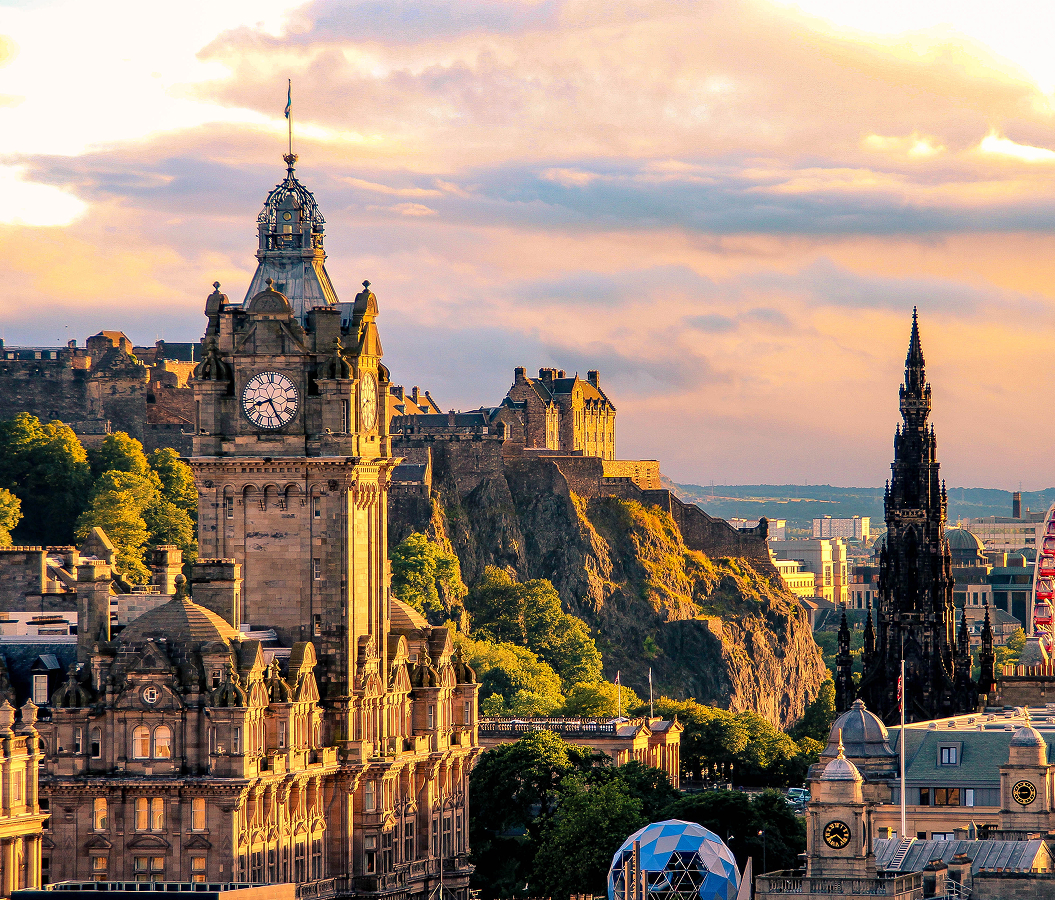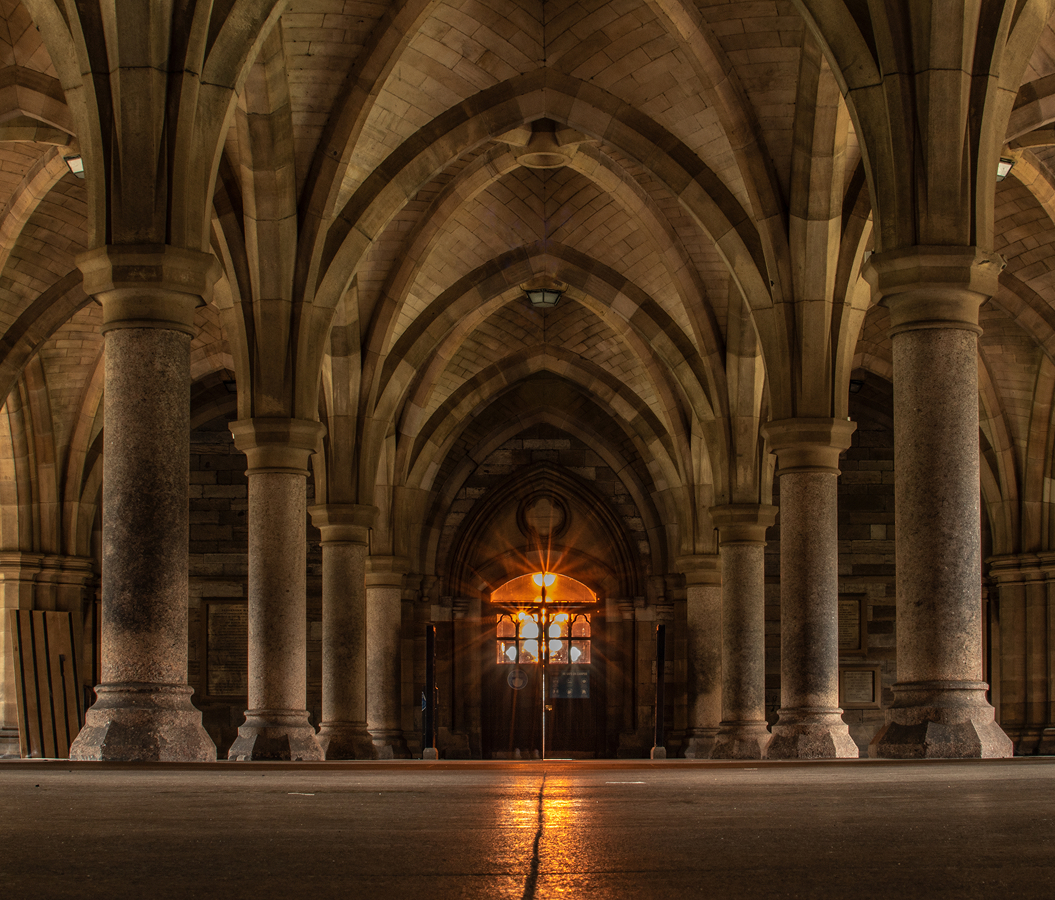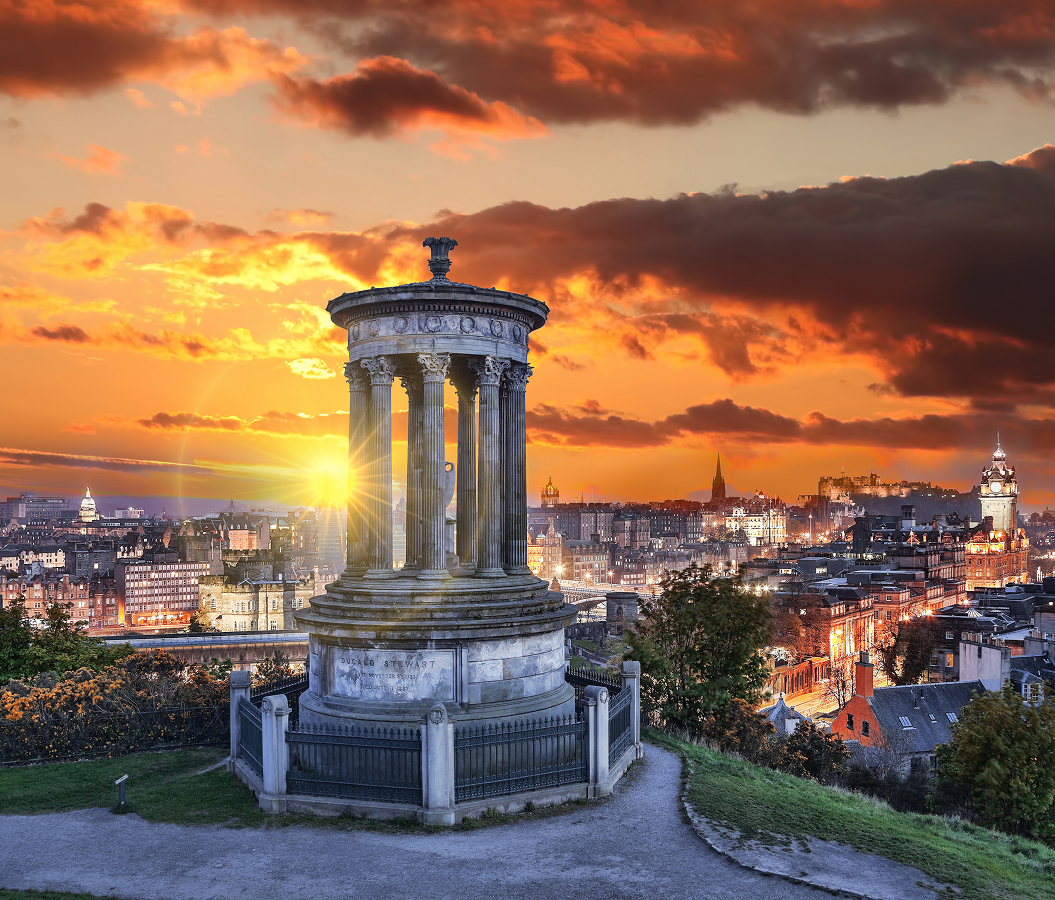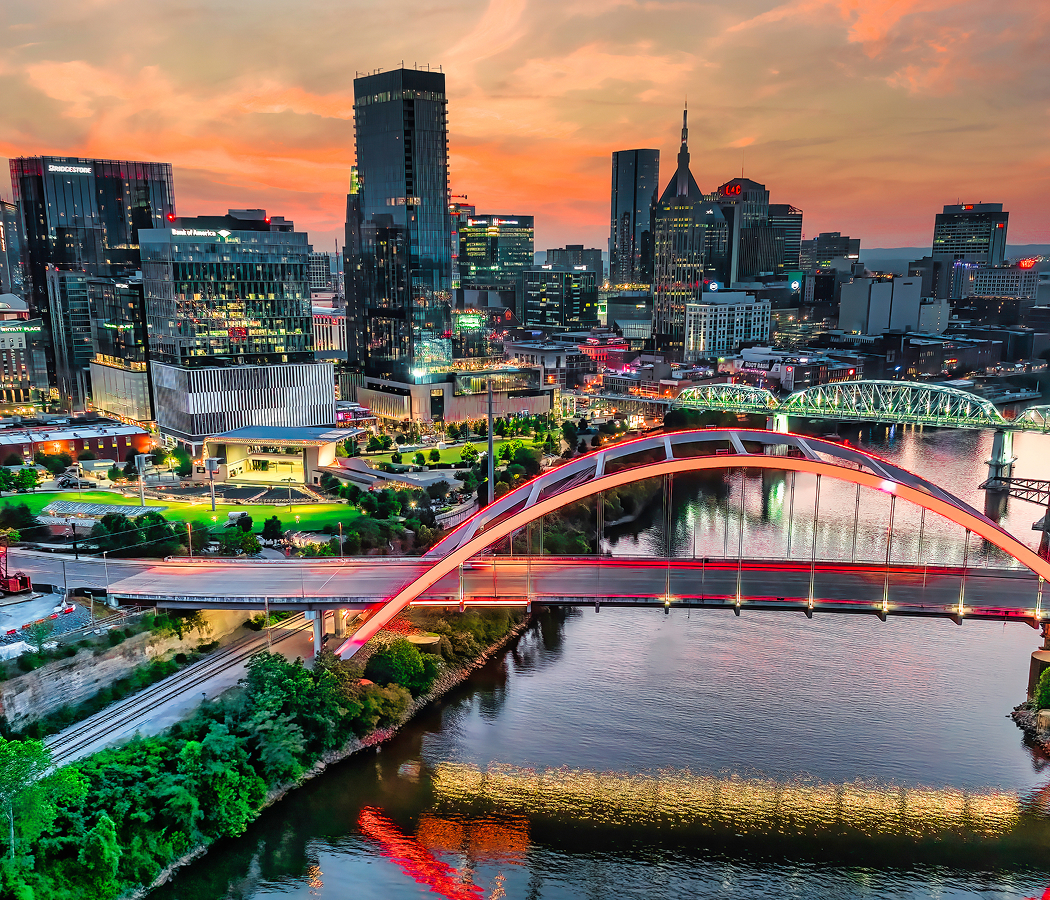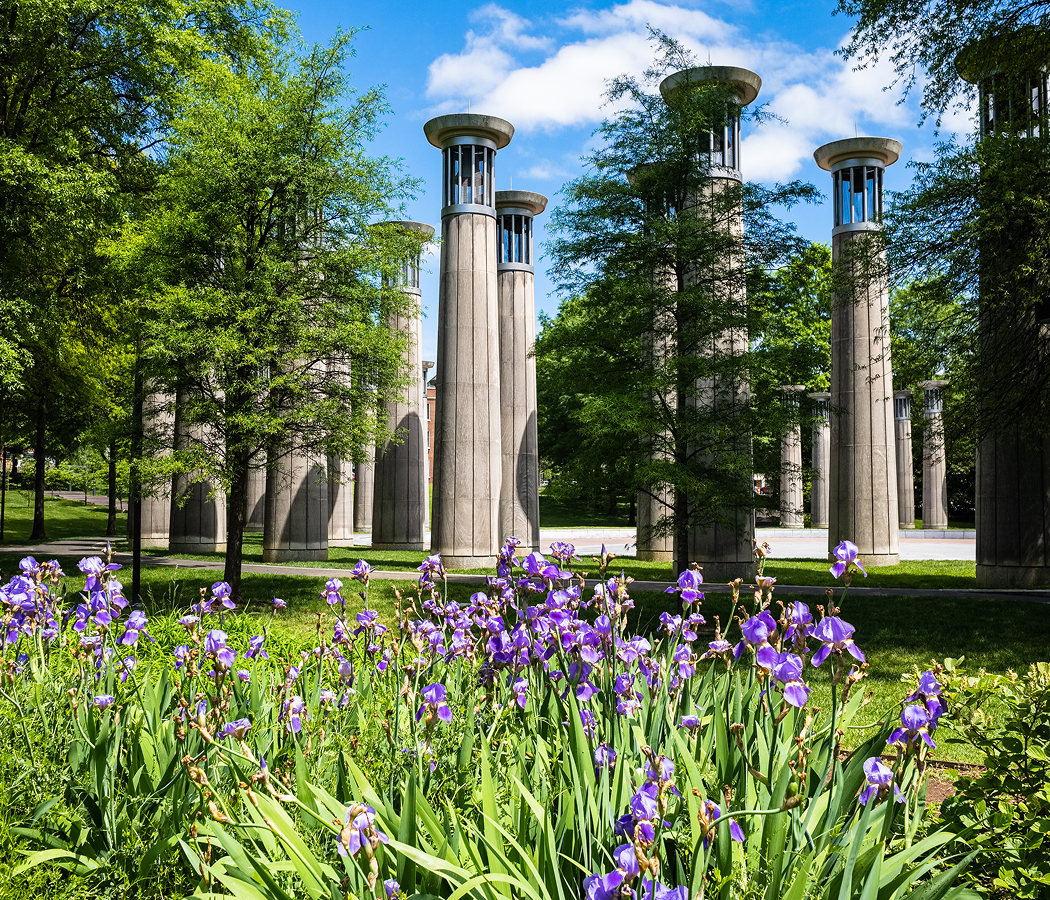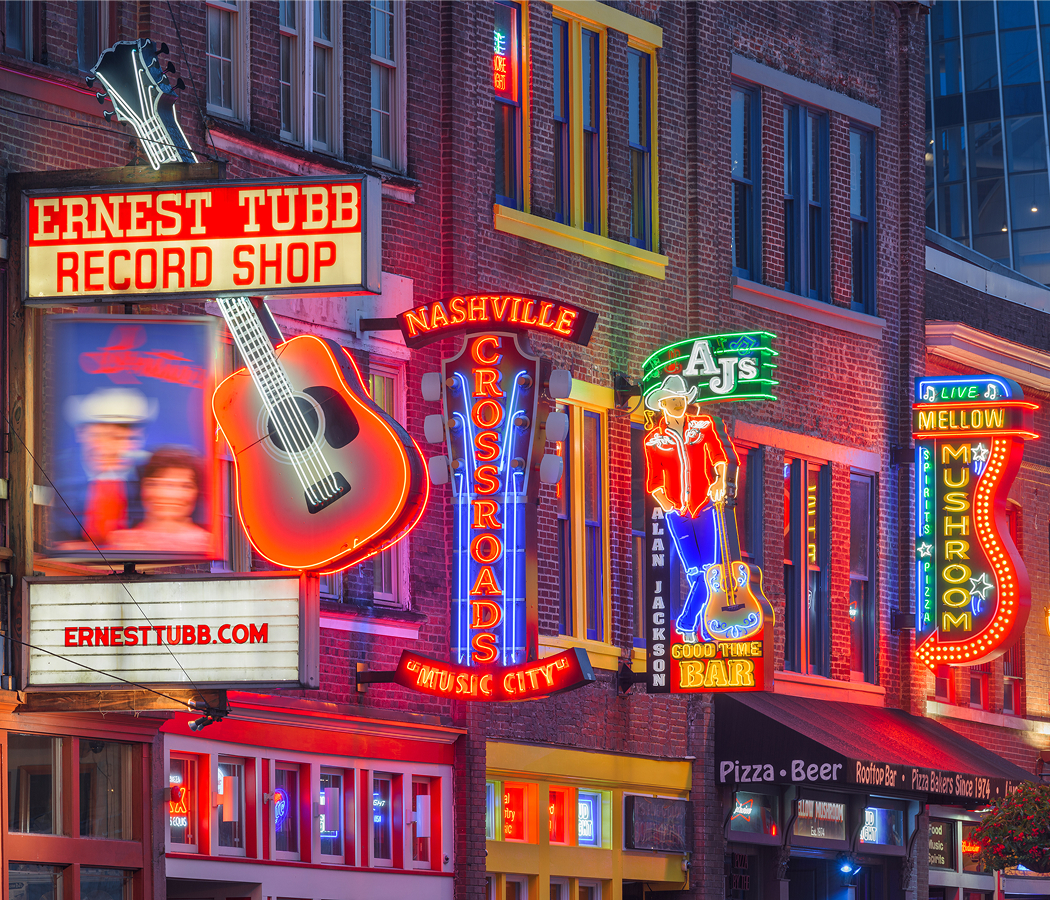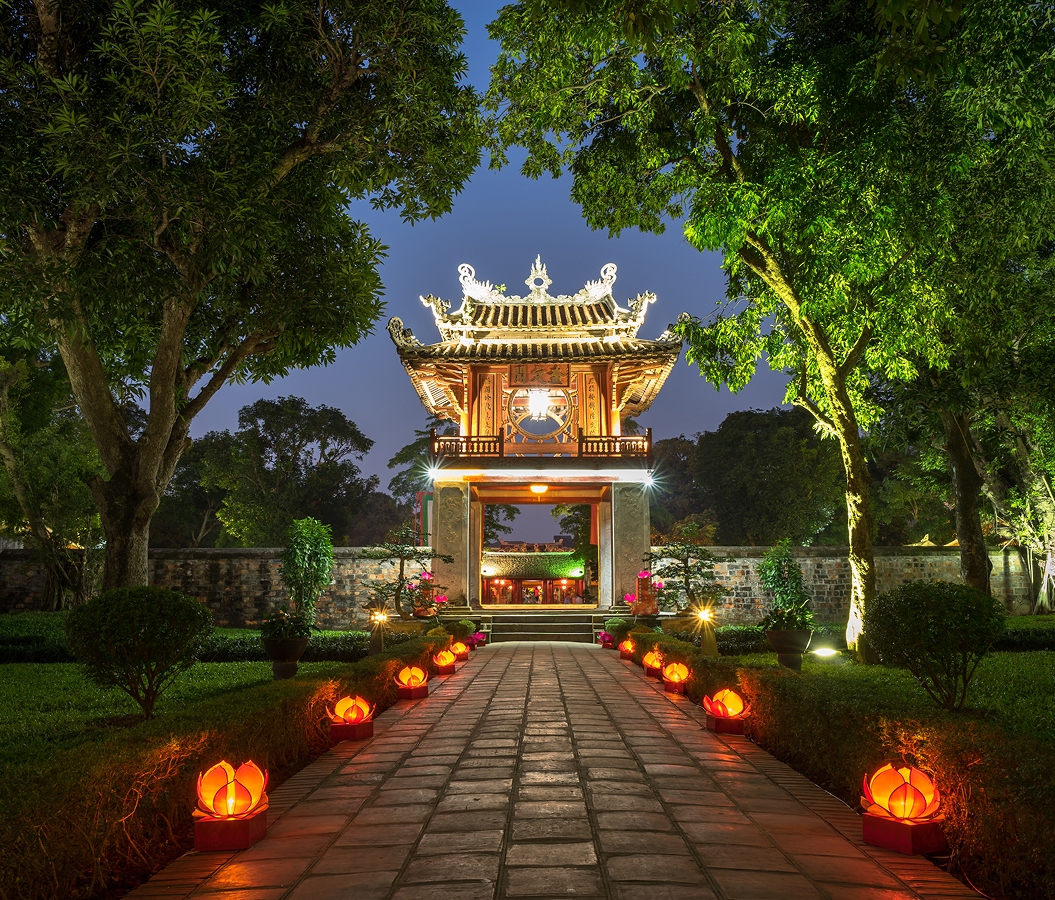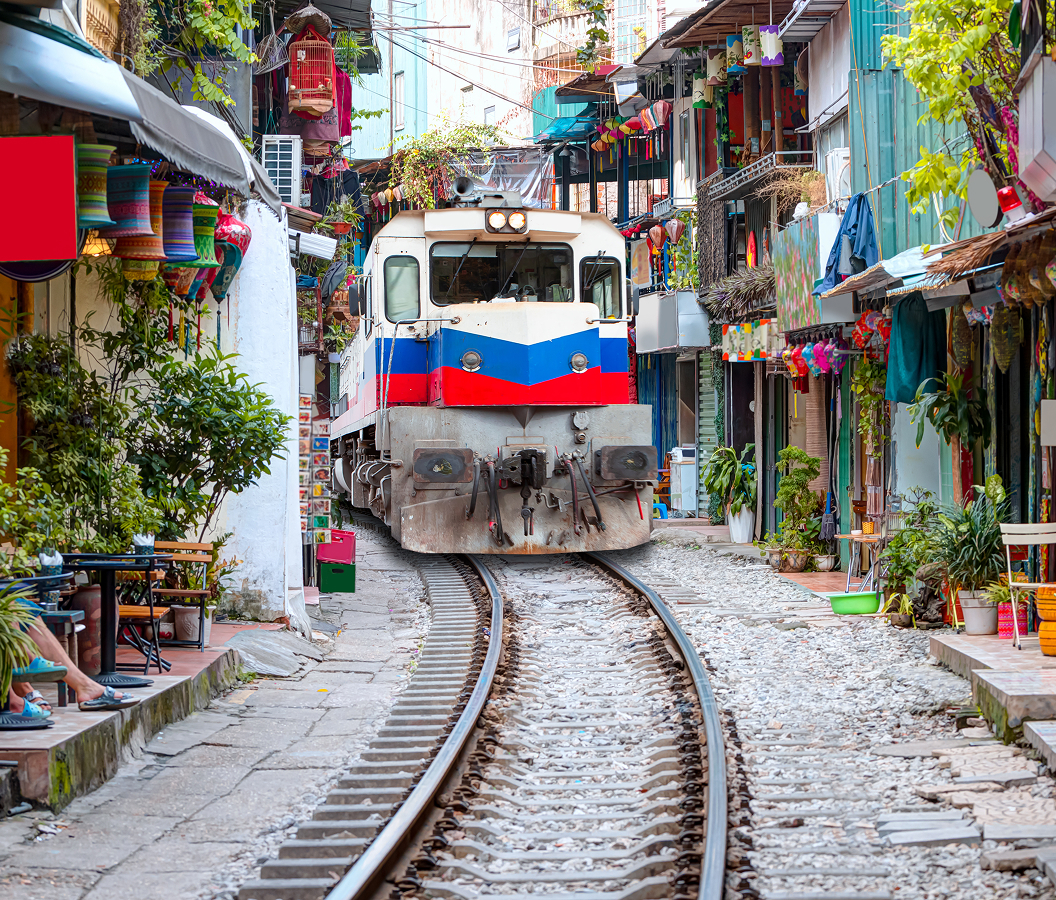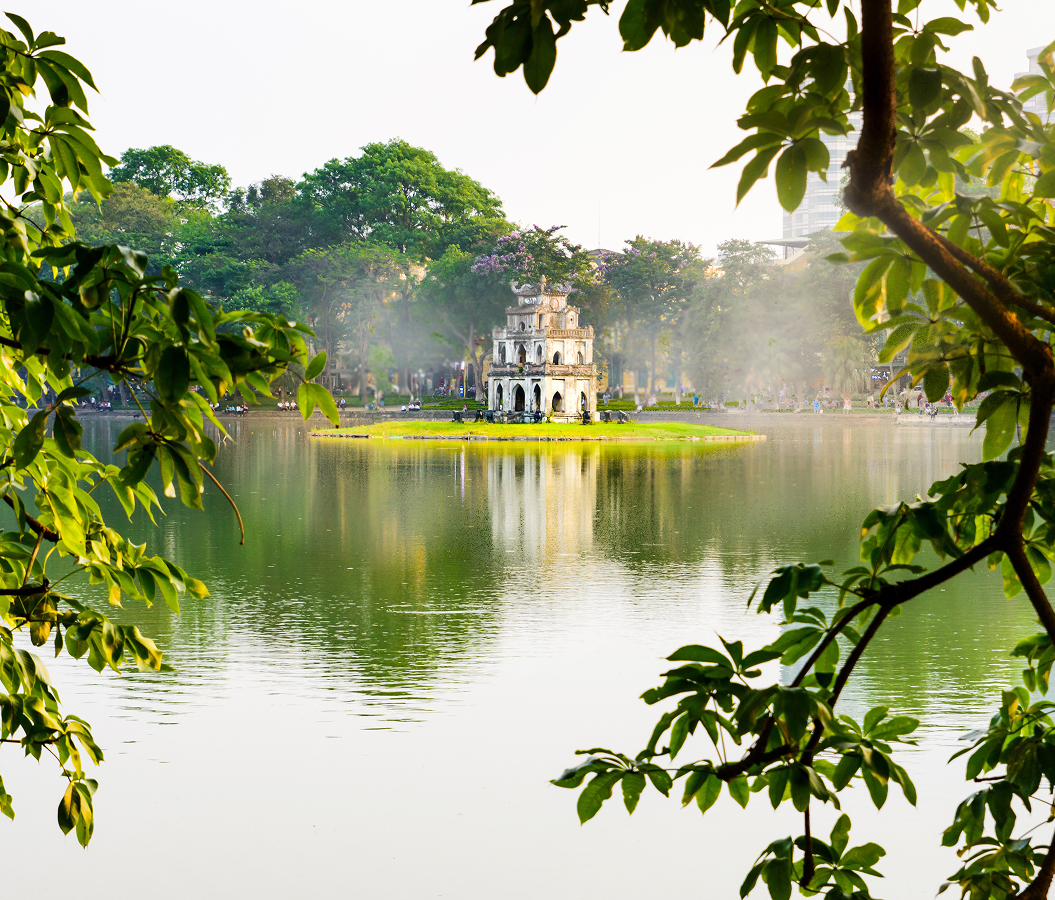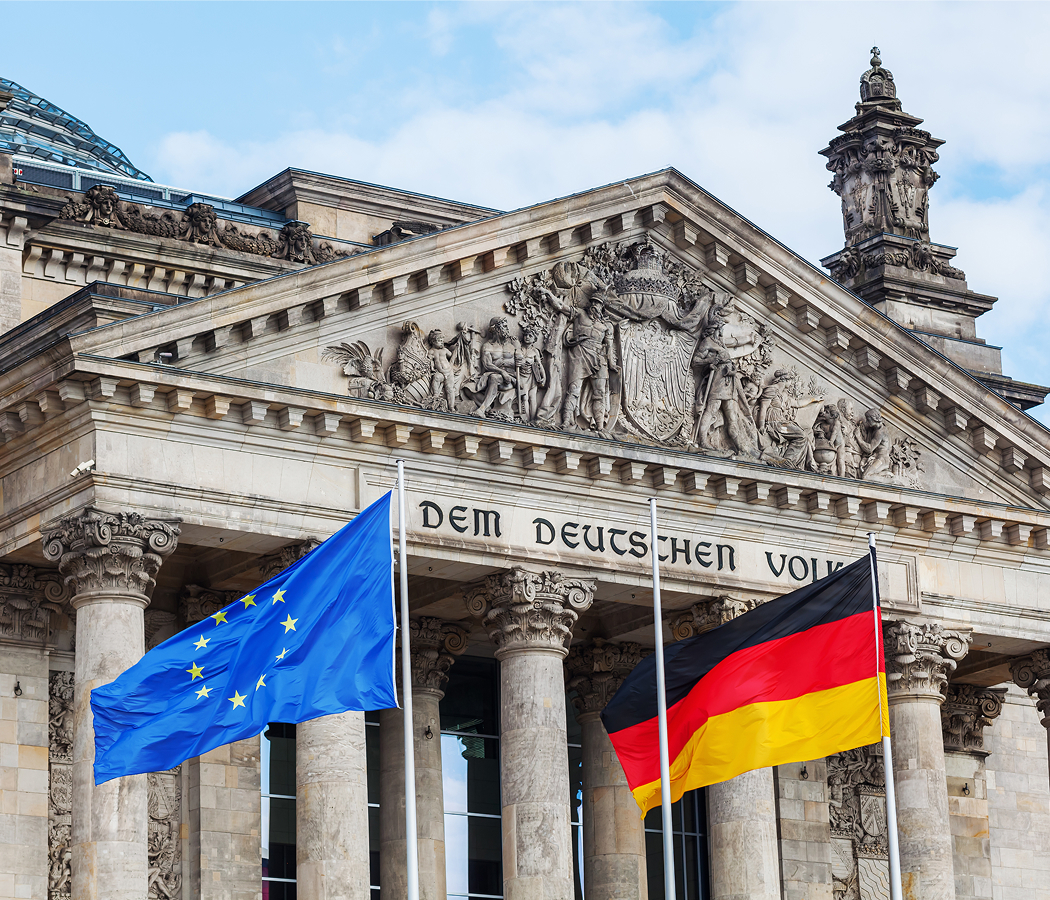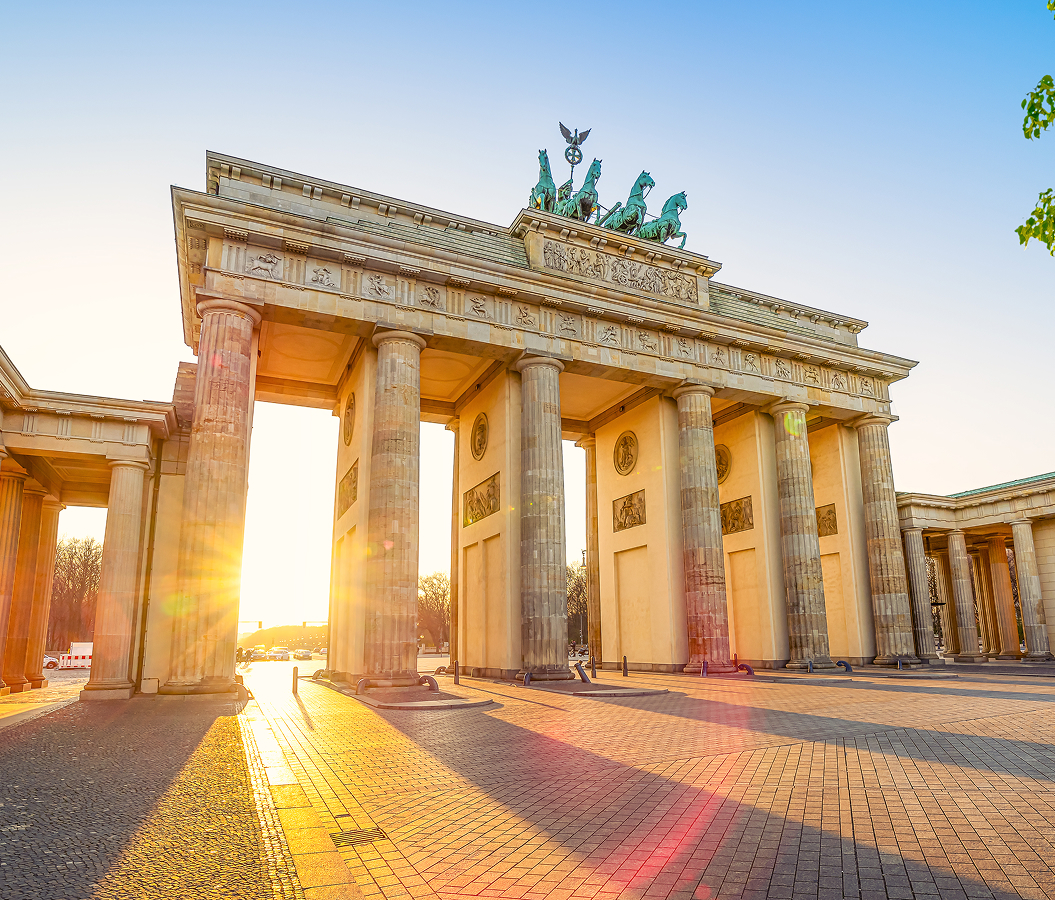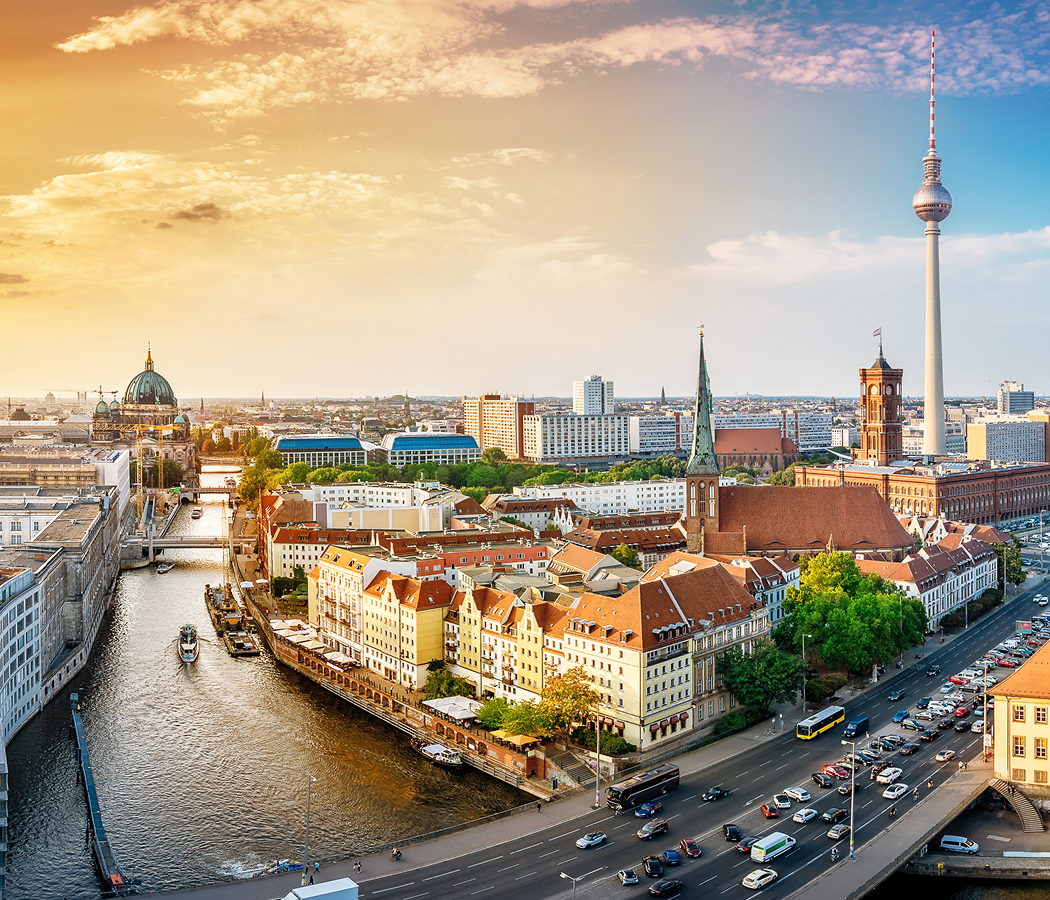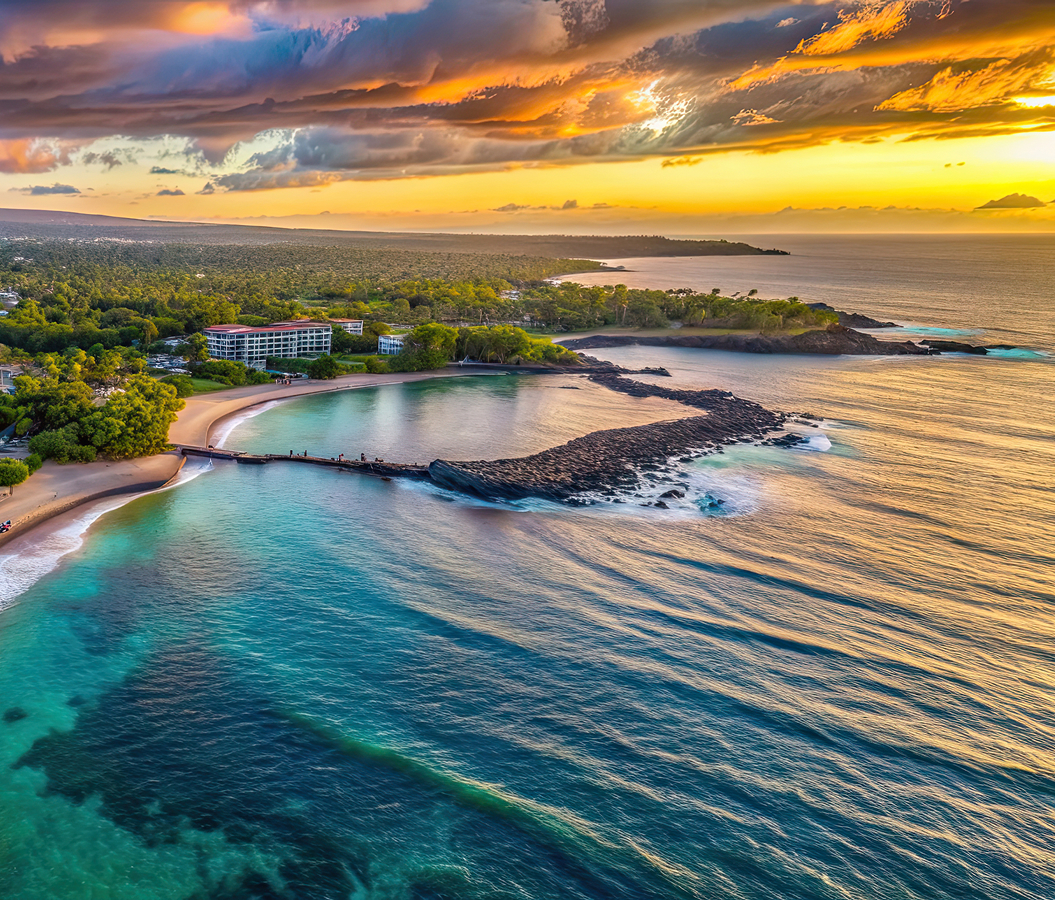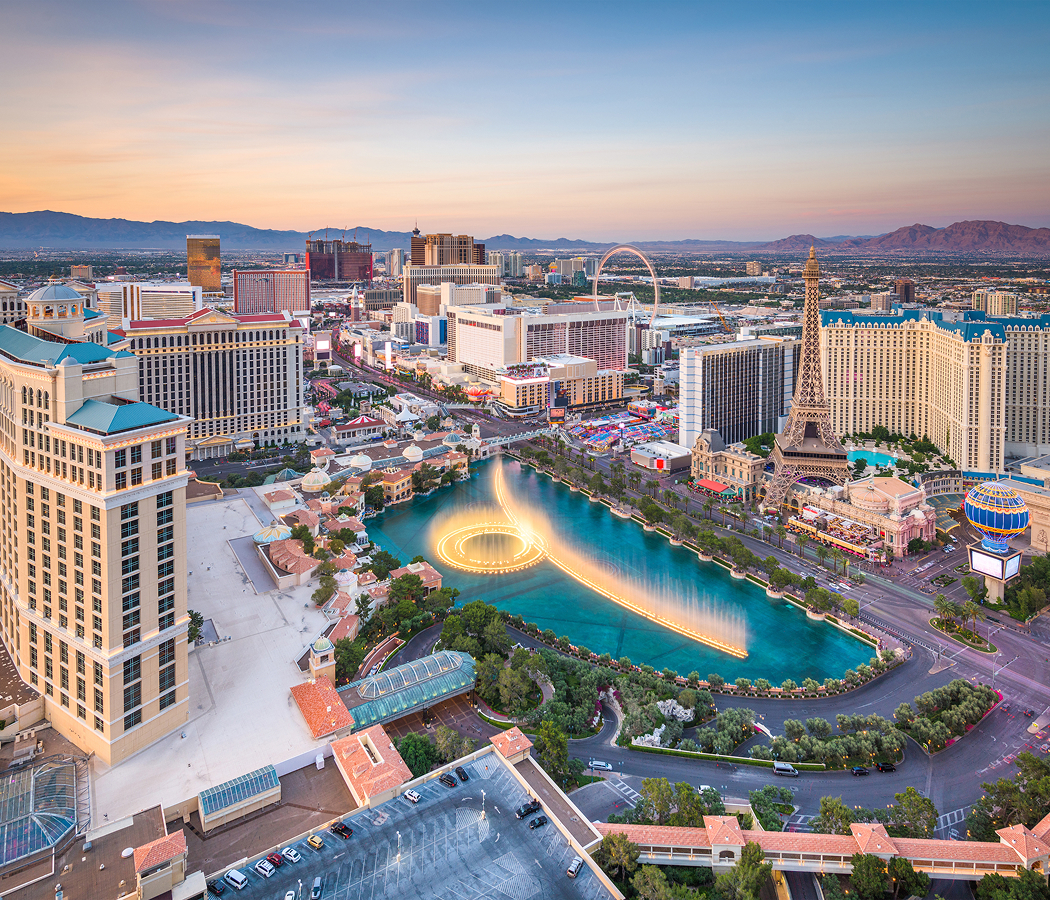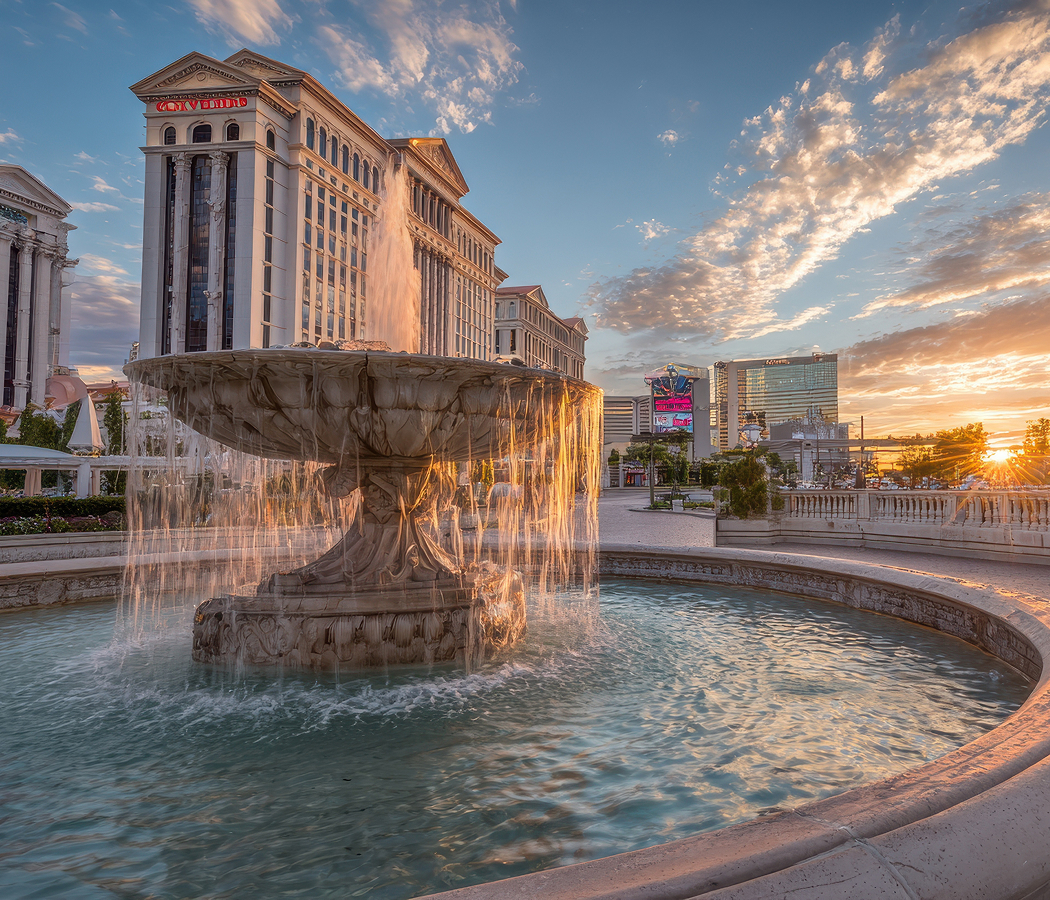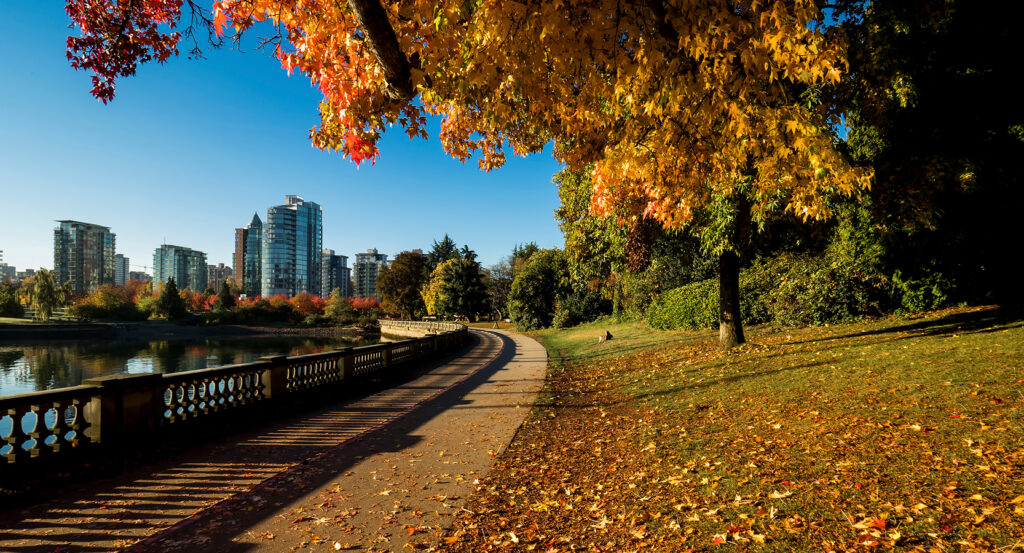
Why you should experience the Totem Poles at Brockton Point in Stanley Park of Vancouver.
The Totem Poles at Brockton Point are more than a landmark — they are the living heart of Vancouver’s story, carved in cedar, spirit, and memory.
Standing beneath their painted faces, you feel time collapse — the forest quiets, the sea breathes, and every symbol seems to hum with unseen energy. Towering above the seawall, these poles rise against the backdrop of mountains and harbor, each one a vertical tapestry of legend and lineage. They speak of clans, creatures, and ancestral journeys — thunderbirds, bears, orcas, and human figures intertwined in sacred balance. This site is the most visited cultural attraction in British Columbia, yet it doesn’t feel commercial; it feels ceremonial. To walk among these carvings is to encounter the soul of the Pacific Northwest — a dialogue between land, art, and ancestry that has endured for centuries.
What you didn’t know about the Totem Poles at Brockton Point.
The Totem Poles at Brockton Point form a gathering of nations, histories, and artistic revival that tells as much about resilience as it does beauty.
The first poles were brought to Stanley Park in 1920, relocated from villages across Haida Gwaii, Alert Bay, and Rivers Inlet to preserve them as colonial expansion threatened their survival. What began as a small display evolved into a cultural cornerstone. Over time, many original poles were returned to their home communities or transferred to museums for protection, and contemporary Indigenous artists from across British Columbia carved new works to take their place. Today, nine poles stand at the site, each representing the distinct traditions of First Nations along the Pacific Northwest Coast, including the Haida, Kwakwaka’wakw, Nisga’a, and Squamish peoples. Notably, the pole by Doug Cranmer (Kwakwaka’wakw) features a striking sea monster motif, while Tony Hunt Sr. (Kwakwaka’wakw) created a pole rich with familial symbols of transformation and power. The most recent addition, raised in 2009 by Robert Yelton (Squamish Nation), honors his late mother, a respected matriarch who once lived in the nearby village of X̱wáýx̱way — land that predates Stanley Park itself. The arrangement of the poles follows the natural curvature of Brockton Point, designed intentionally to face the rising sun over Burrard Inlet, connecting art with ceremony. The site’s interpretive panels explain how totem poles are not idols but heraldic narratives, each figure part of a larger story about ancestry, identity, and cosmology. For the Indigenous communities represented here, these poles are acts of continuity — reminders that their voices, though tested, never disappeared.
How to fold the Totem Poles at Brockton Point into your trip.
Visiting the Totem Poles at Brockton Point is best experienced as both reflection and pilgrimage — an unhurried walk through history that connects you to the cultural soul of the coast.
Begin your visit at the Brockton Point Seawall entrance, following the curve of the path until the poles emerge between the trees and ocean. Arrive in the early morning if you want solitude, when the mist still hangs low over the harbor and the colors of the poles appear more vivid against the soft light. Walk slowly through the site; spend 20–30 minutes studying each carving up close — the eyes, the wings, the way the grain of cedar shapes the expression. Each pole carries a unique texture, where weathering becomes part of its story. Take time to read the placards, but also step back periodically to view the entire lineup together — it’s here that their collective power becomes evident, the arrangement forming a dialogue between the forest and the sea. Continue along the Seawall Trail to the Nine O’Clock Gun, a short walk west, or sit on a bench nearby to absorb the view of the North Shore Mountains across Burrard Inlet. If you’re exploring Stanley Park by bike, this stop is a natural midpoint between Coal Harbour and Lions Gate Bridge, but don’t rush it — this is sacred ground, and reverence suits the pace. Before leaving, pause once more at Robert Yelton’s pole — its message is one of renewal, a reminder that this art form, like the cultures that birthed it, remains vibrantly alive. When you step back onto the path, you carry a small piece of that endurance with you — the understanding that in Vancouver, the land still speaks, and the poles at Brockton Point are its voice made visible.
Hear it from the Foresyte community.
“I came here planning to do the full loop, but let’s be real – I ended up on a bench with fries watching boats drift by. No shame in that.”
Where meaningful travel begins.
Start your journey with Foresyte, where the planning is part of the magic.
Discover the experiences that matter most.

